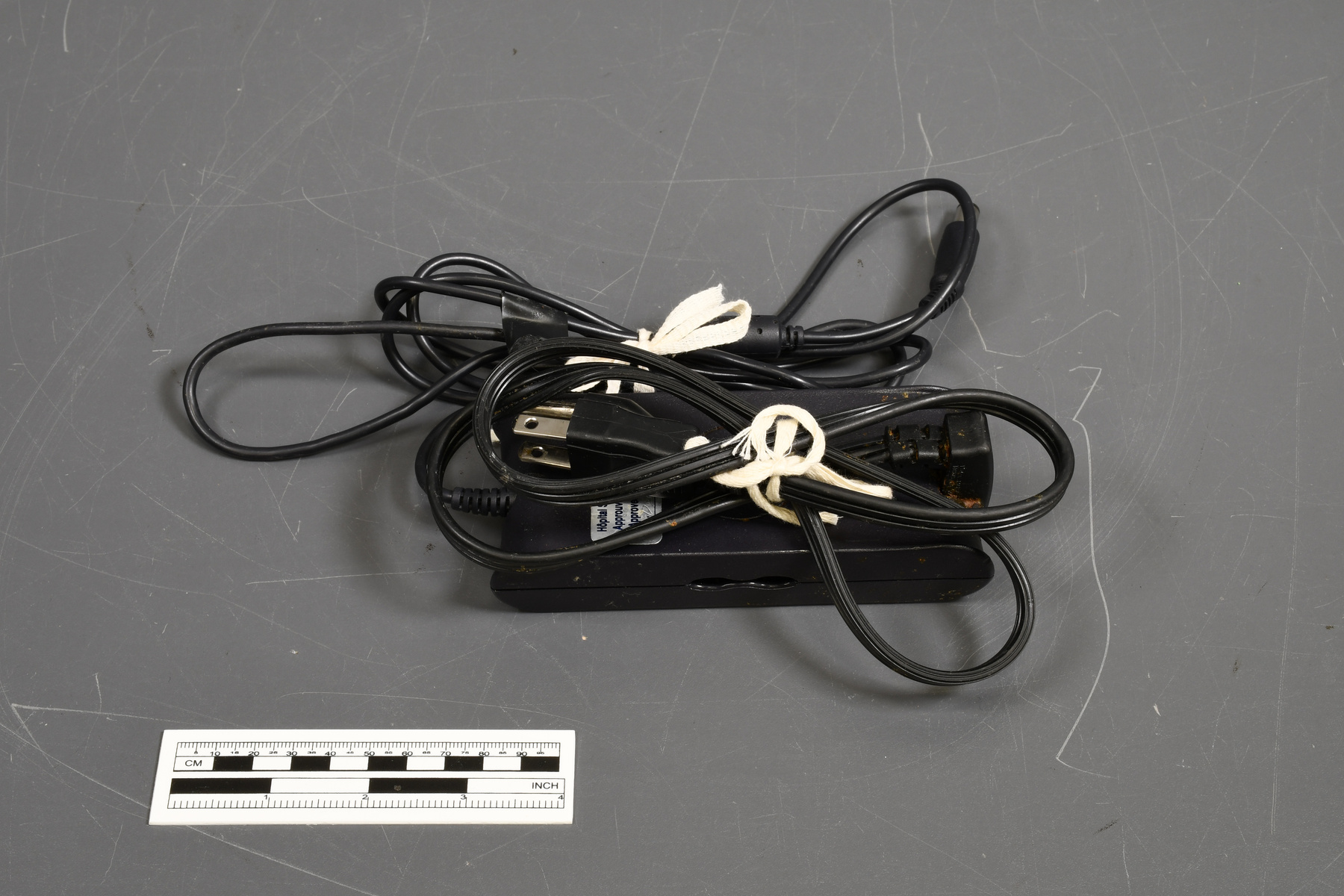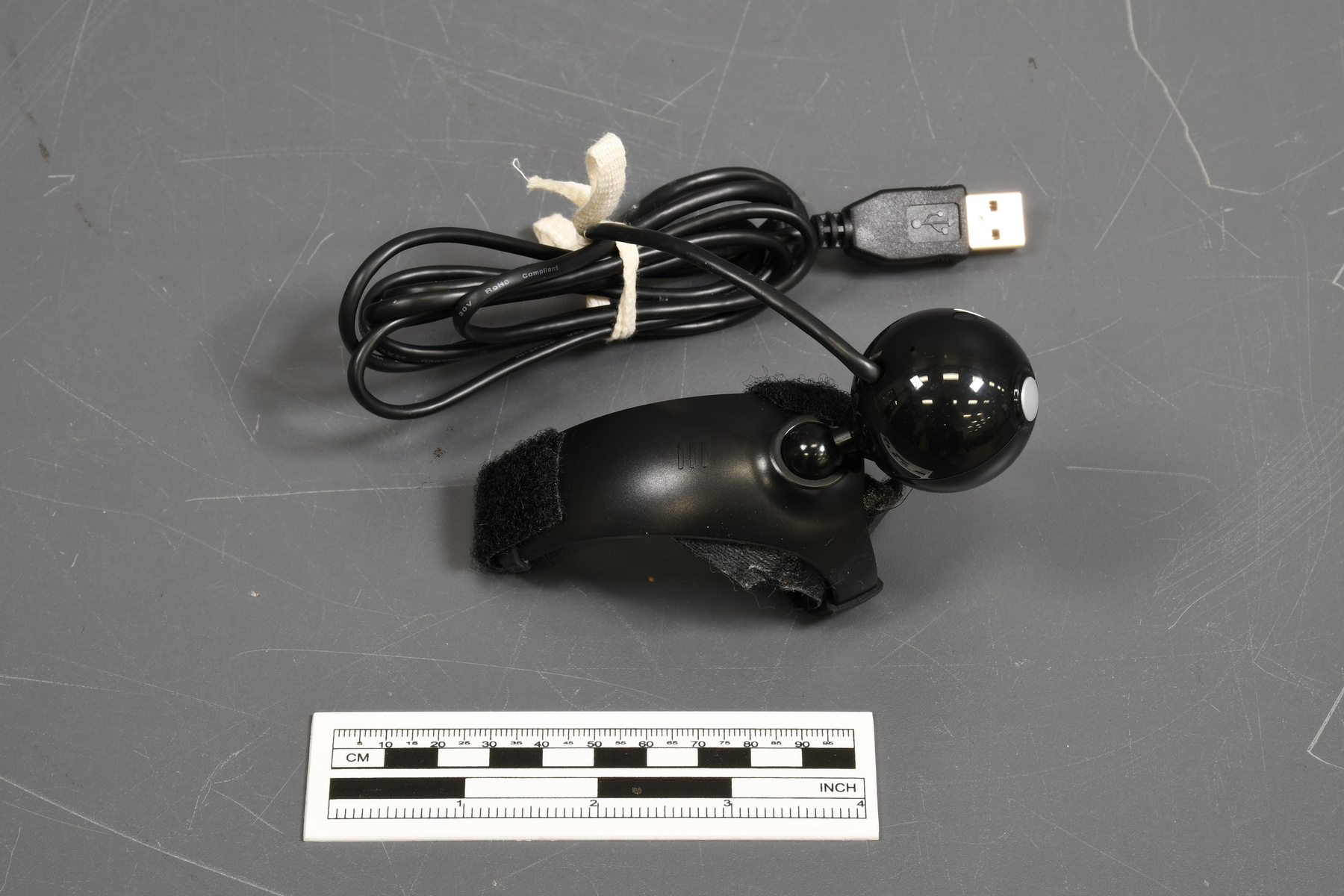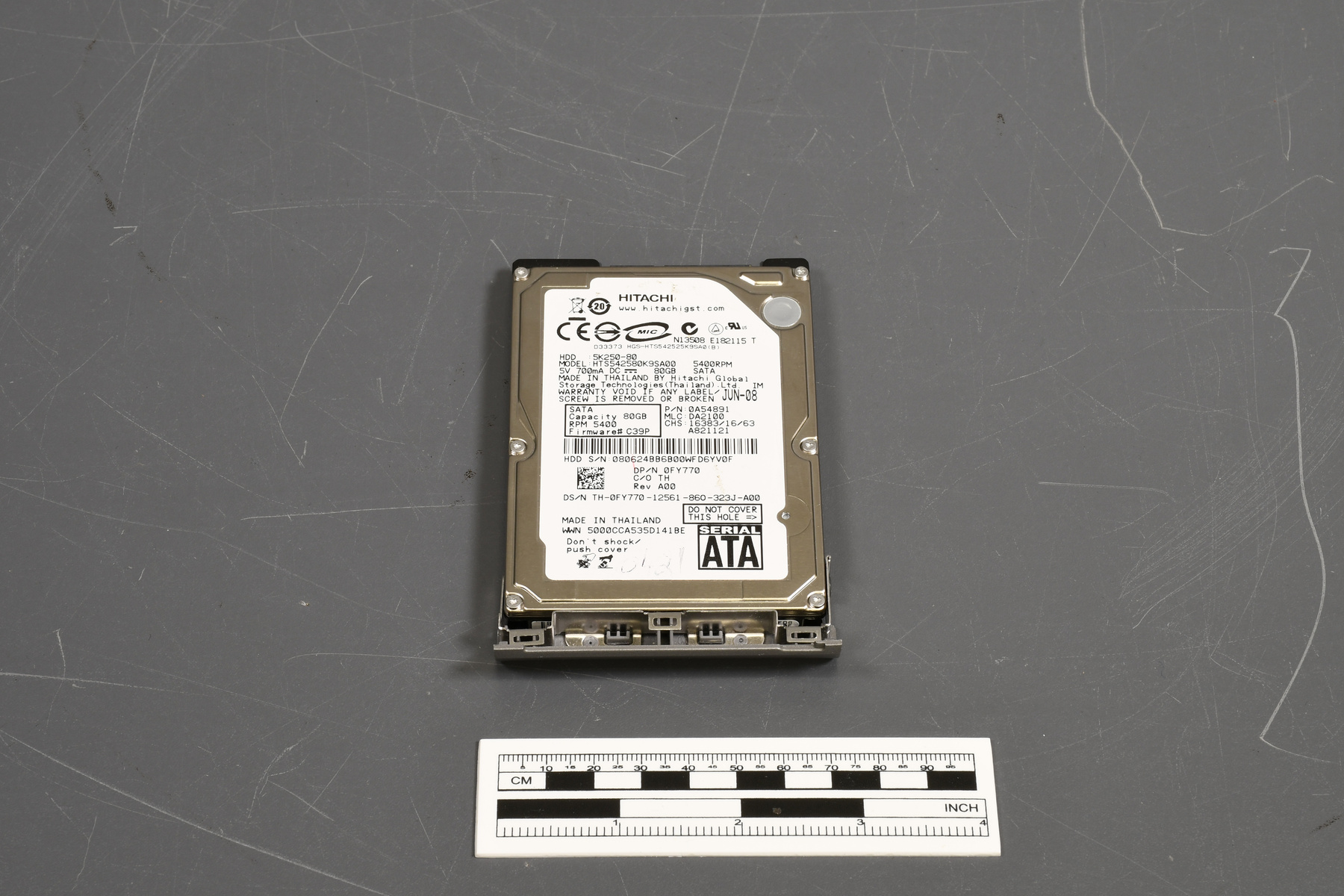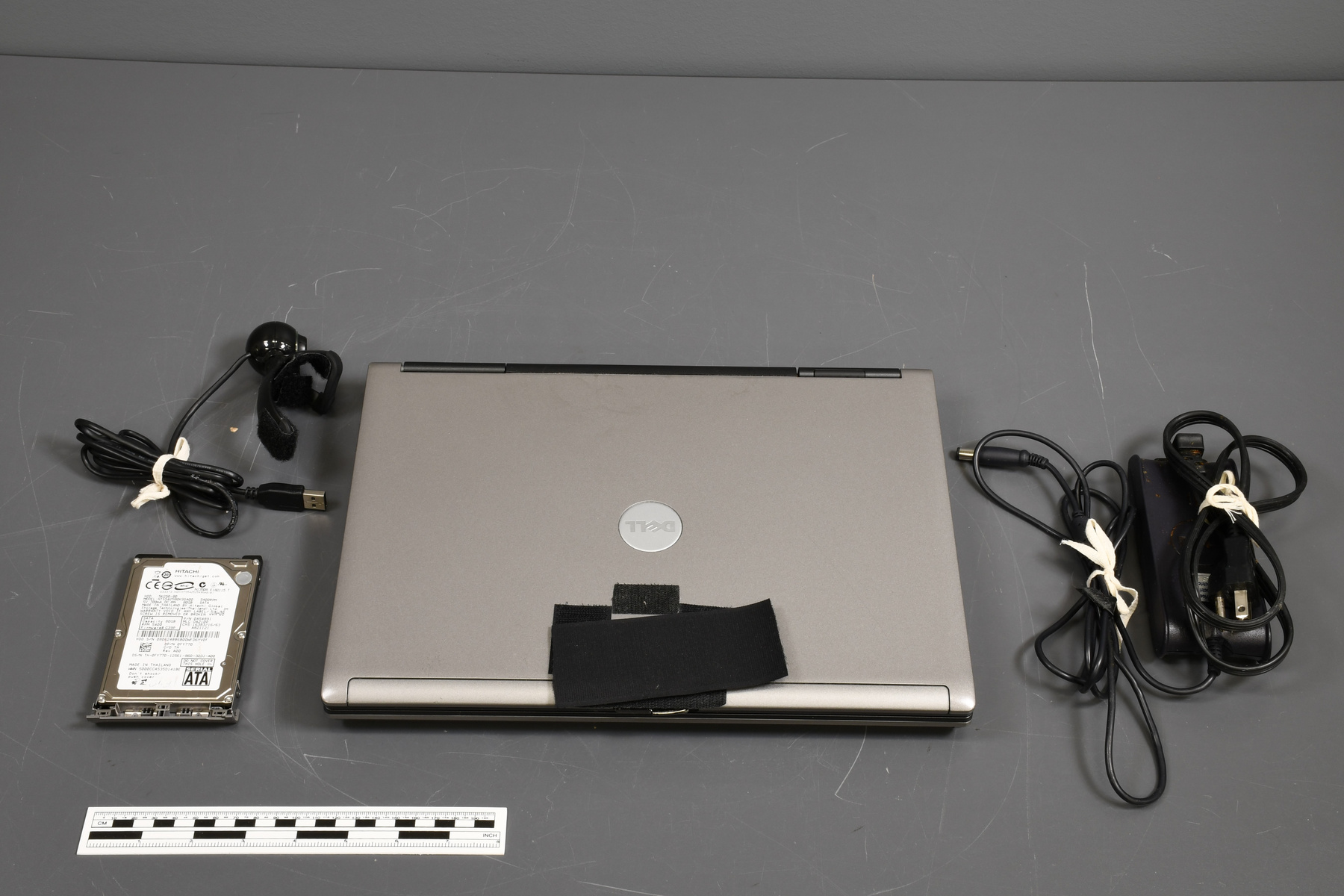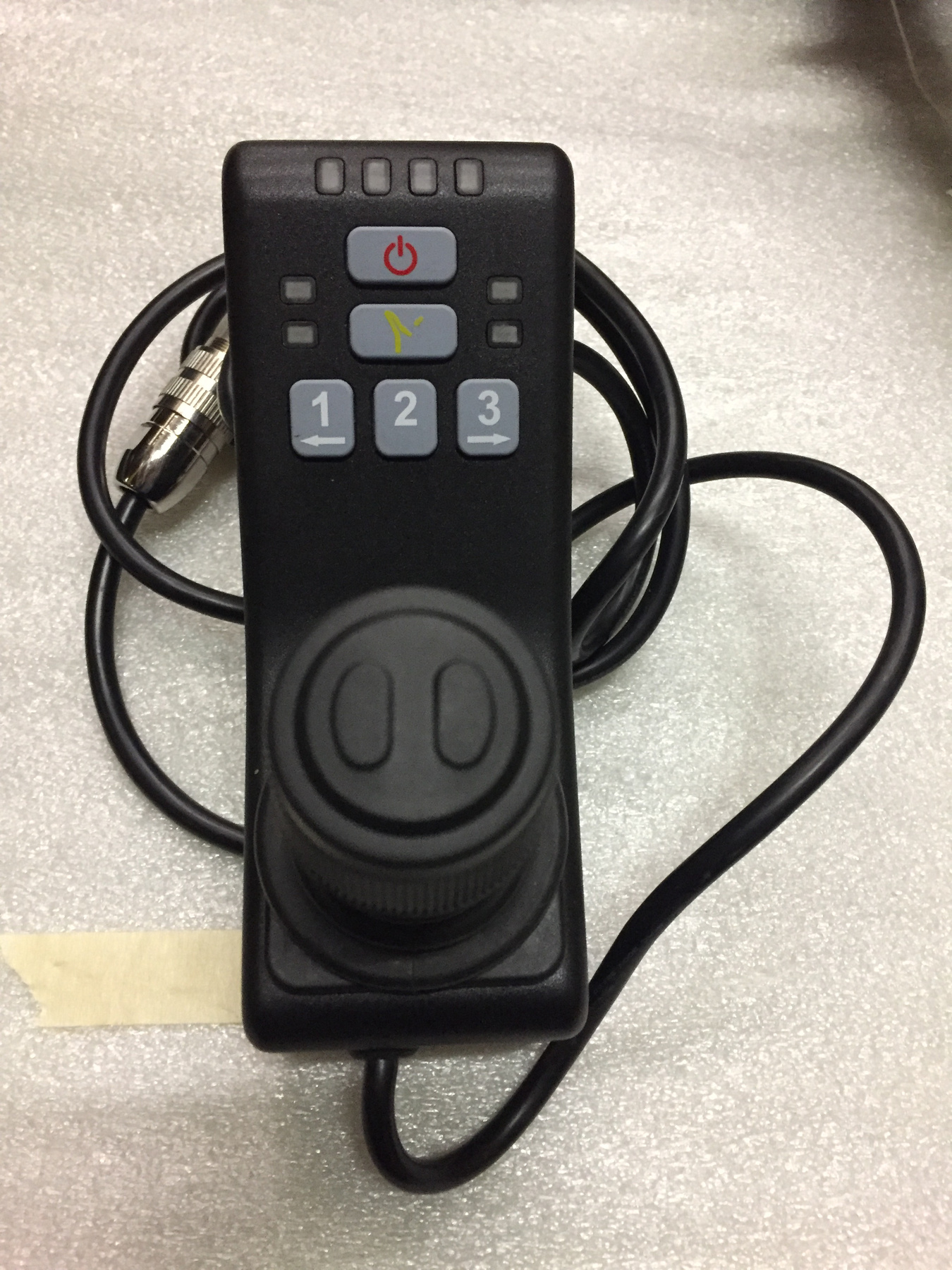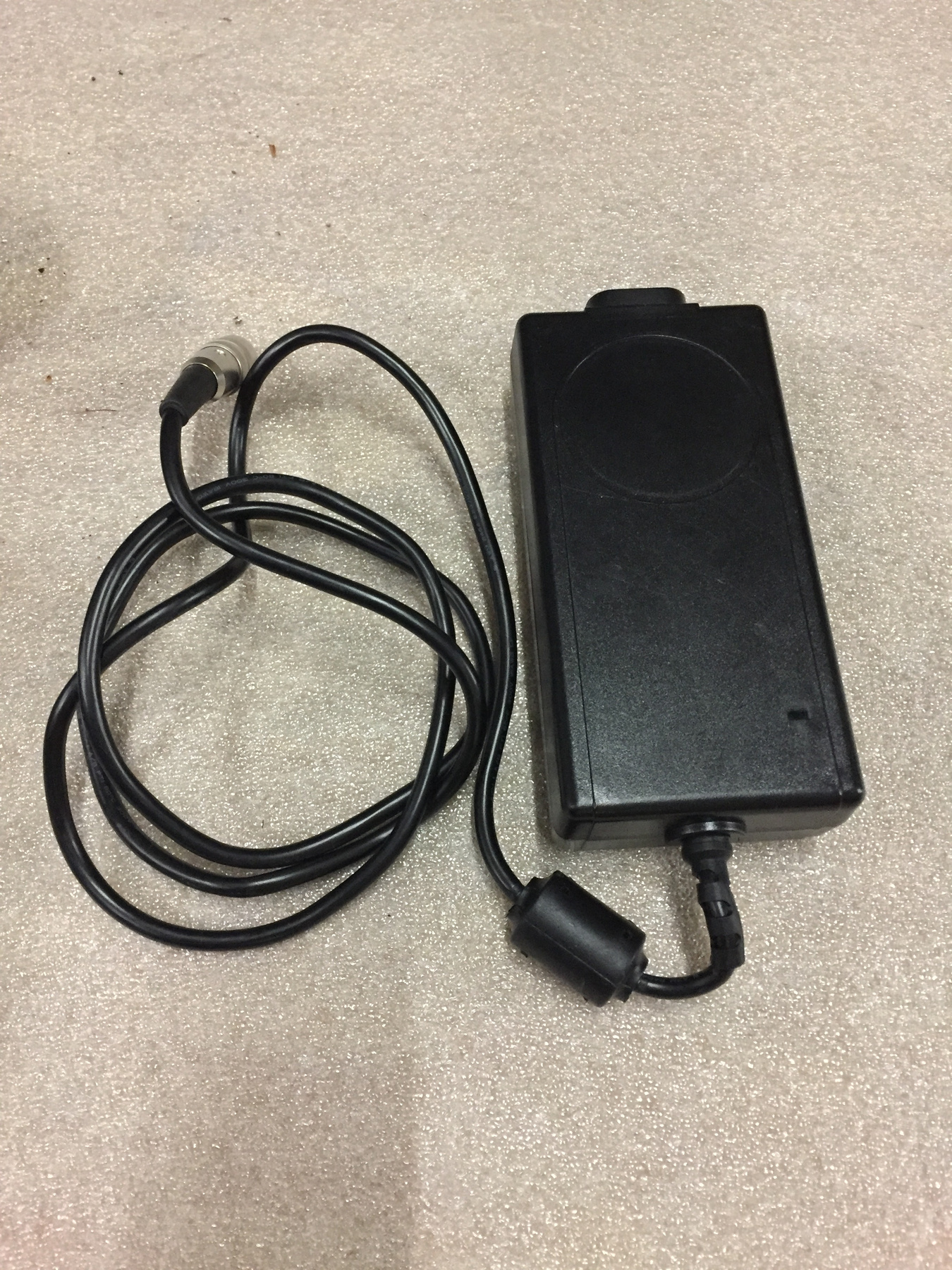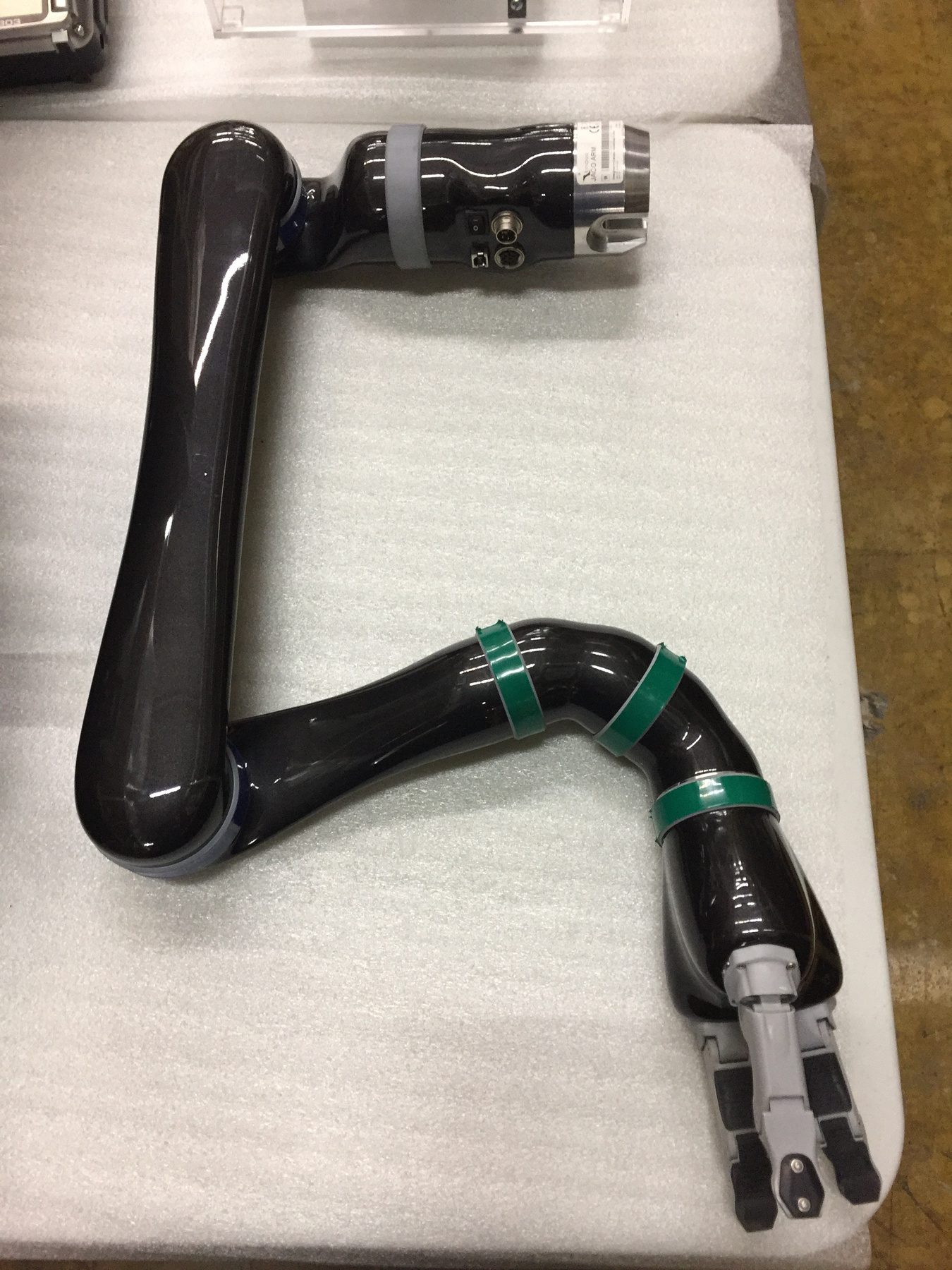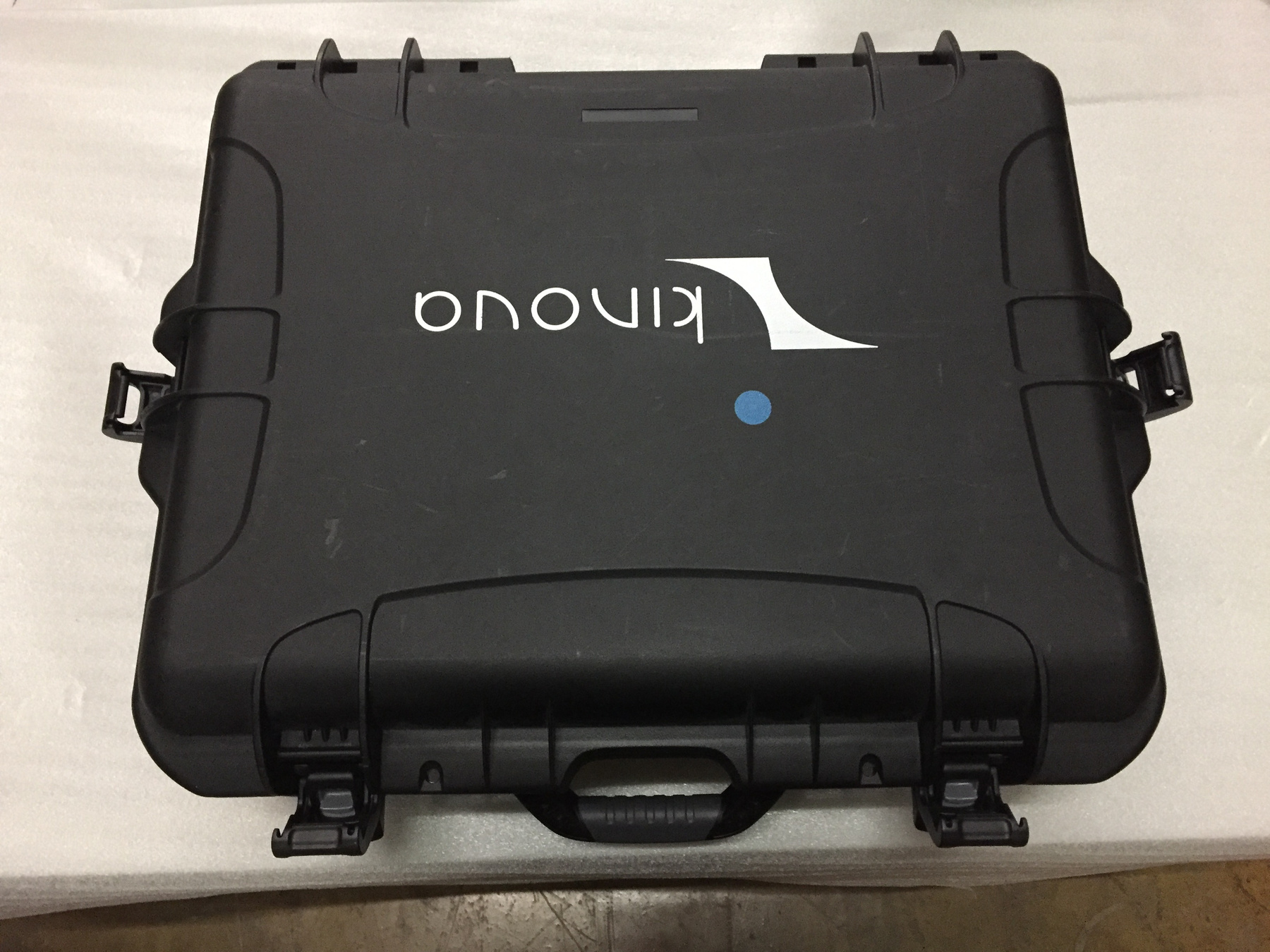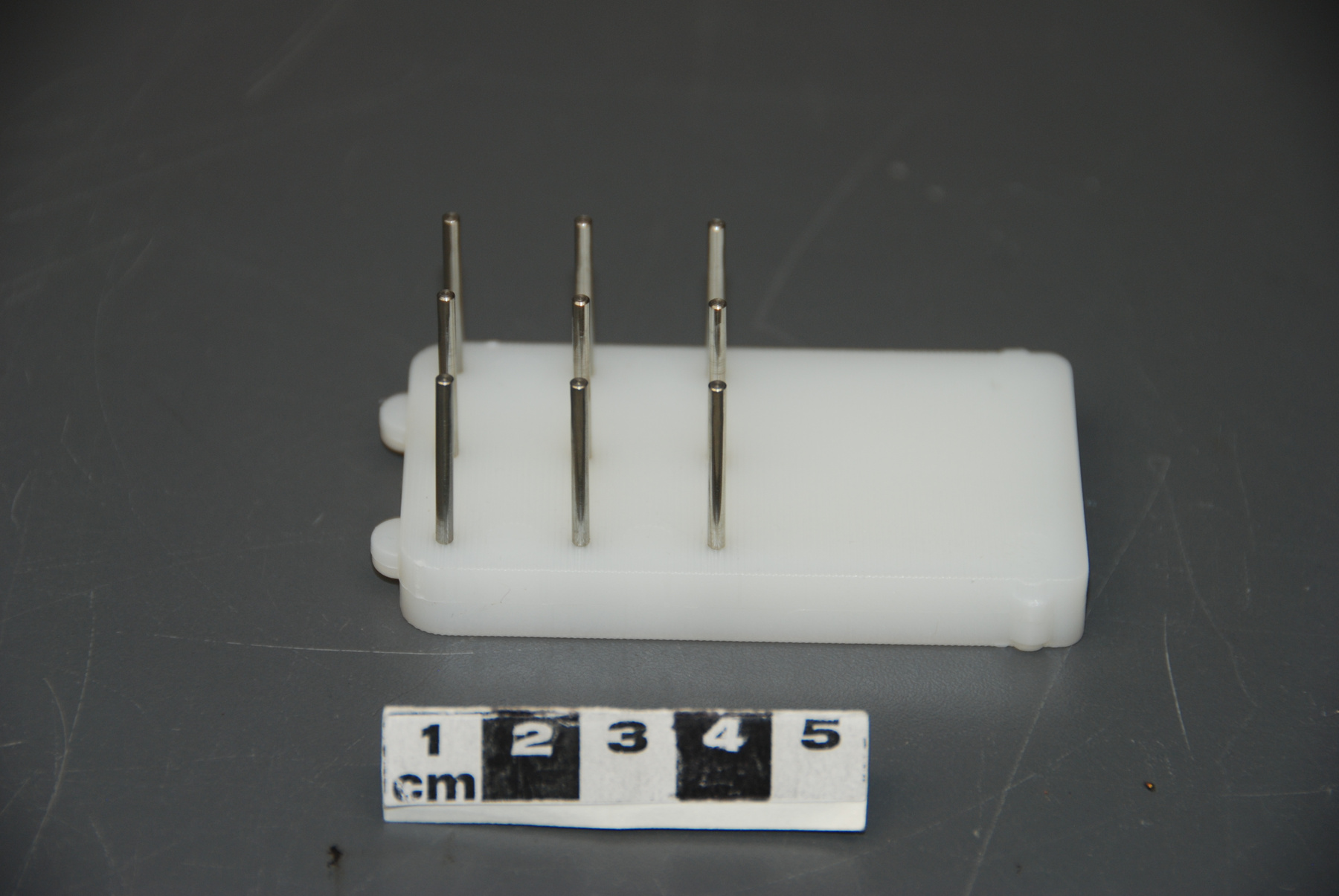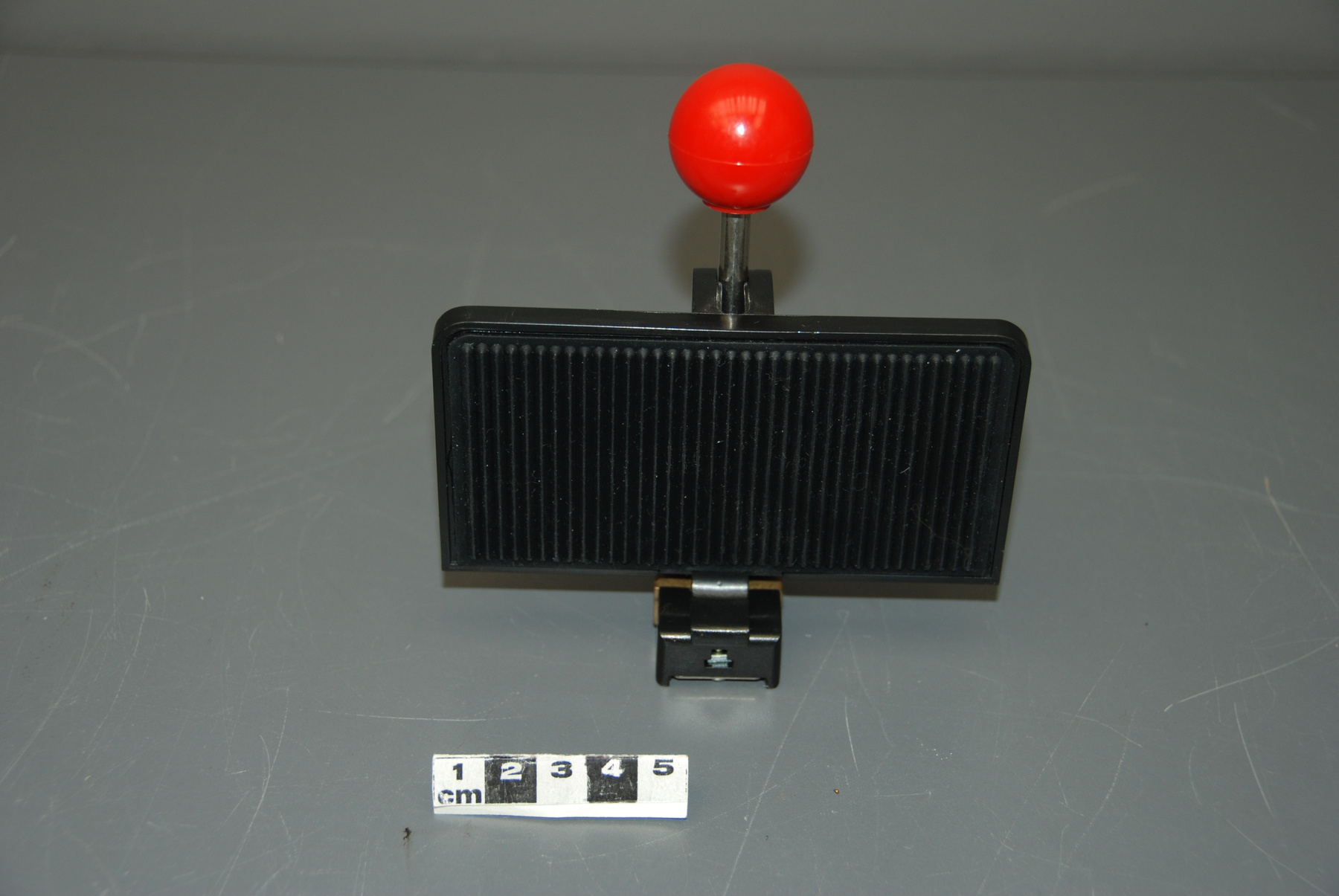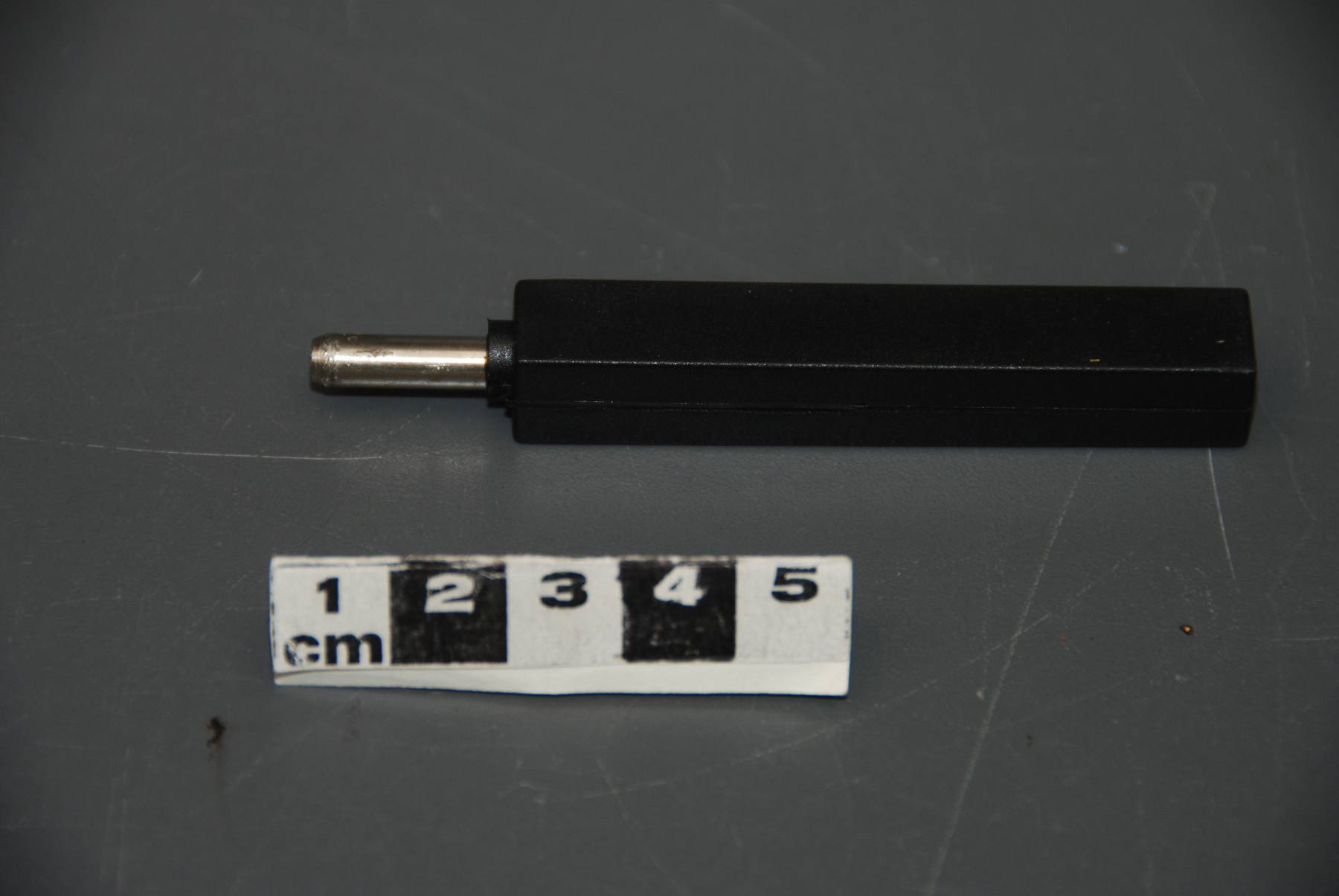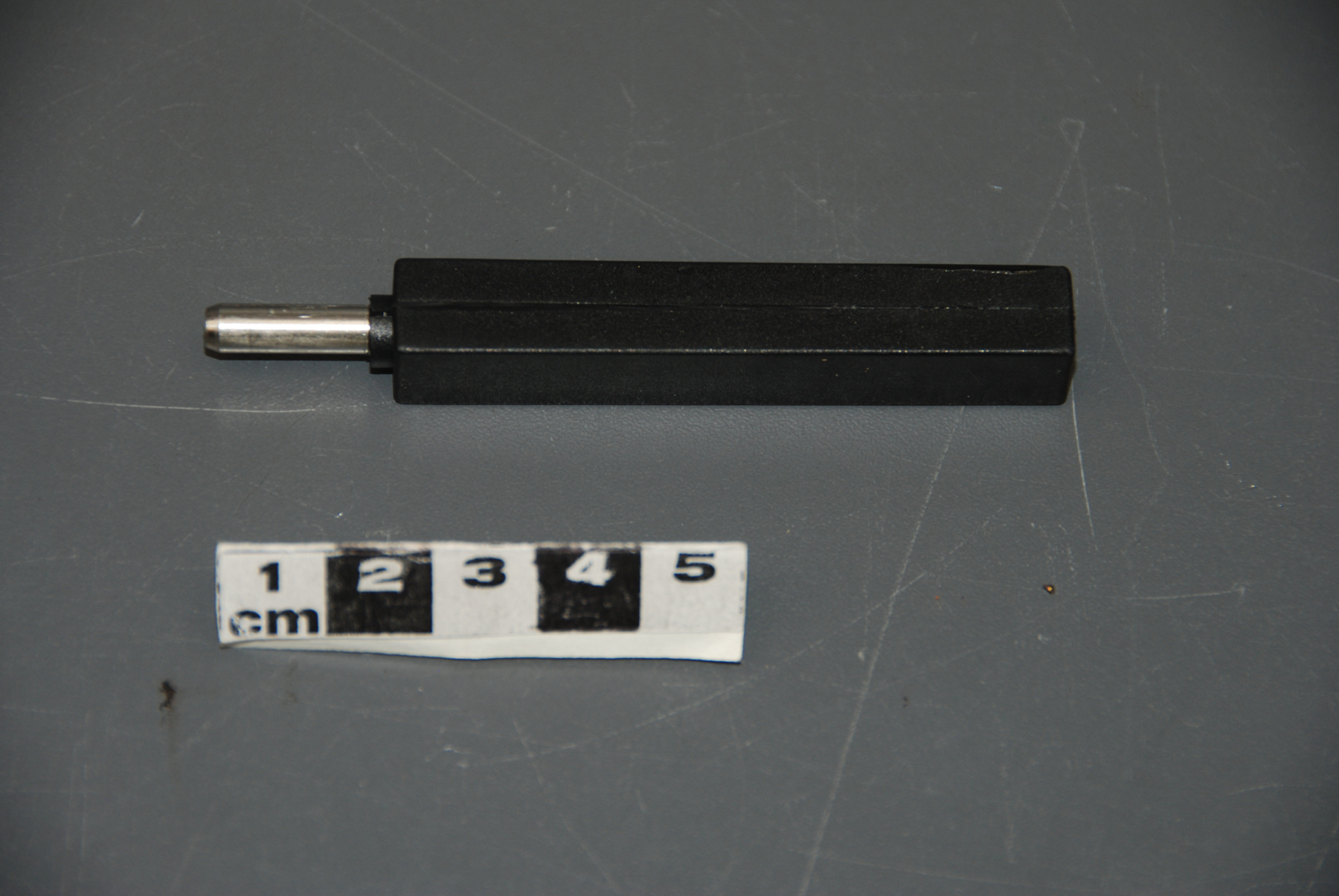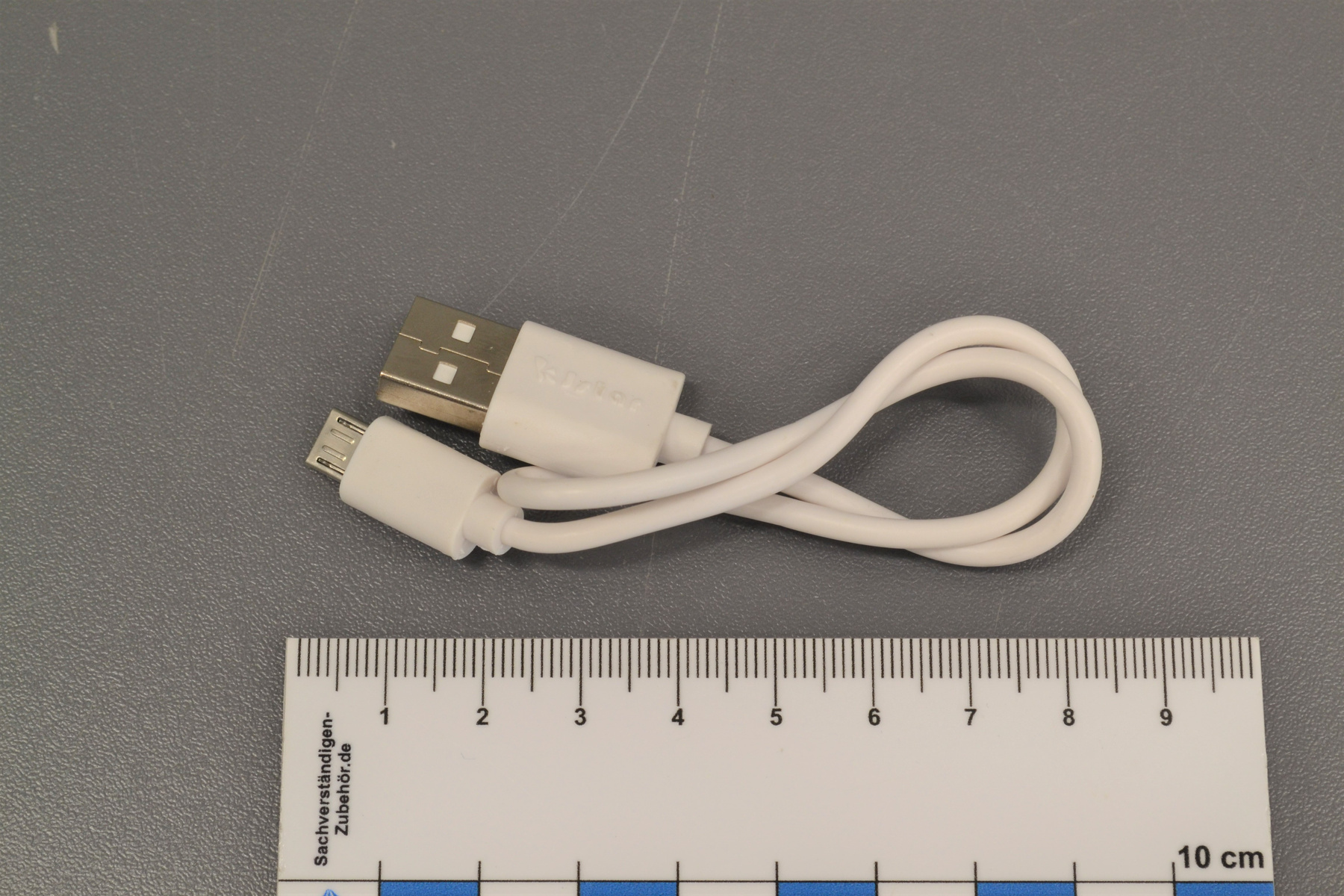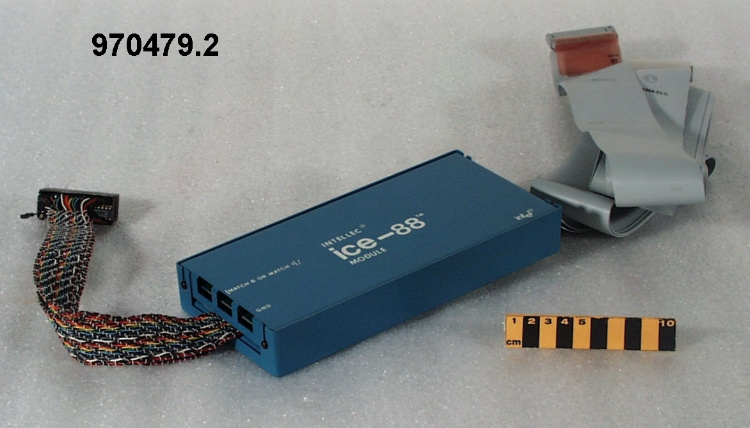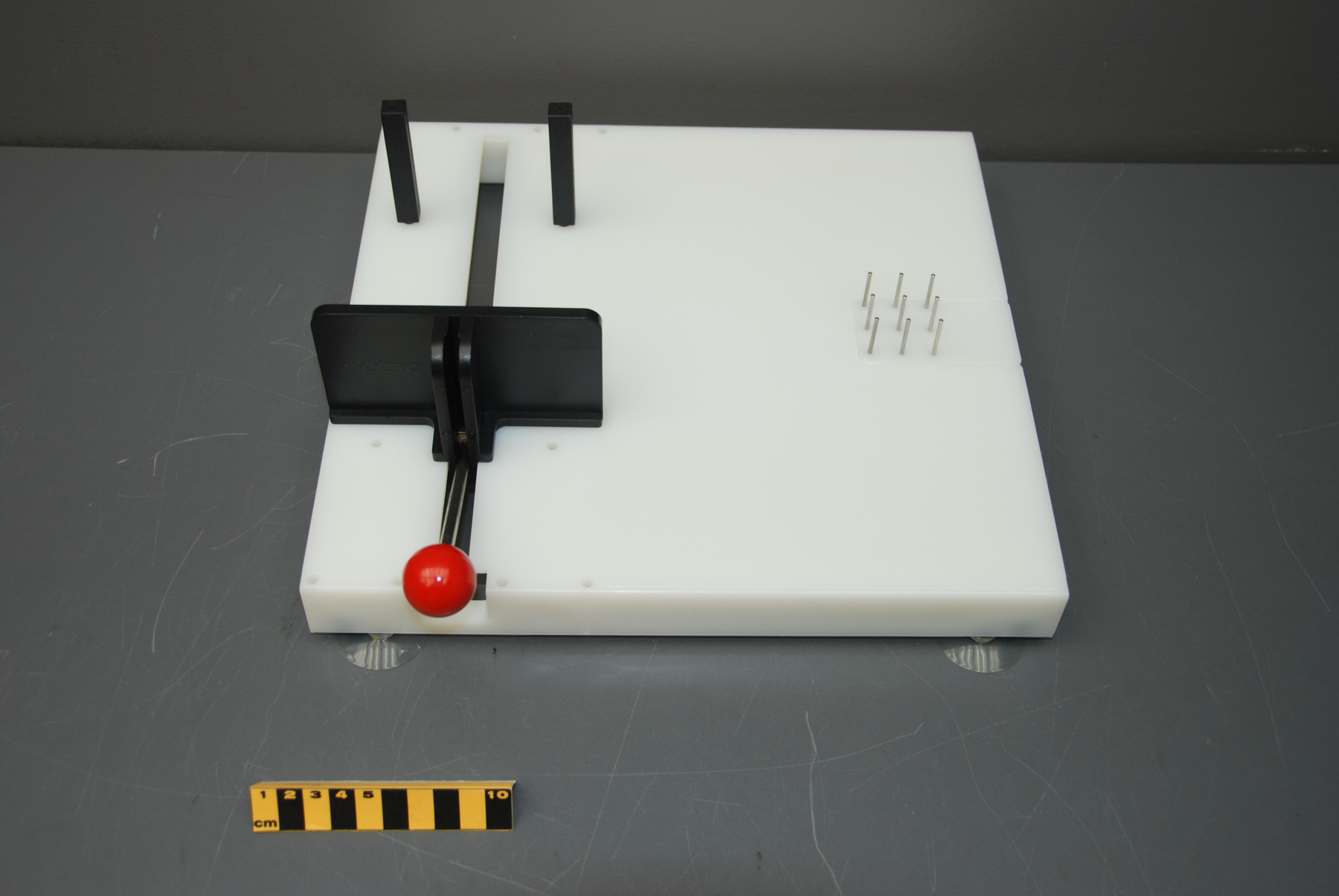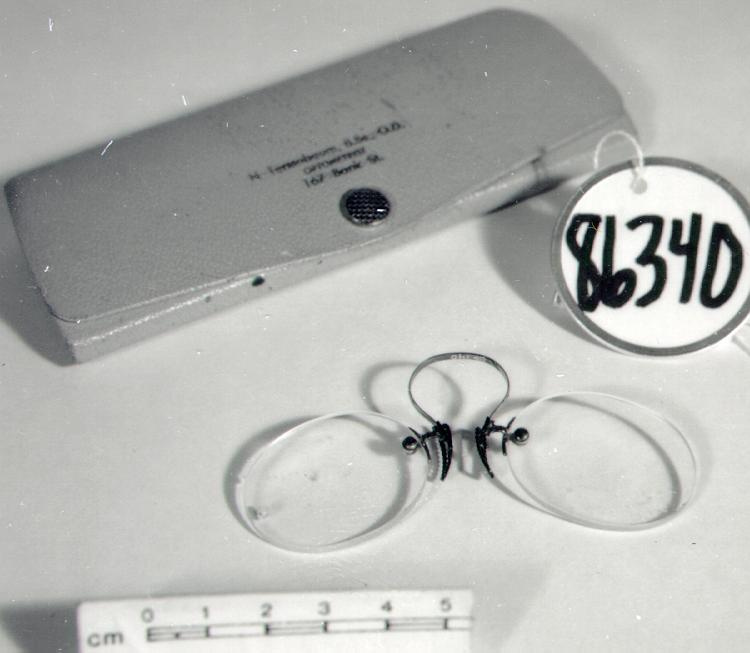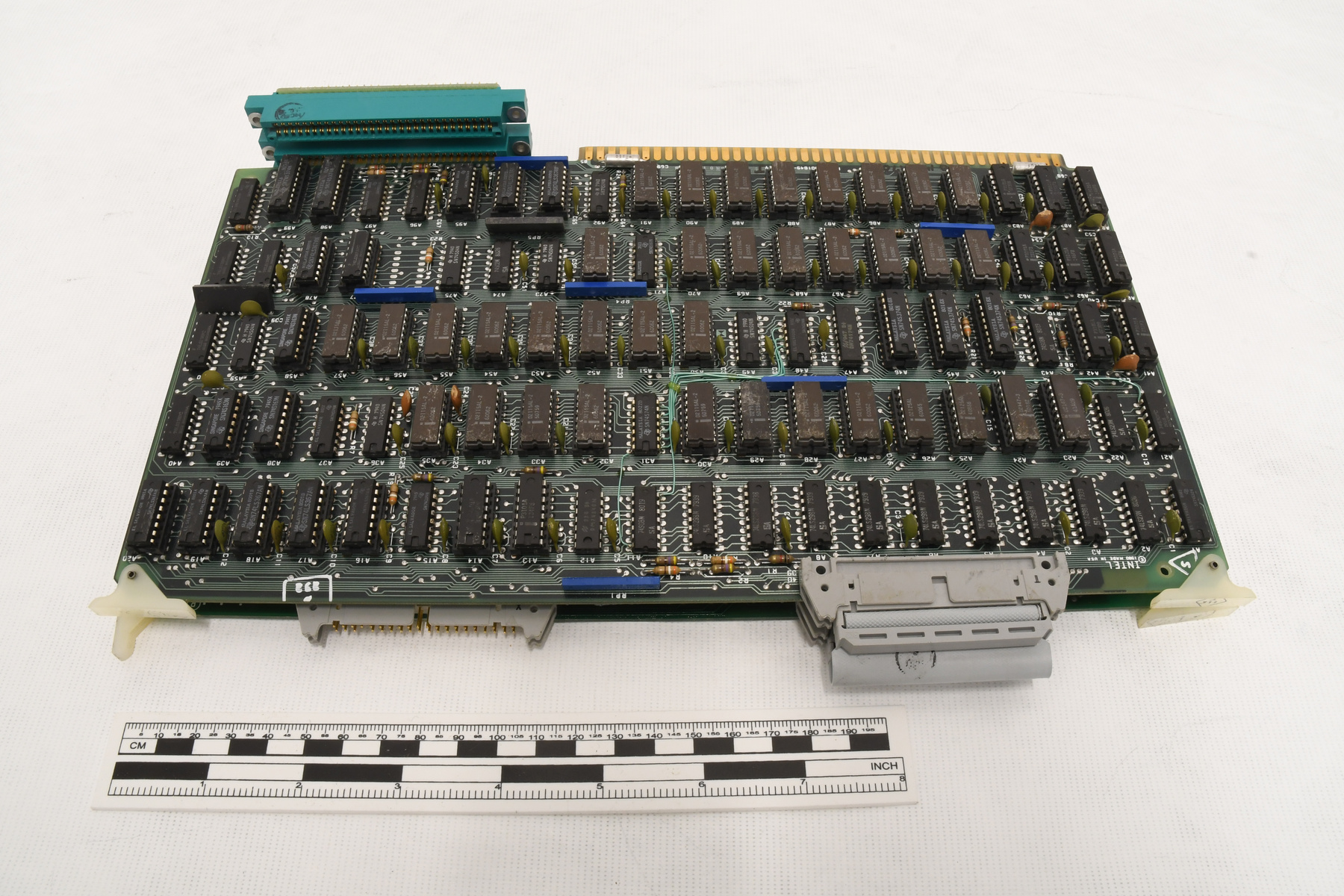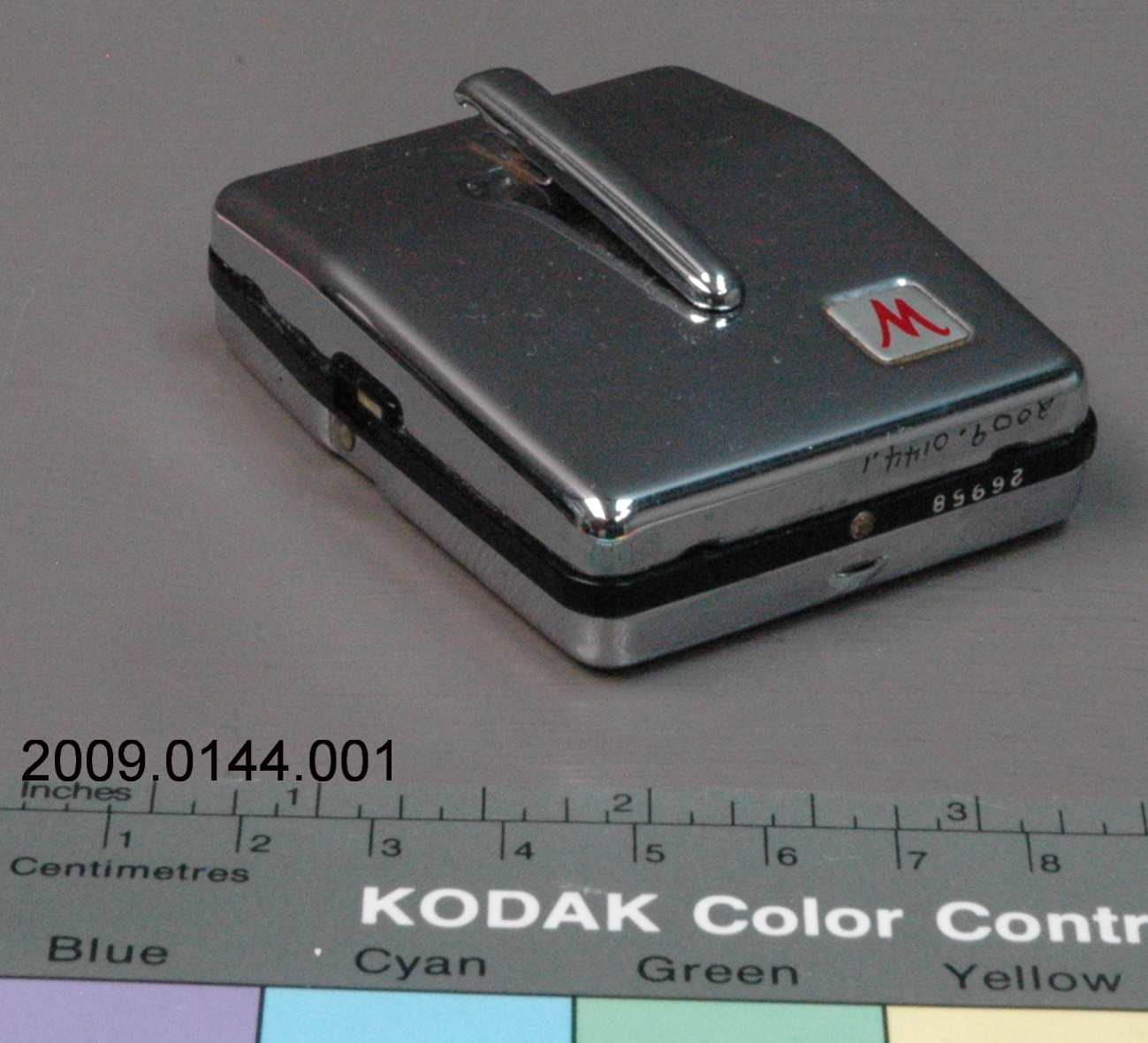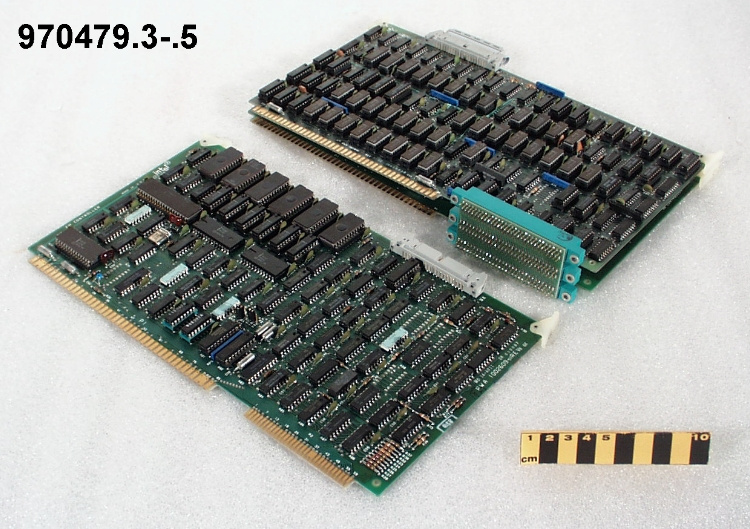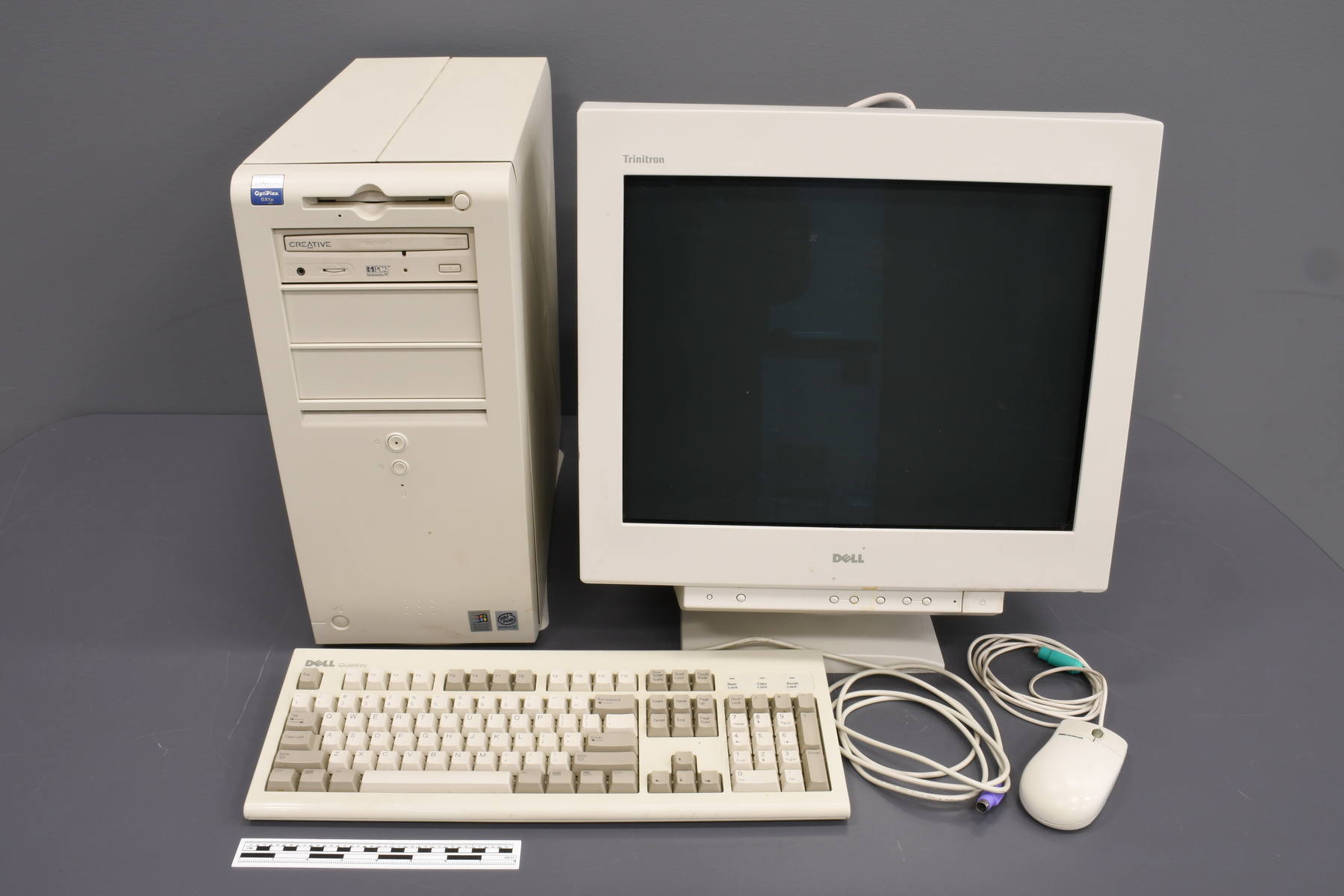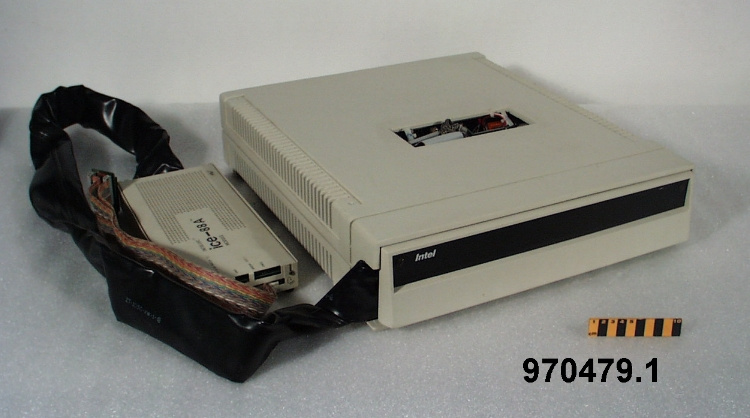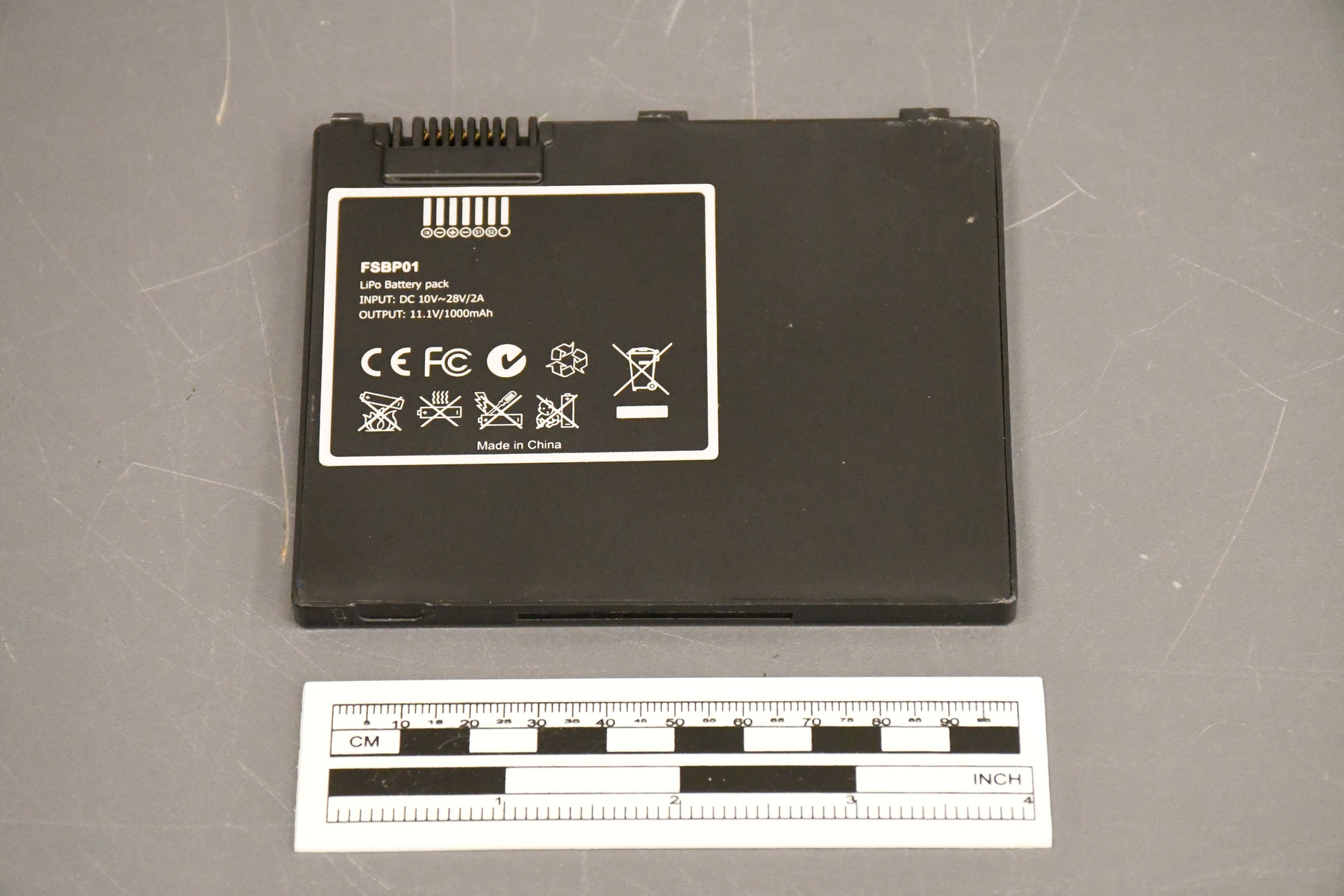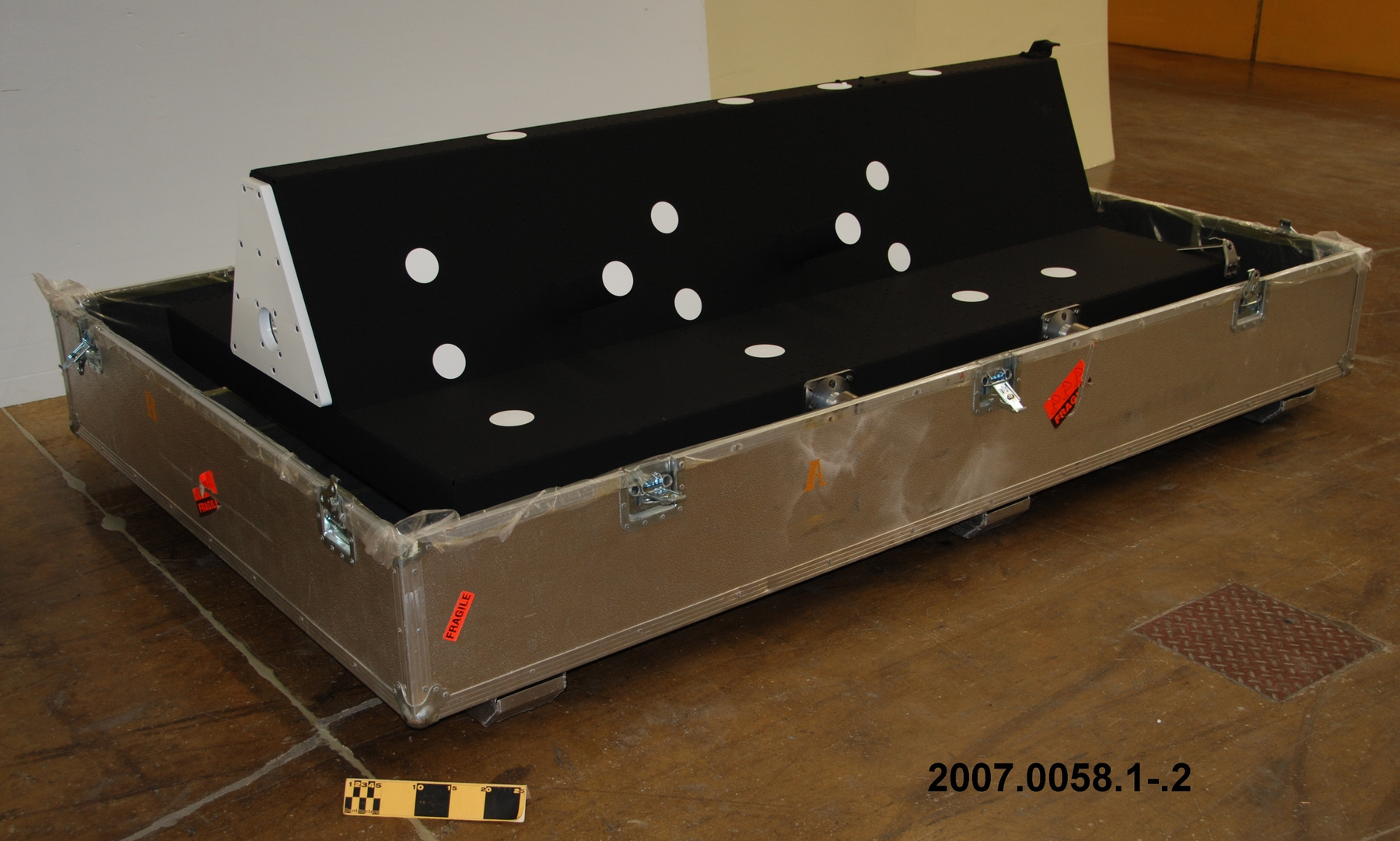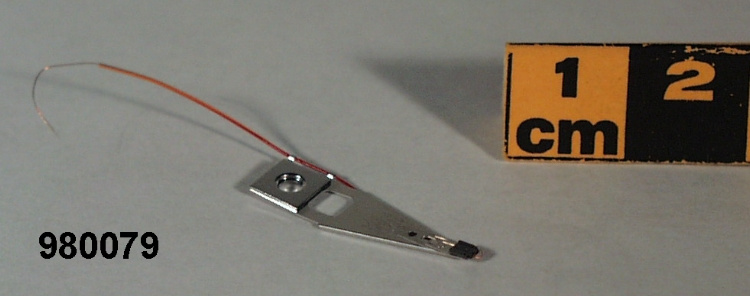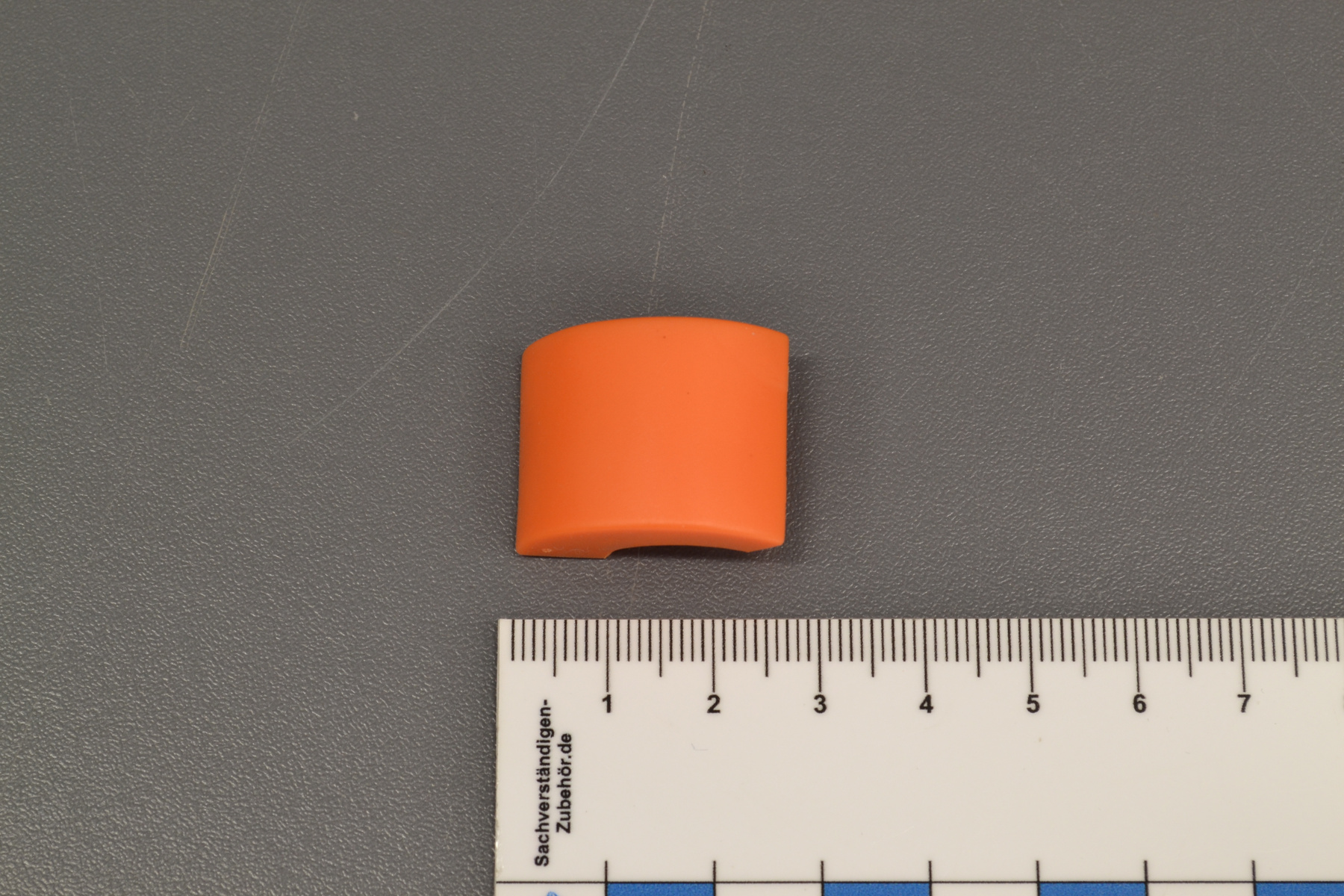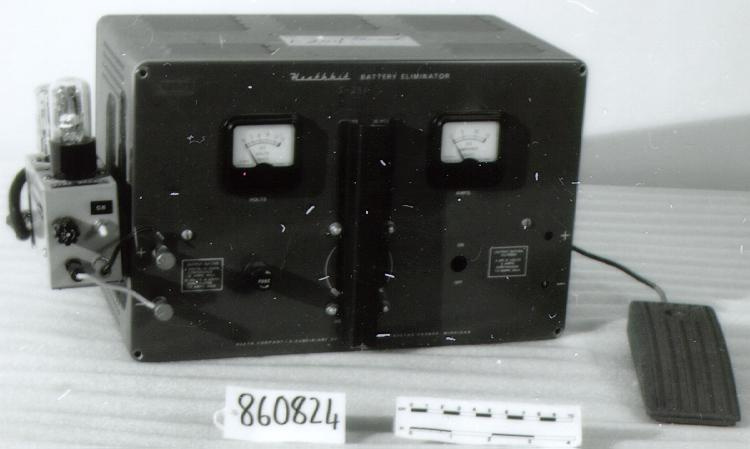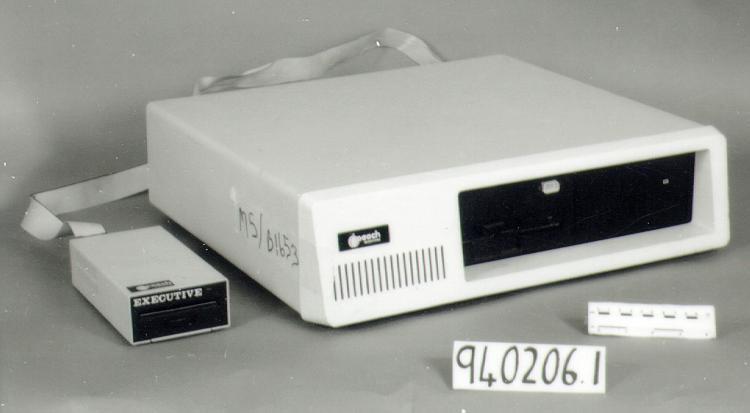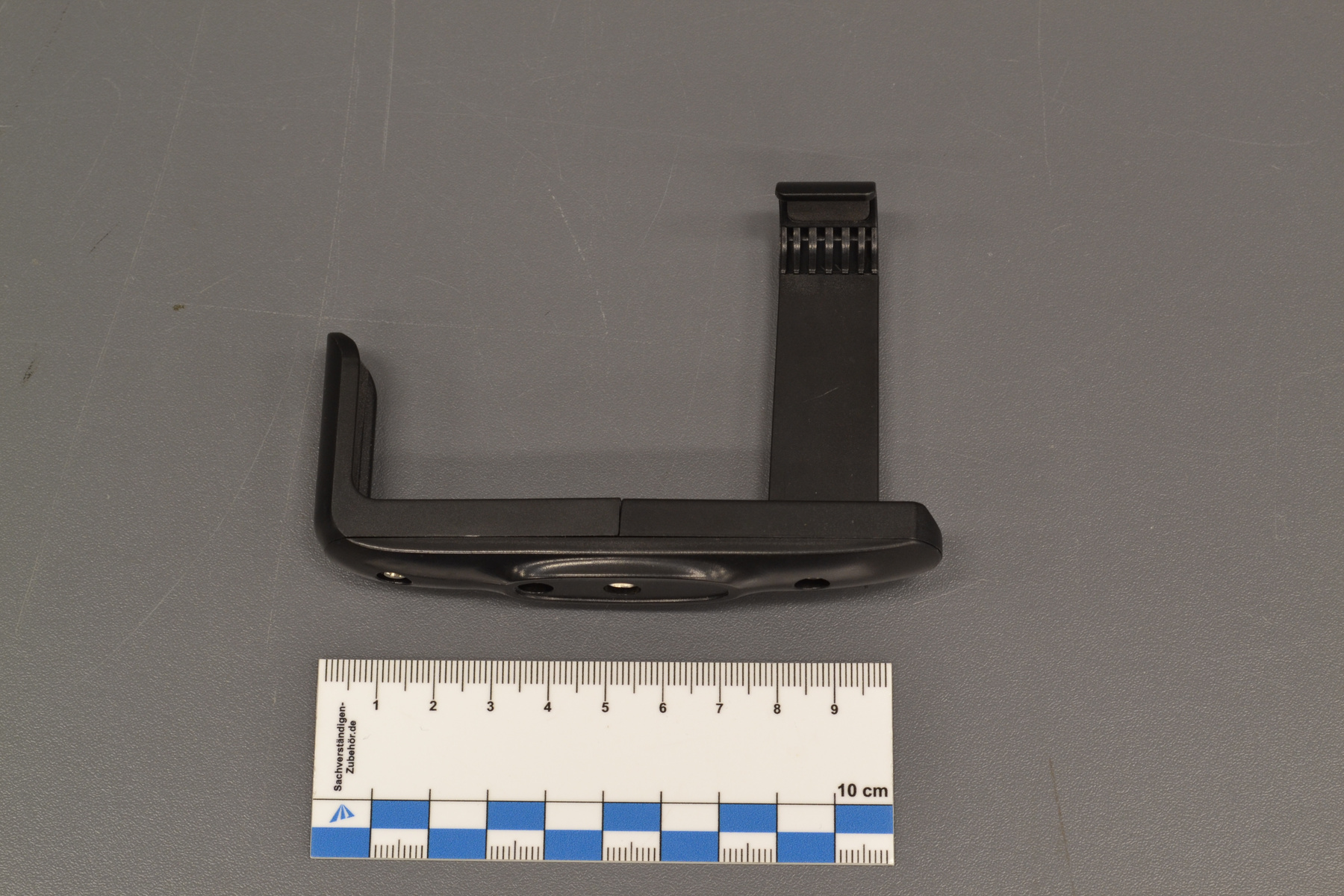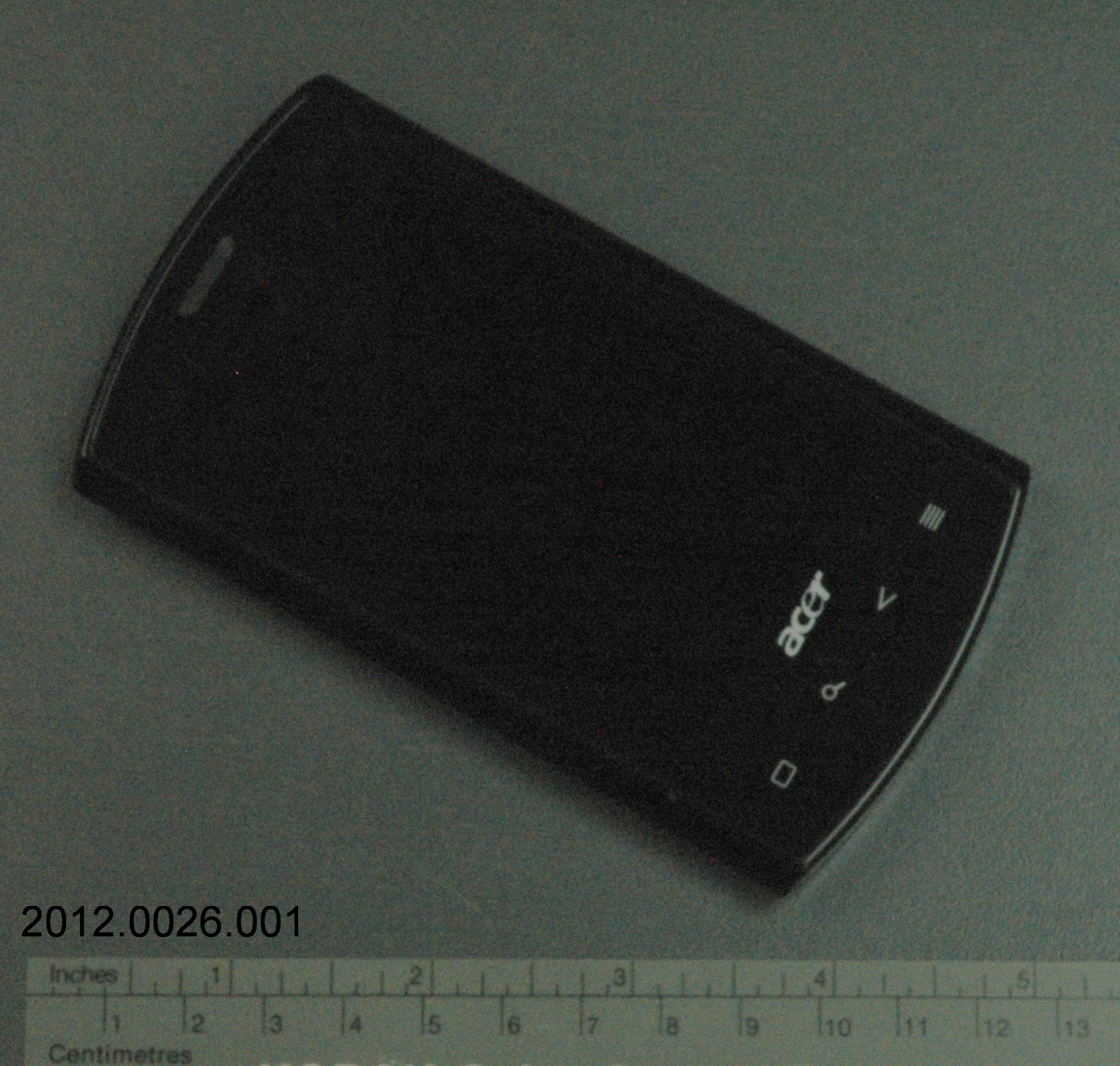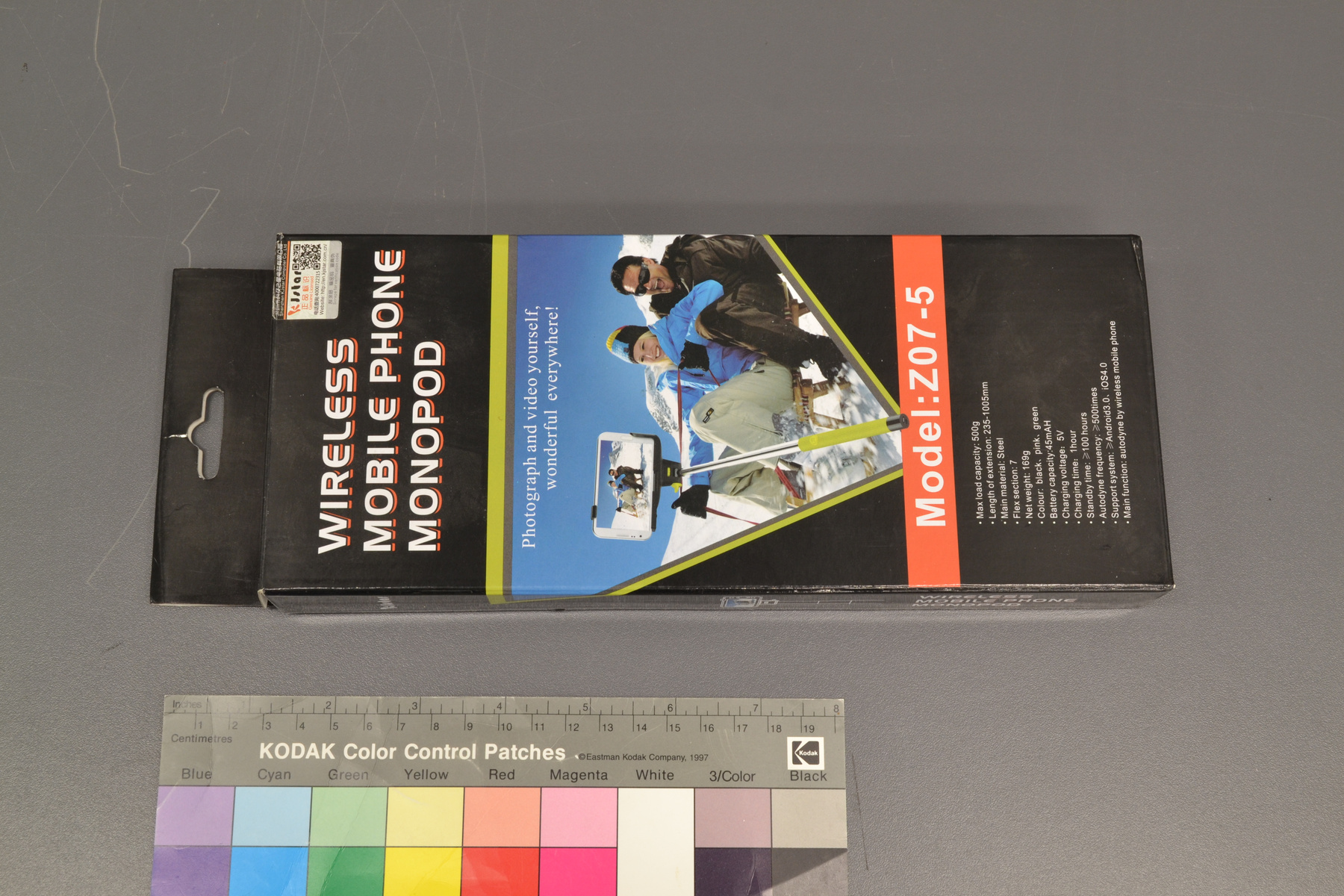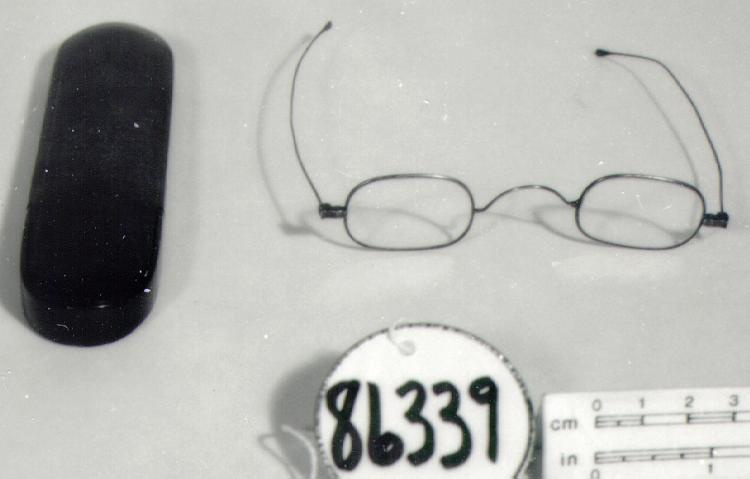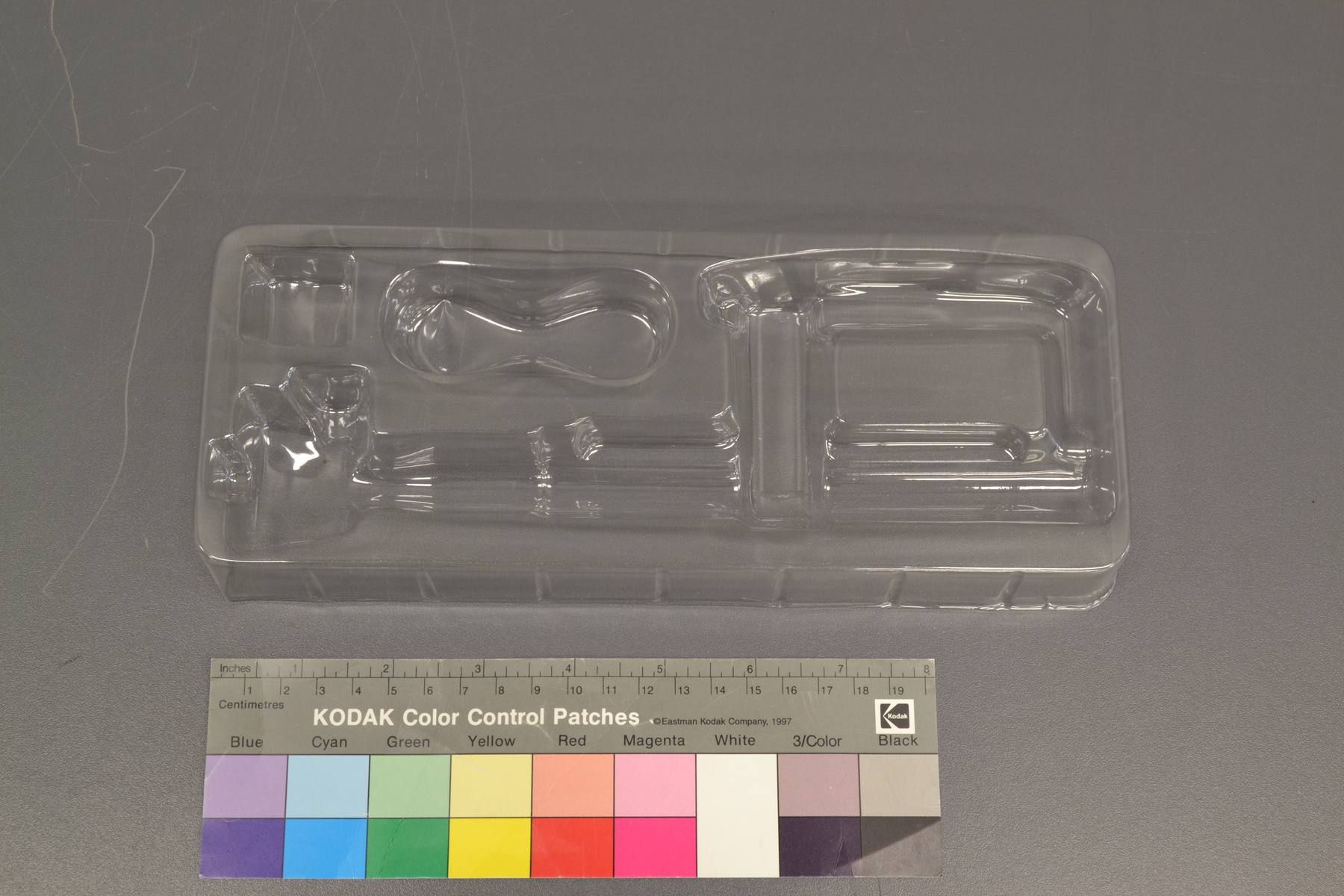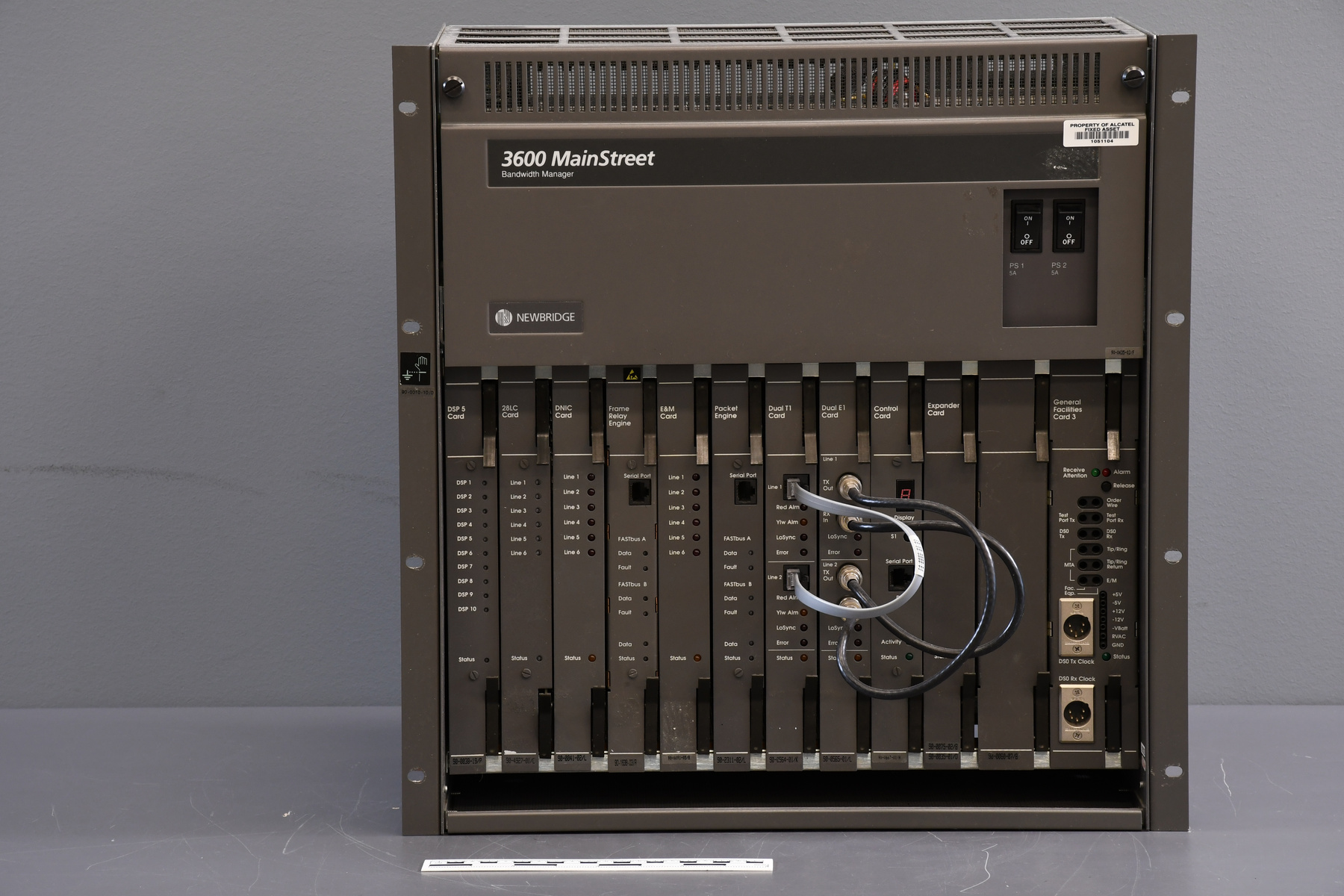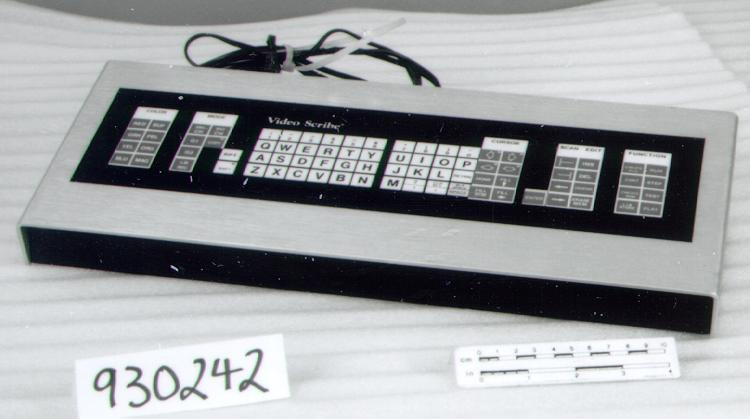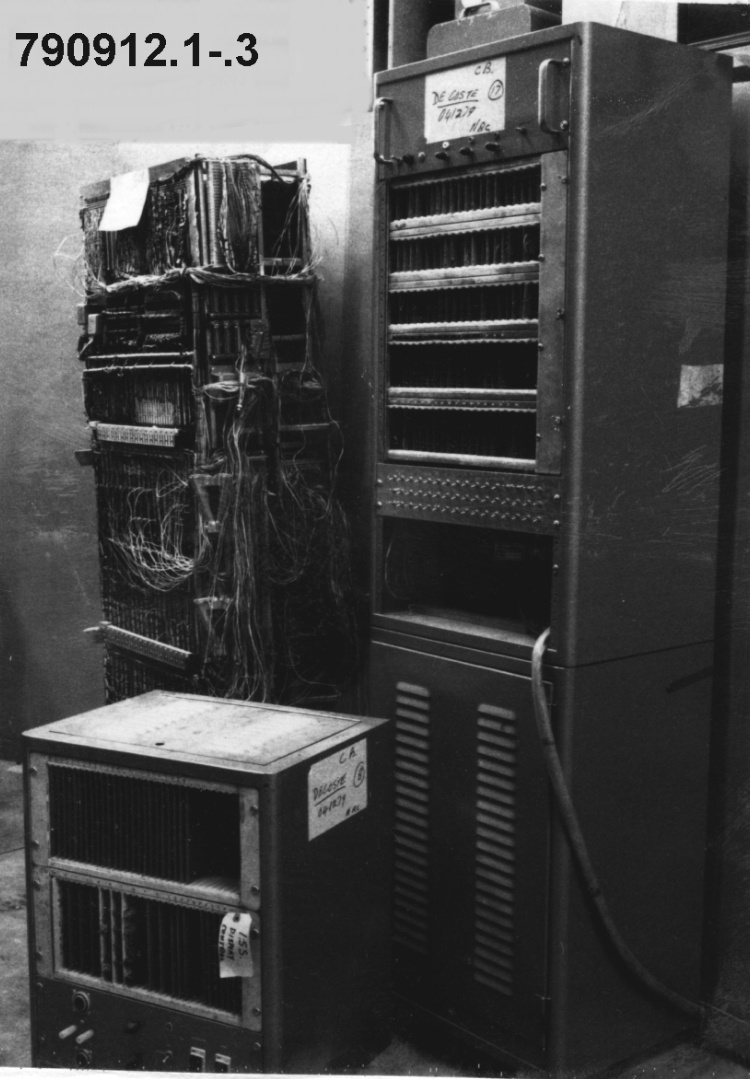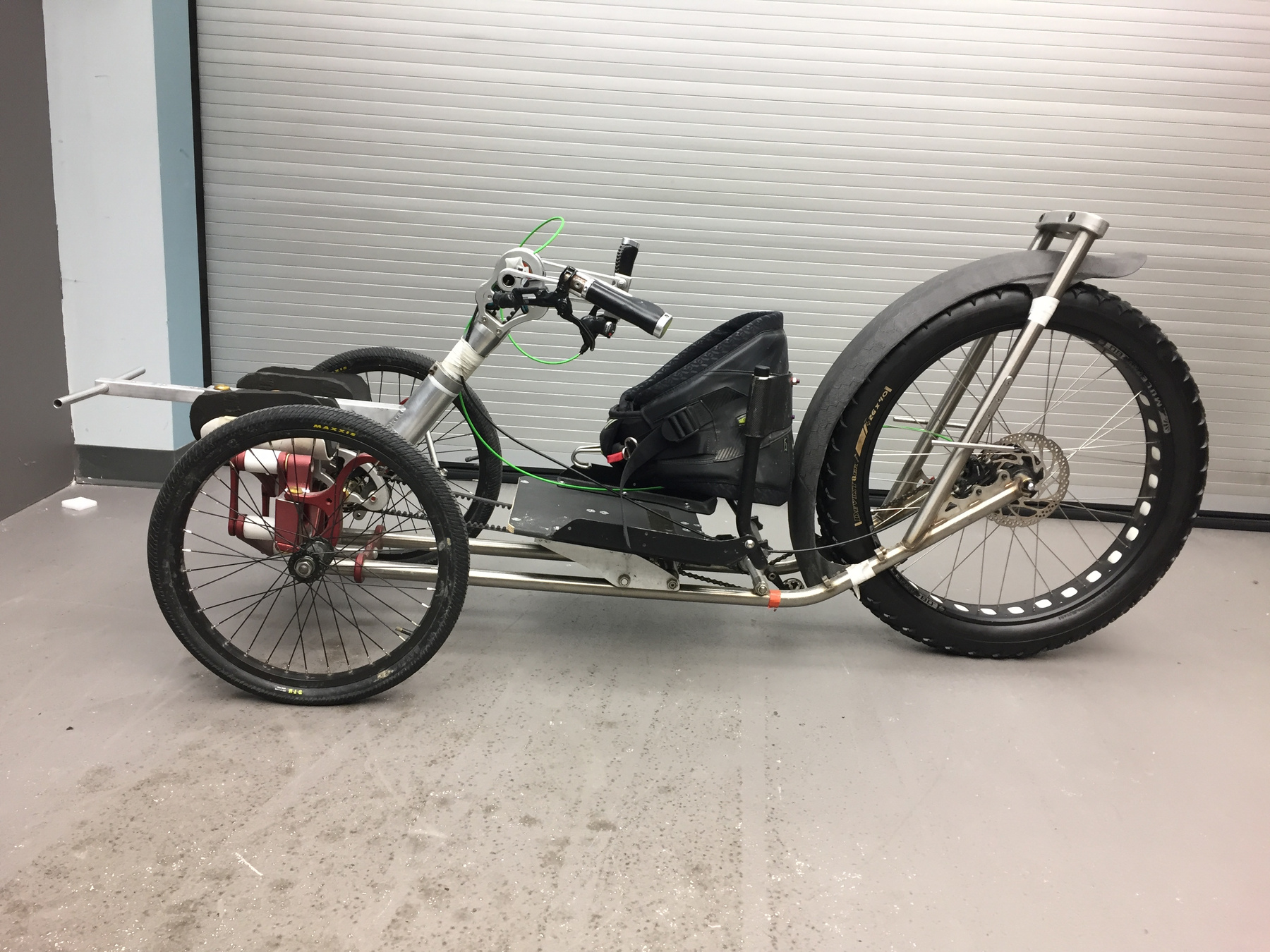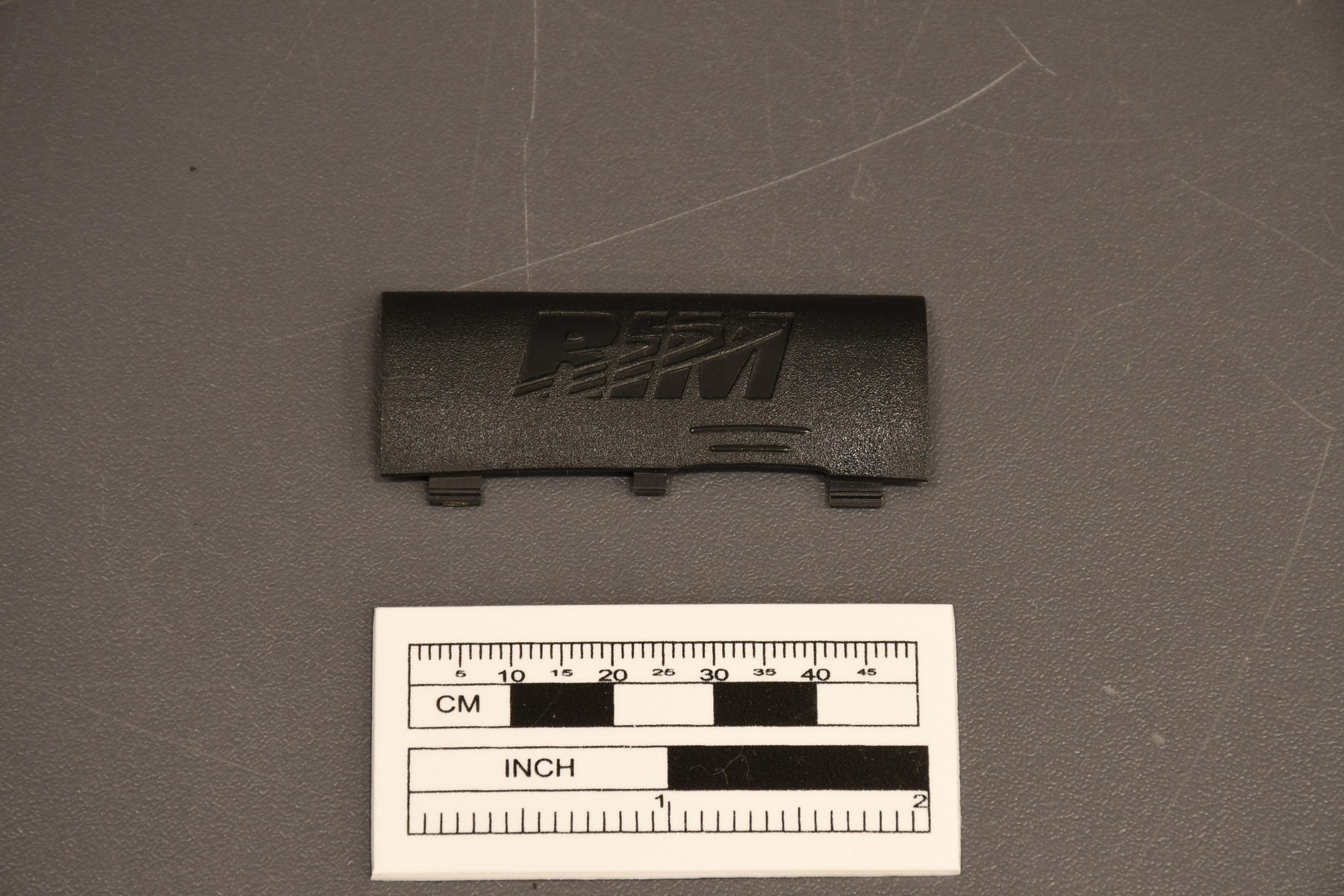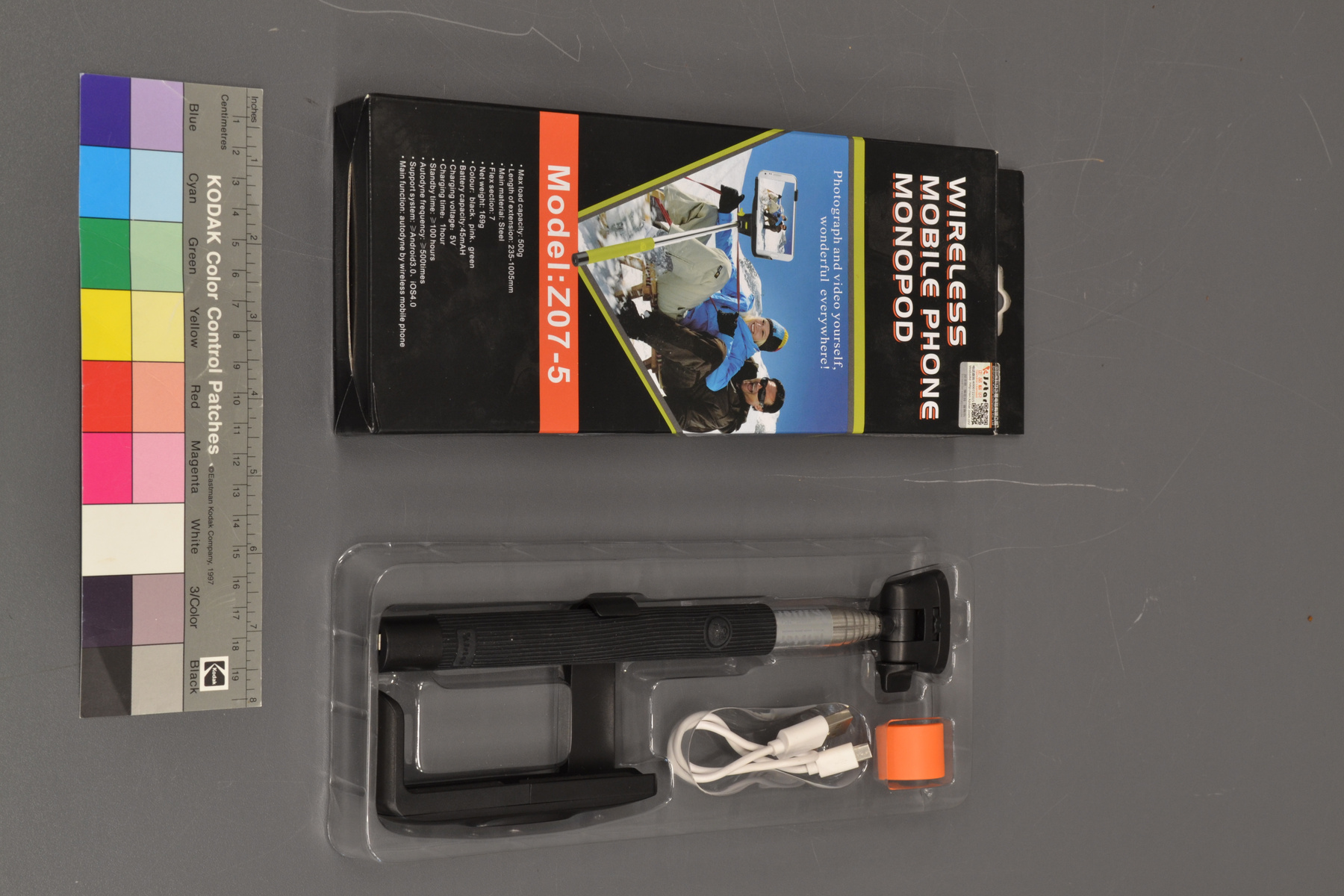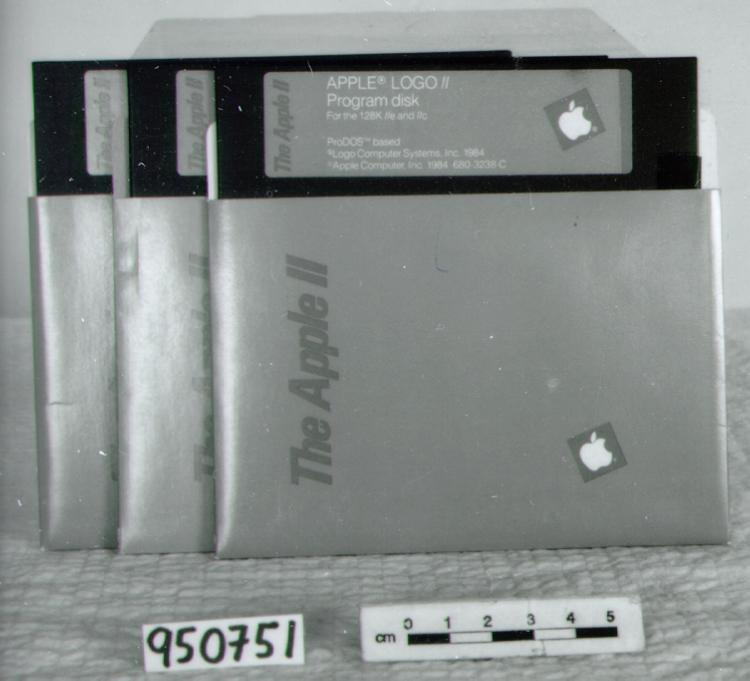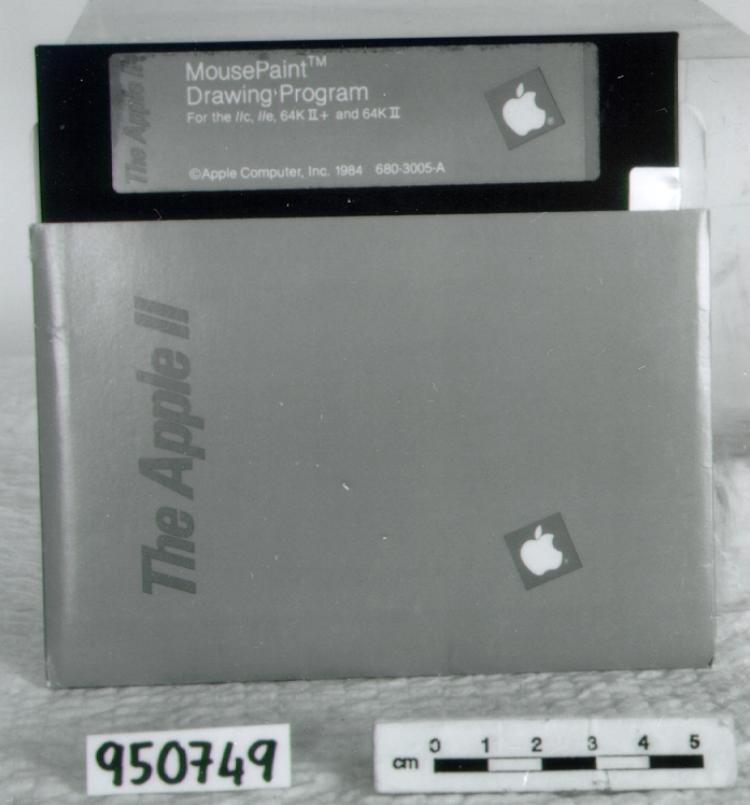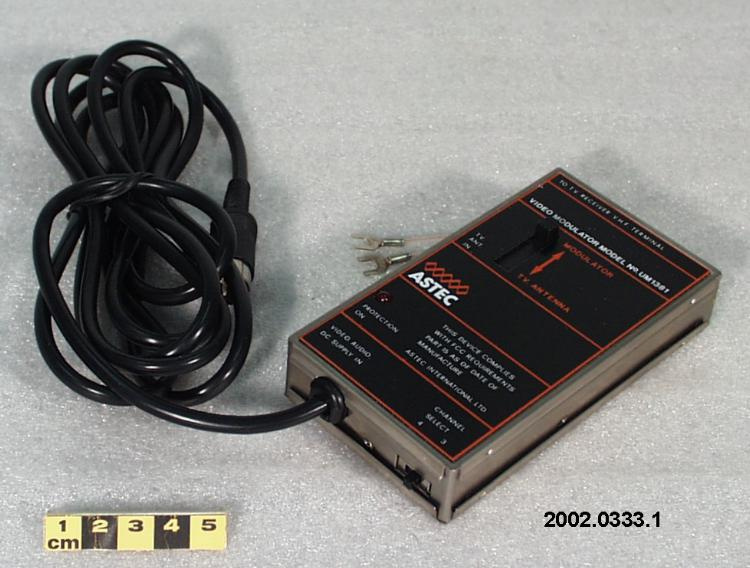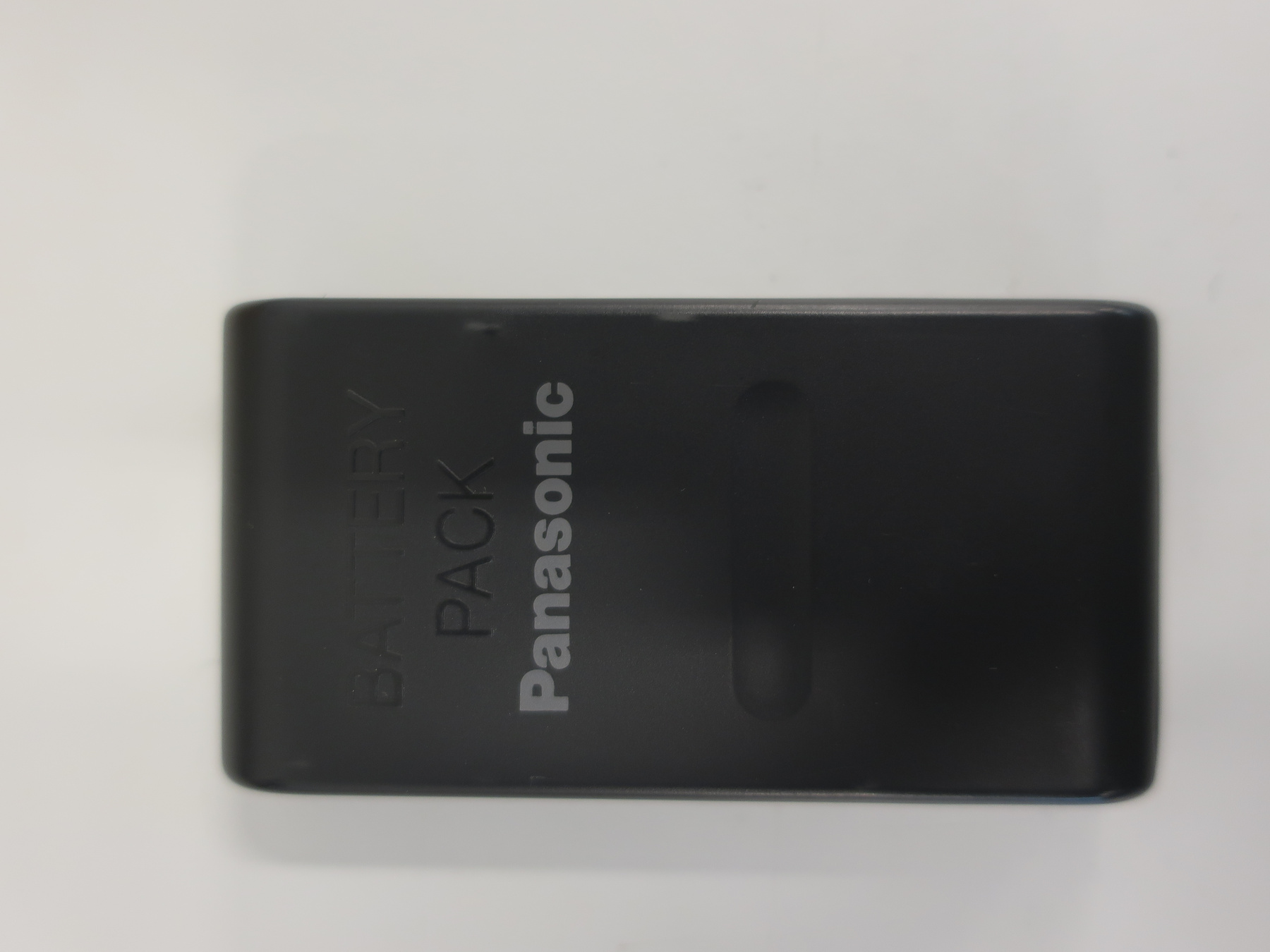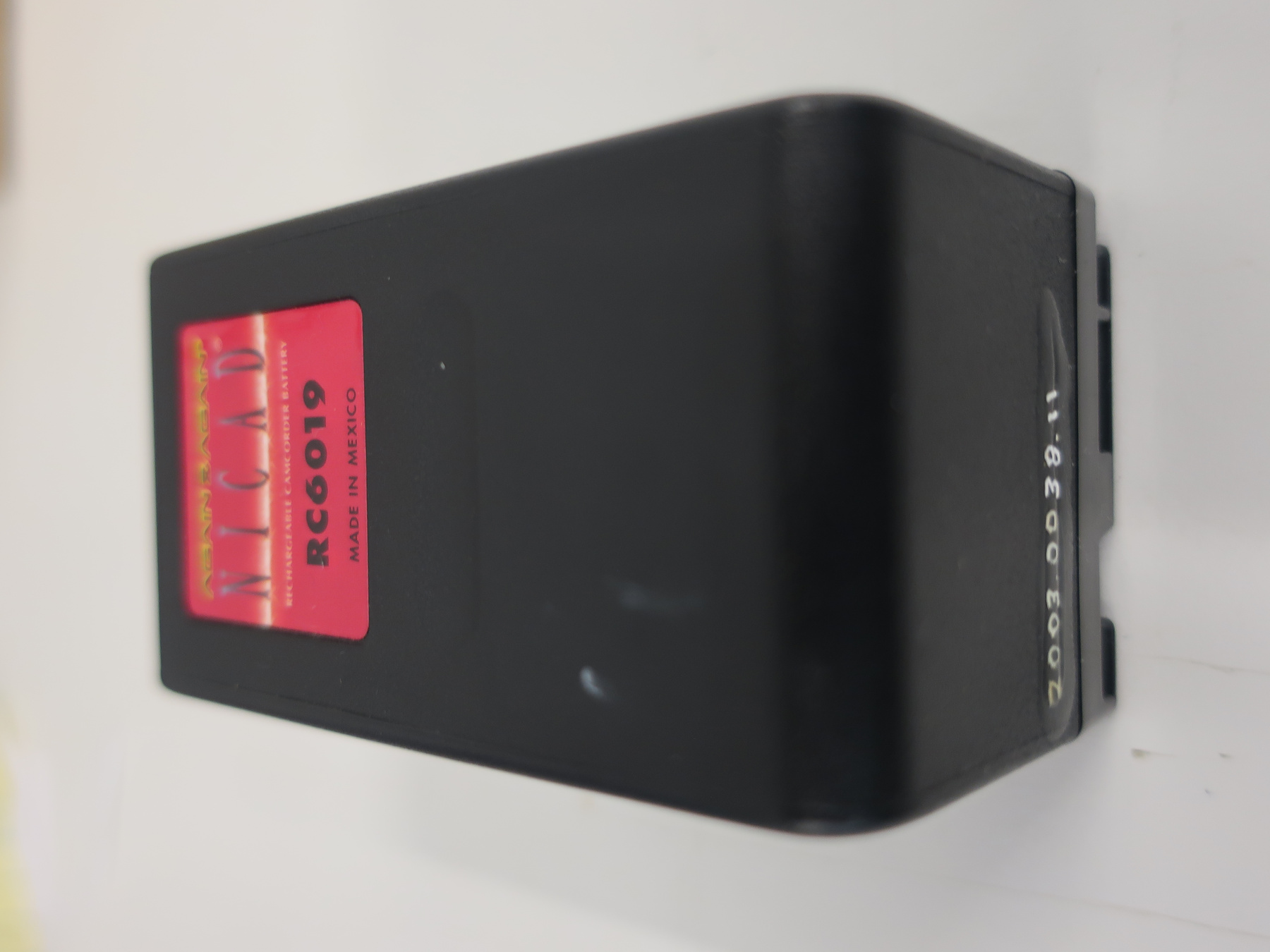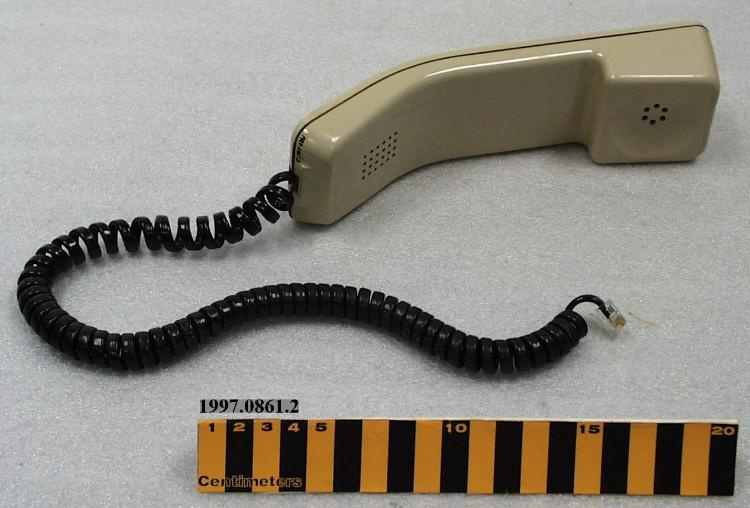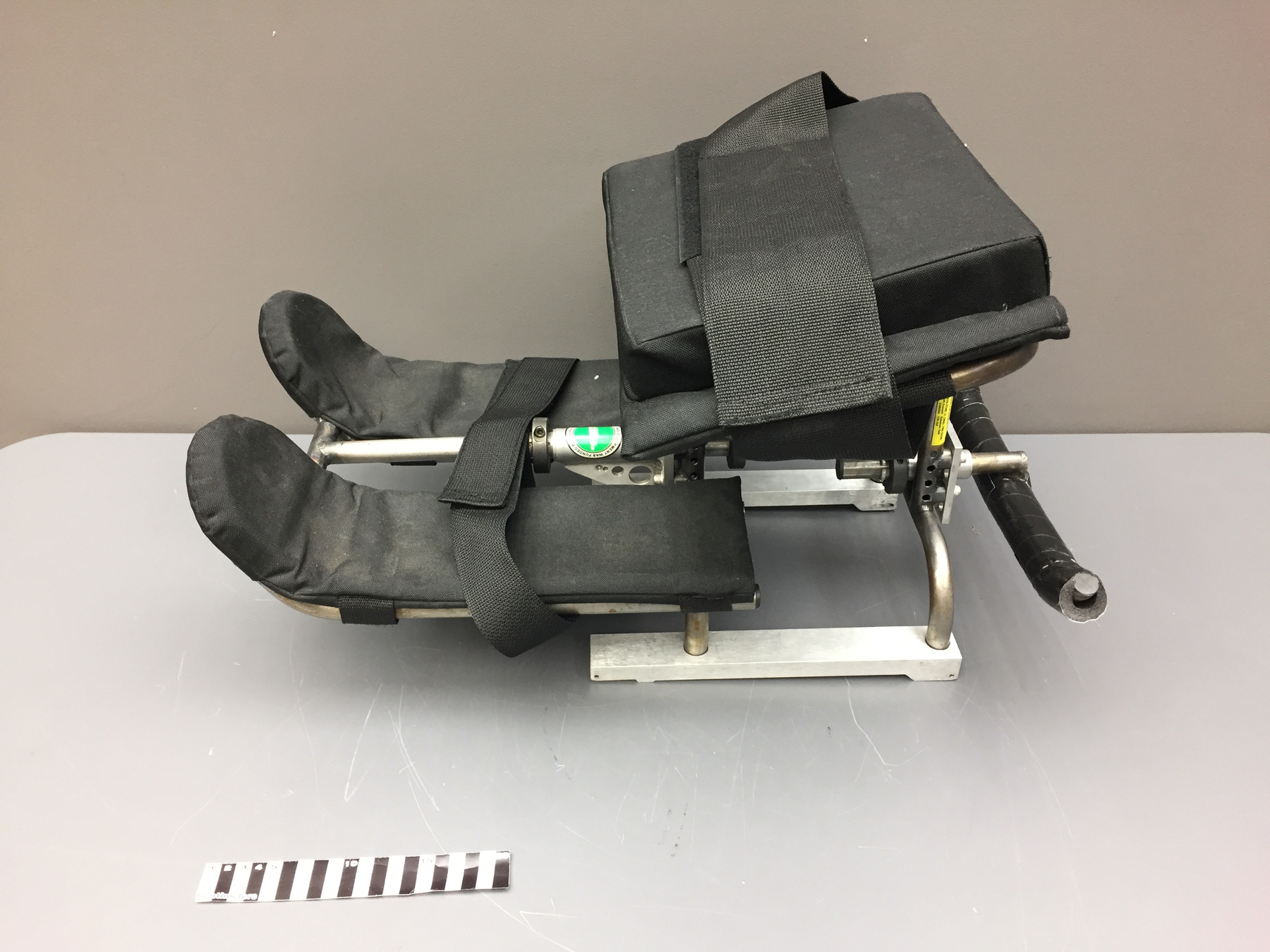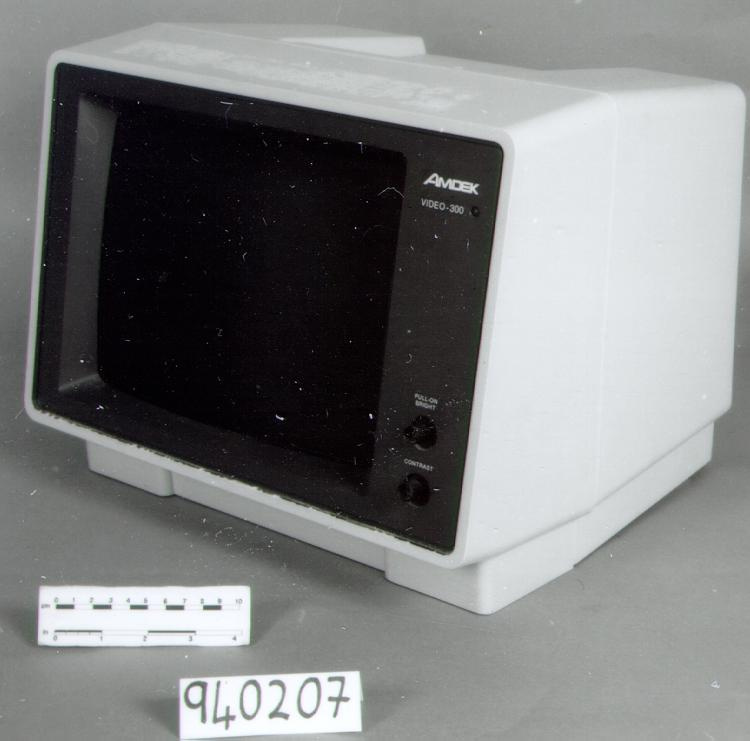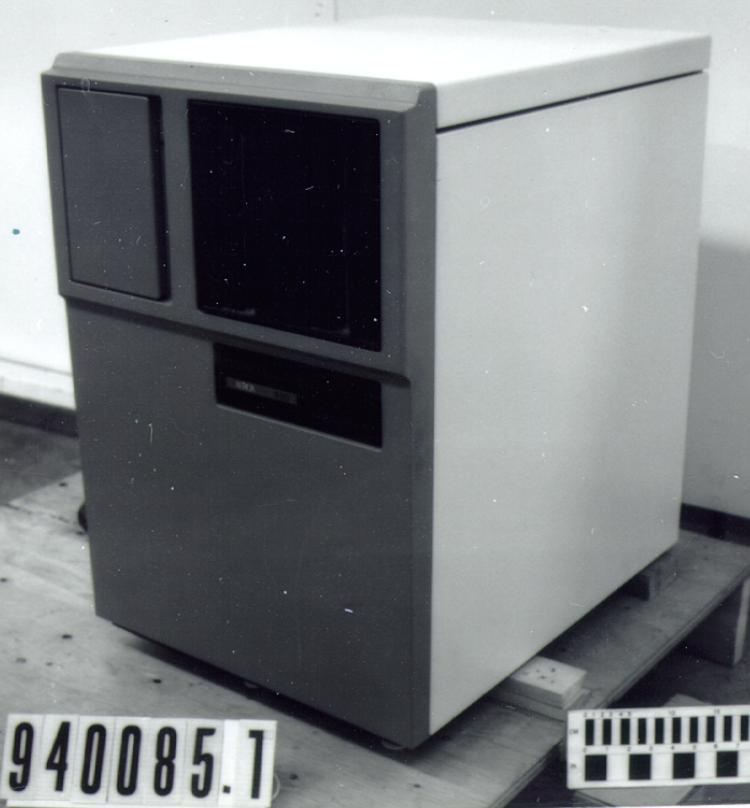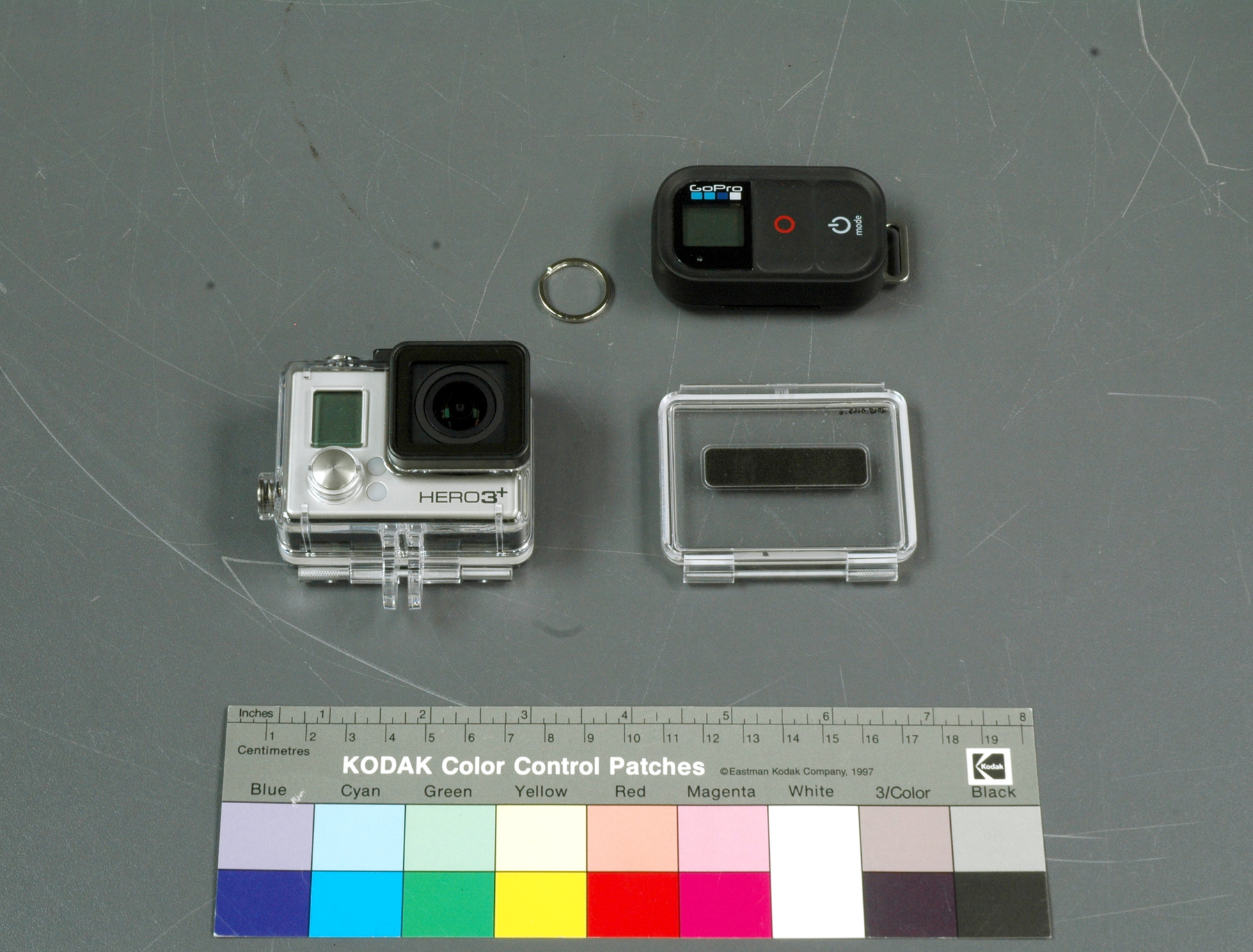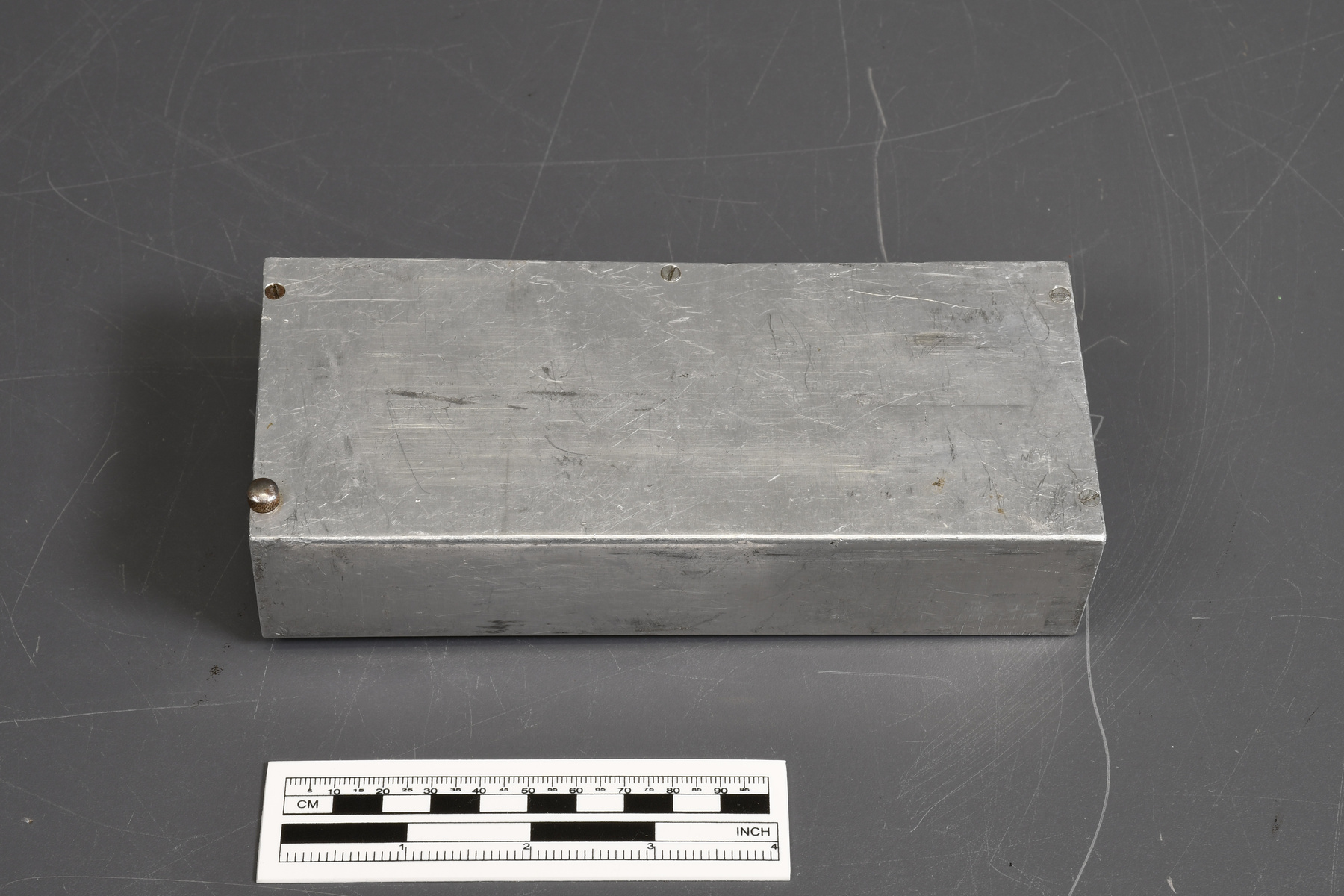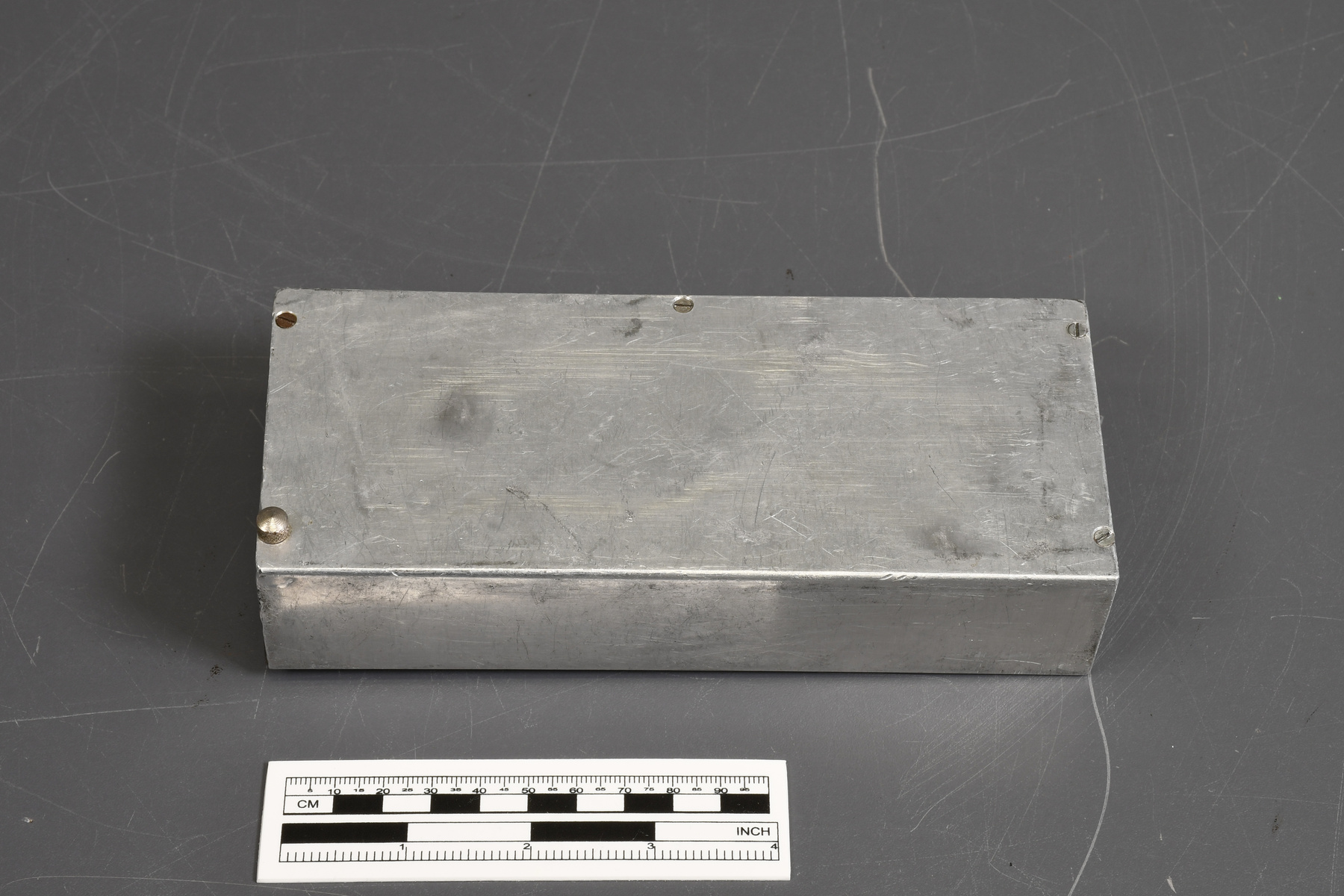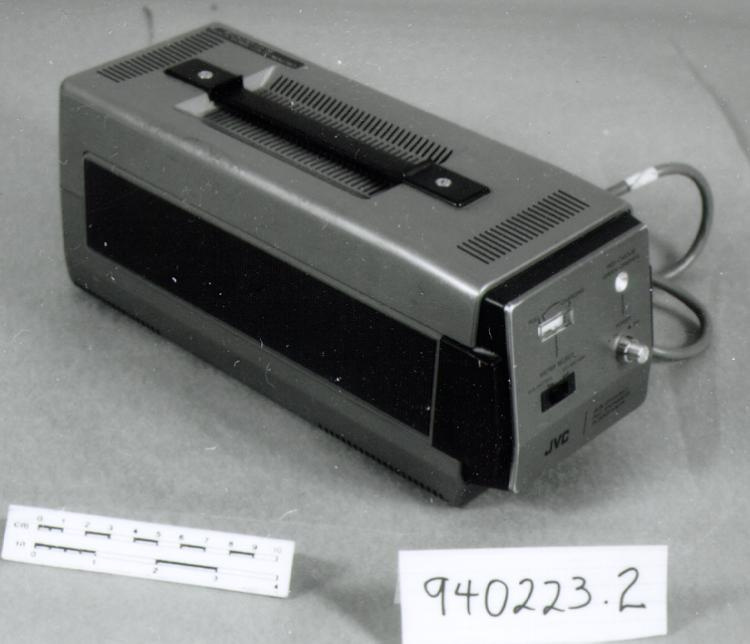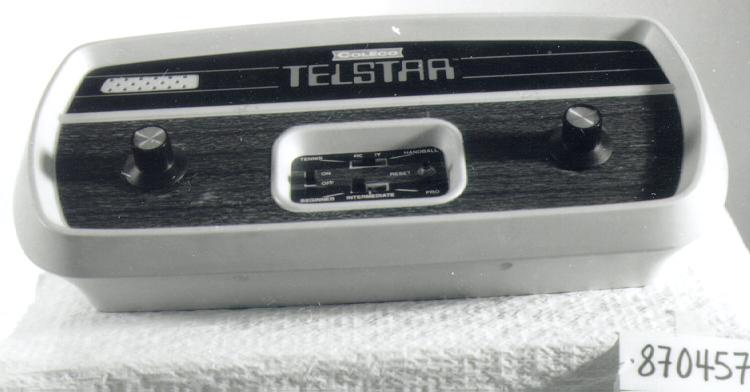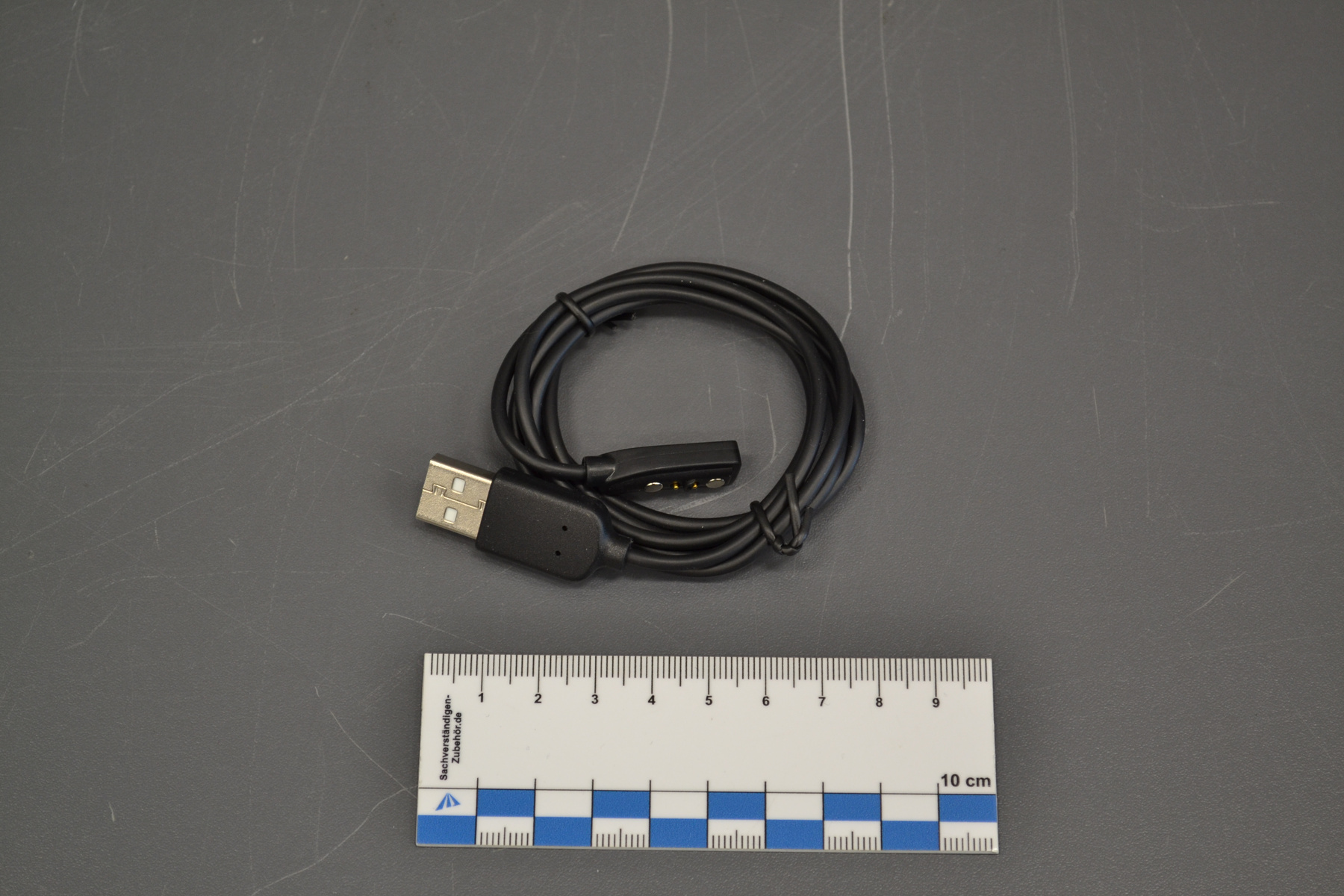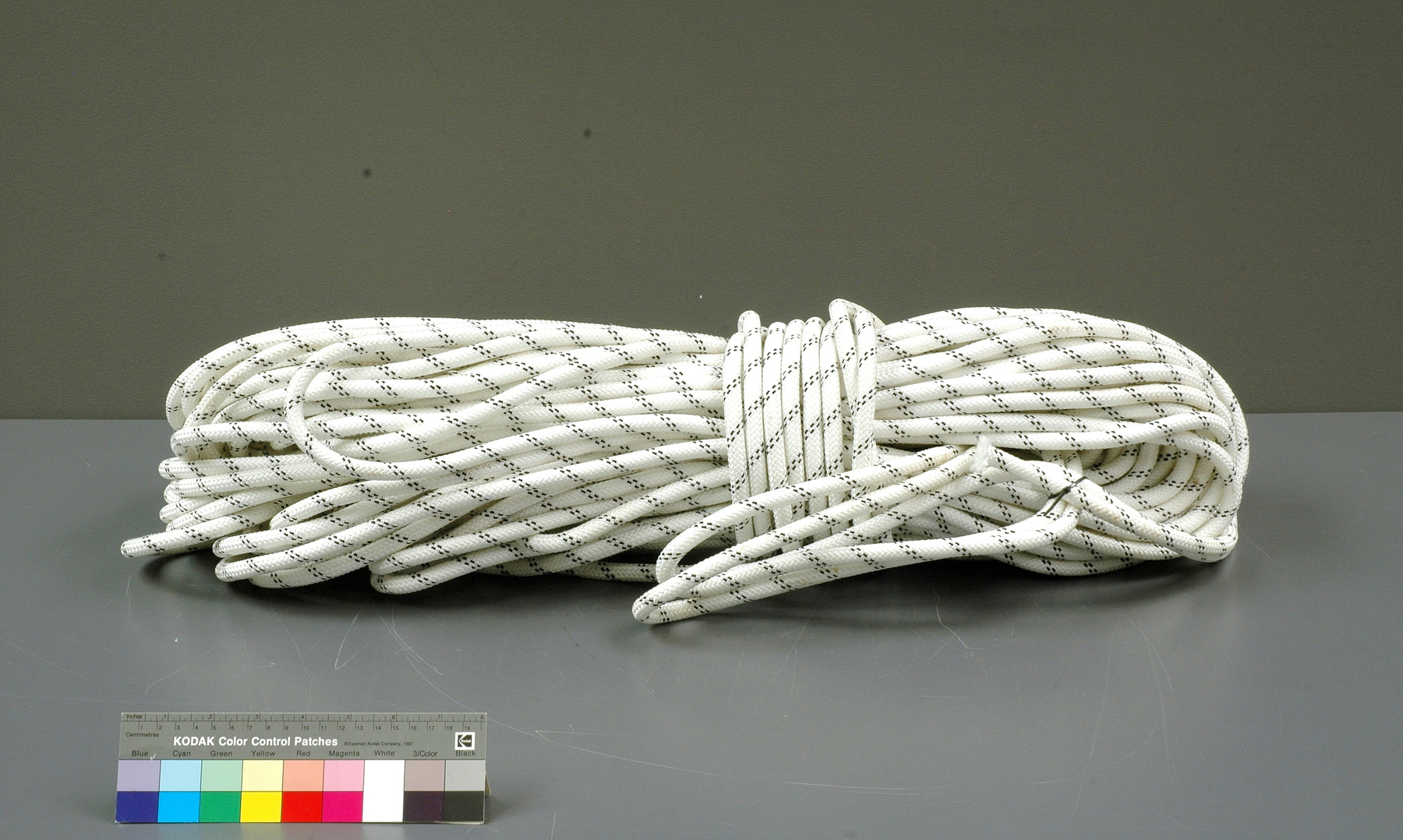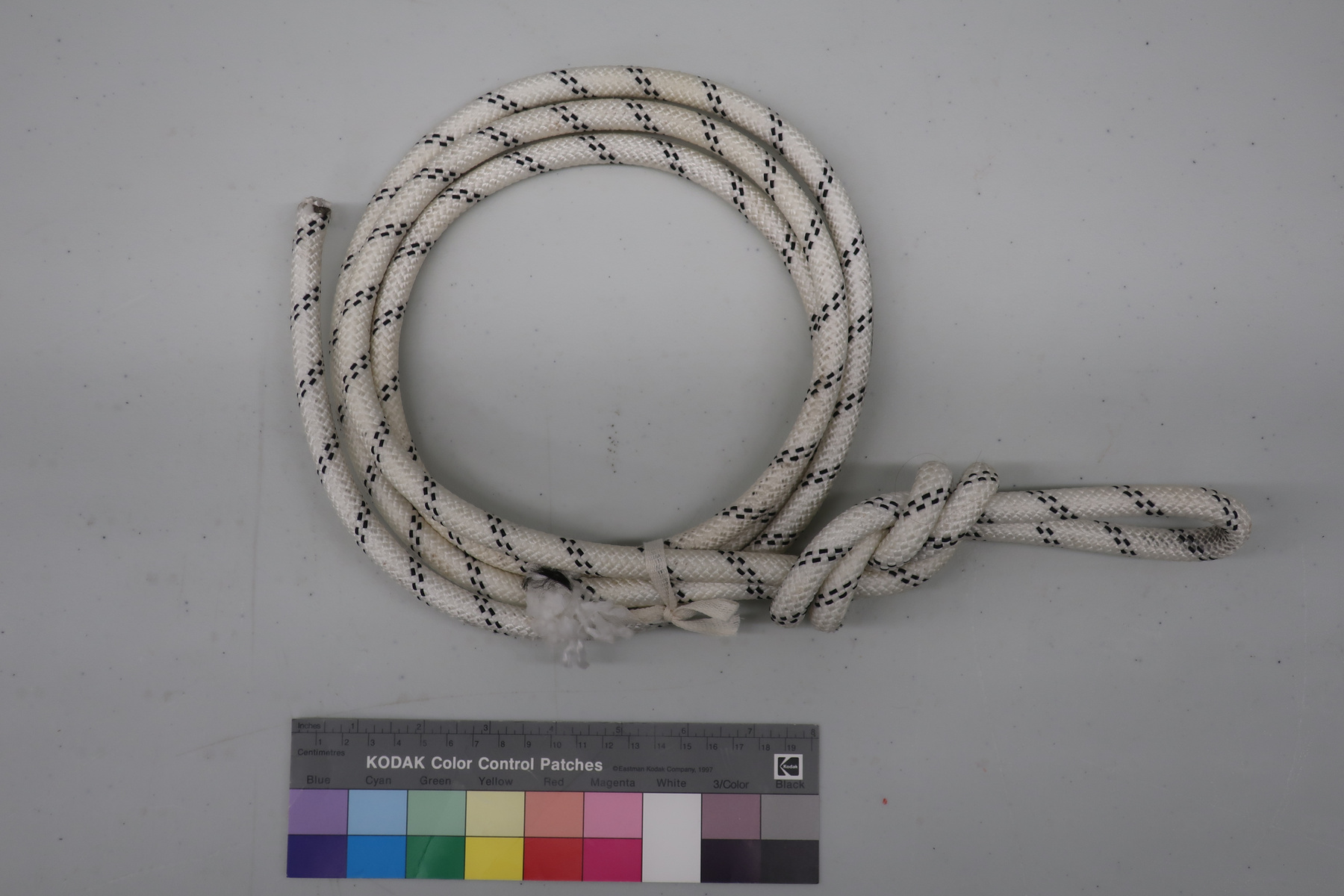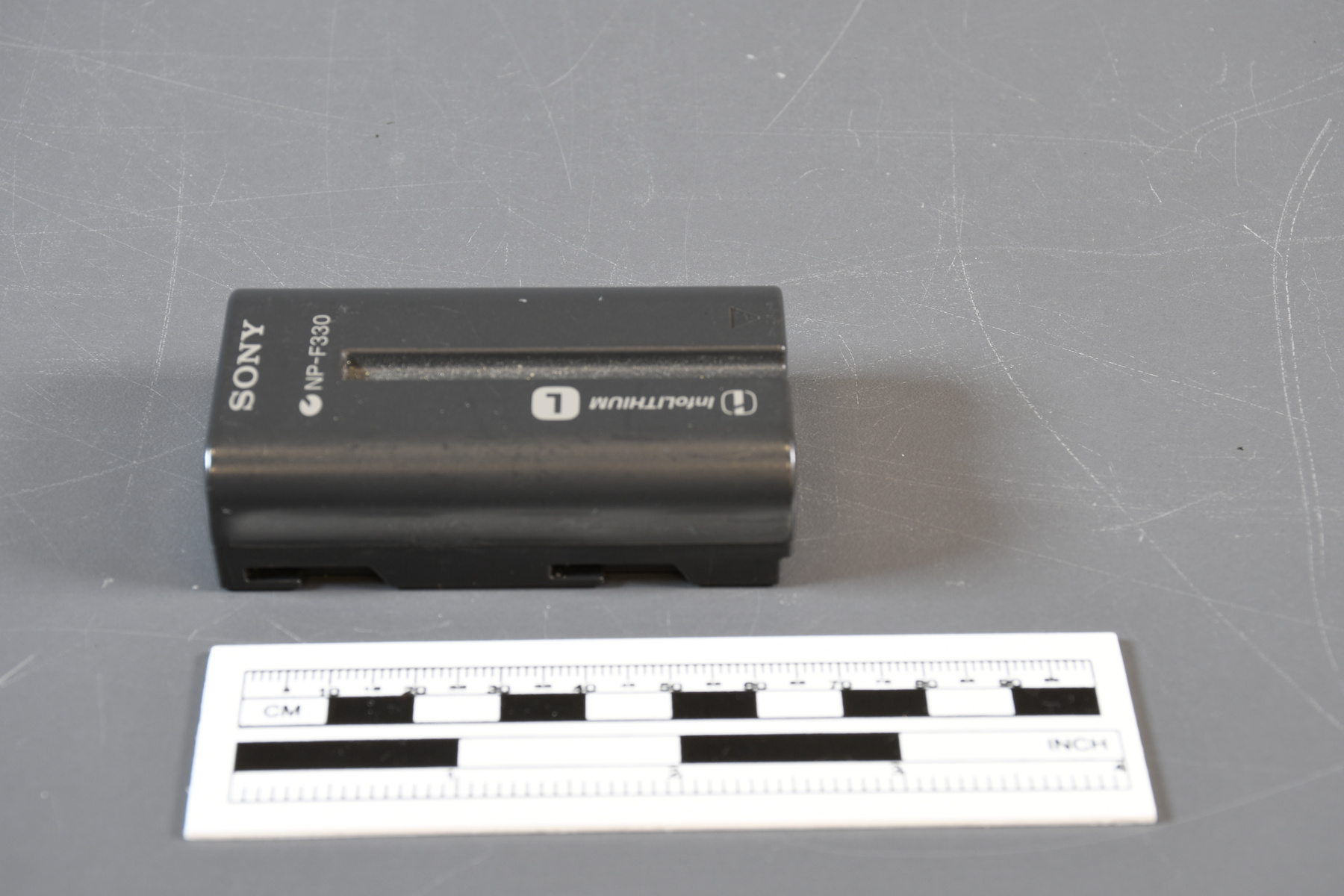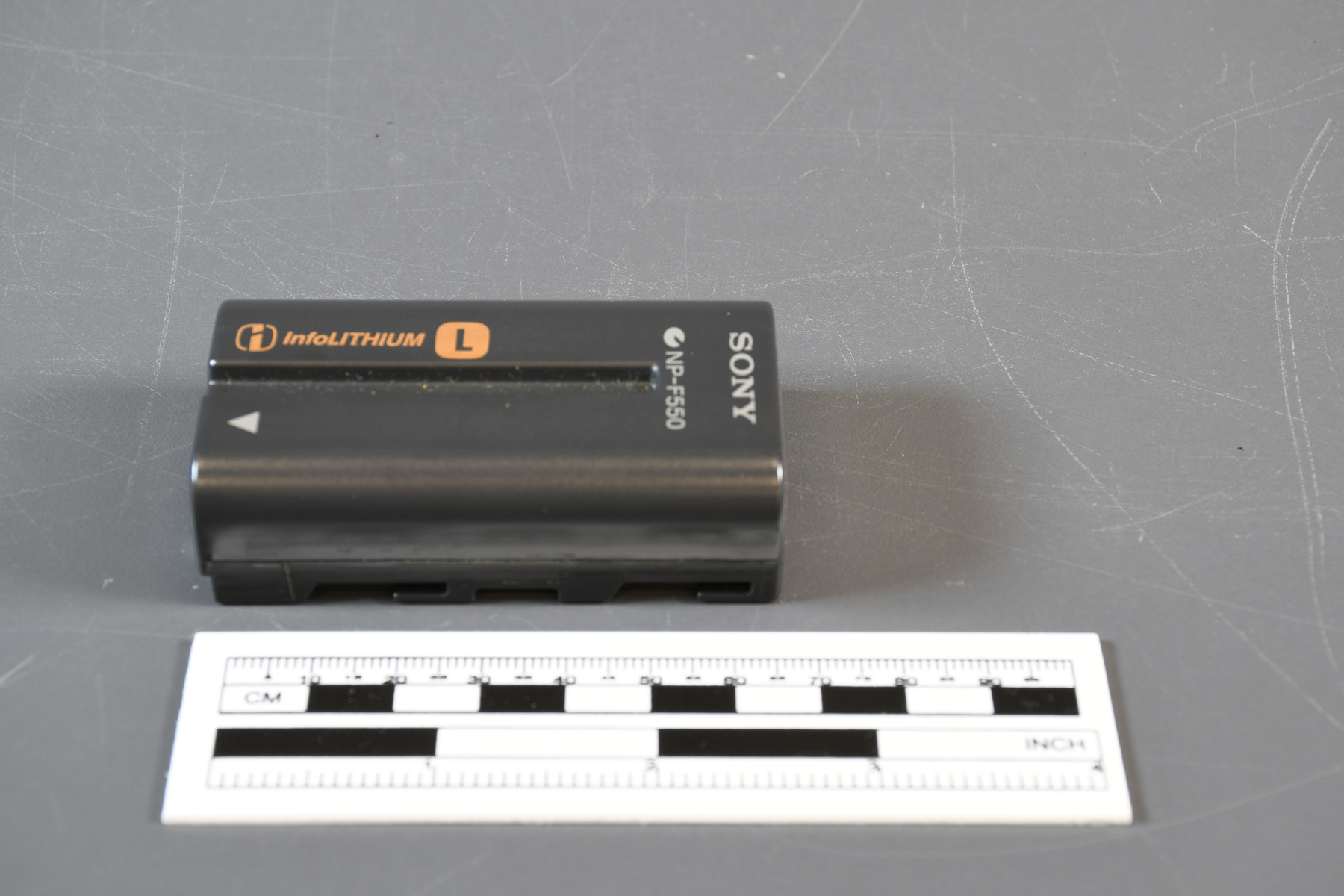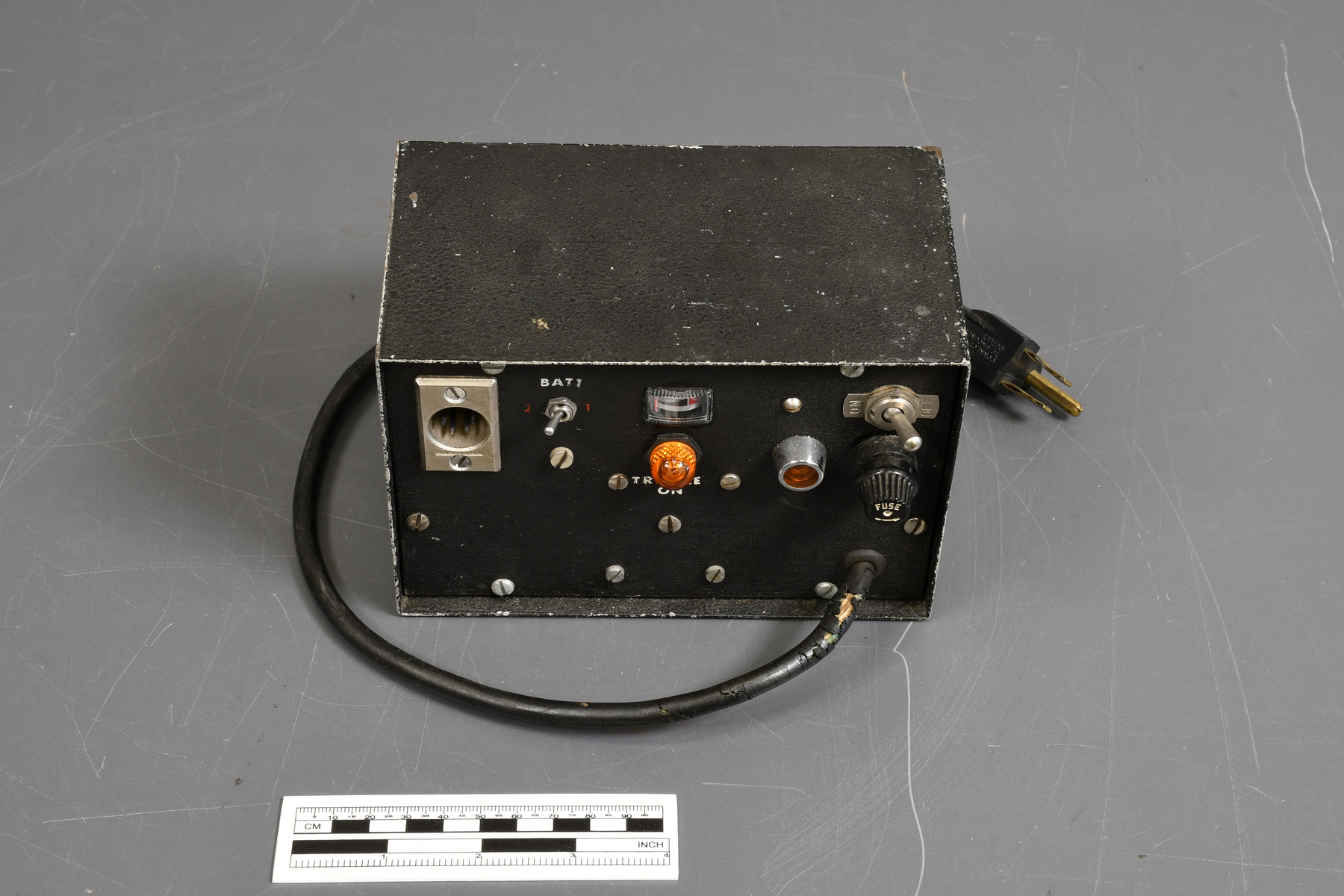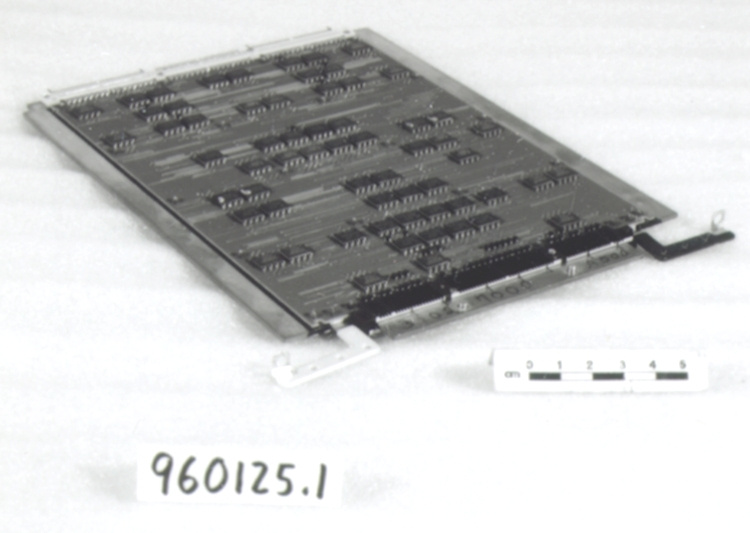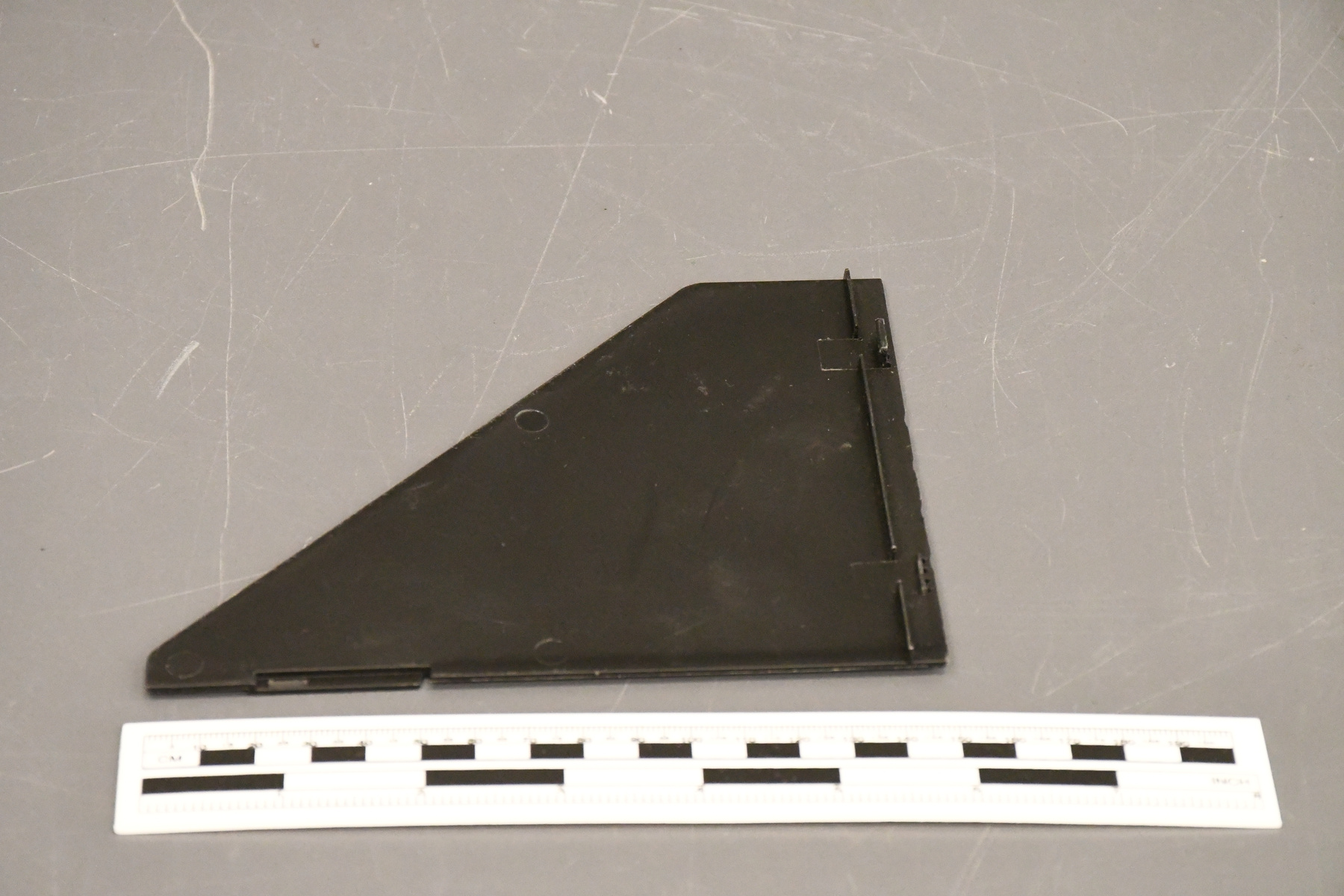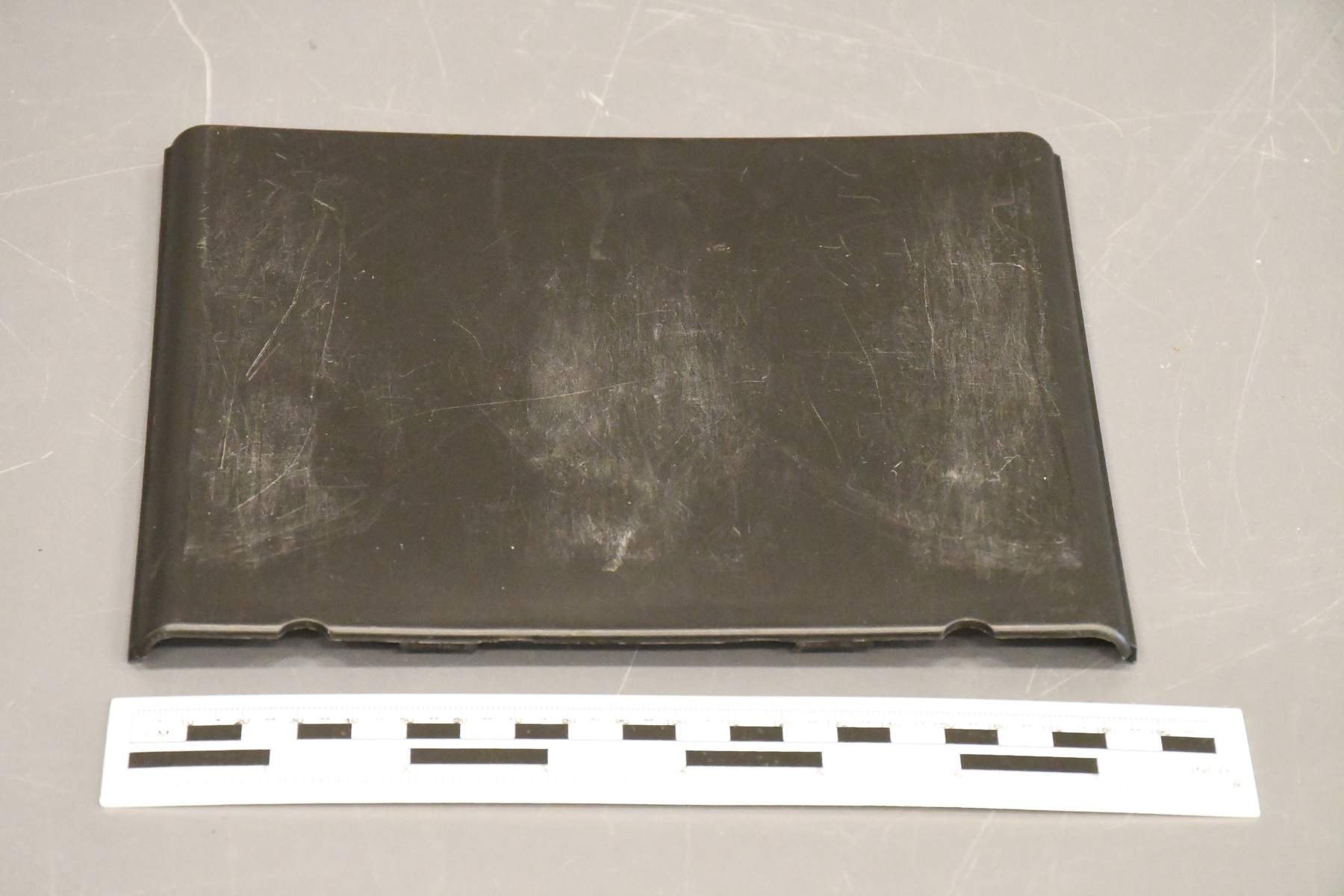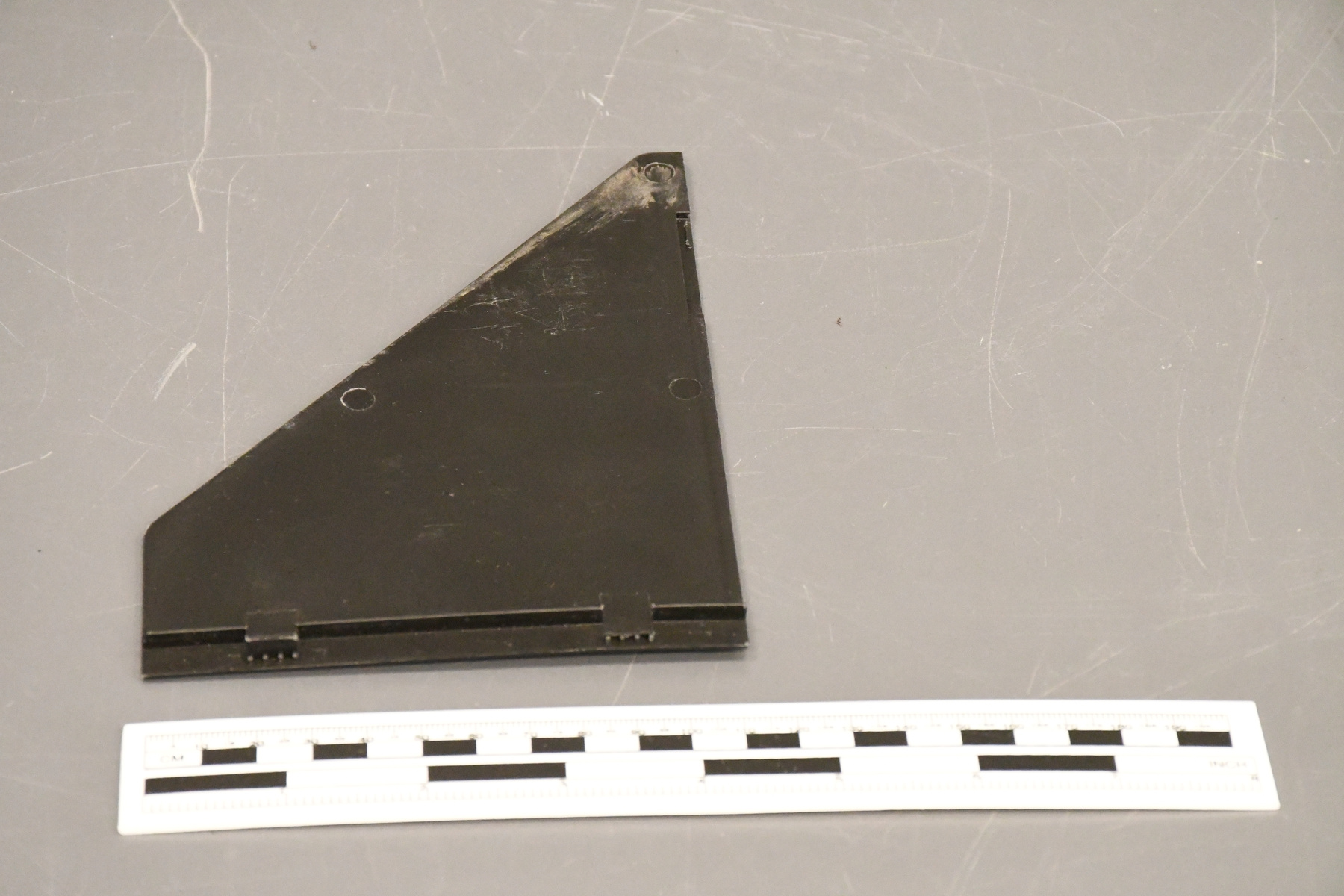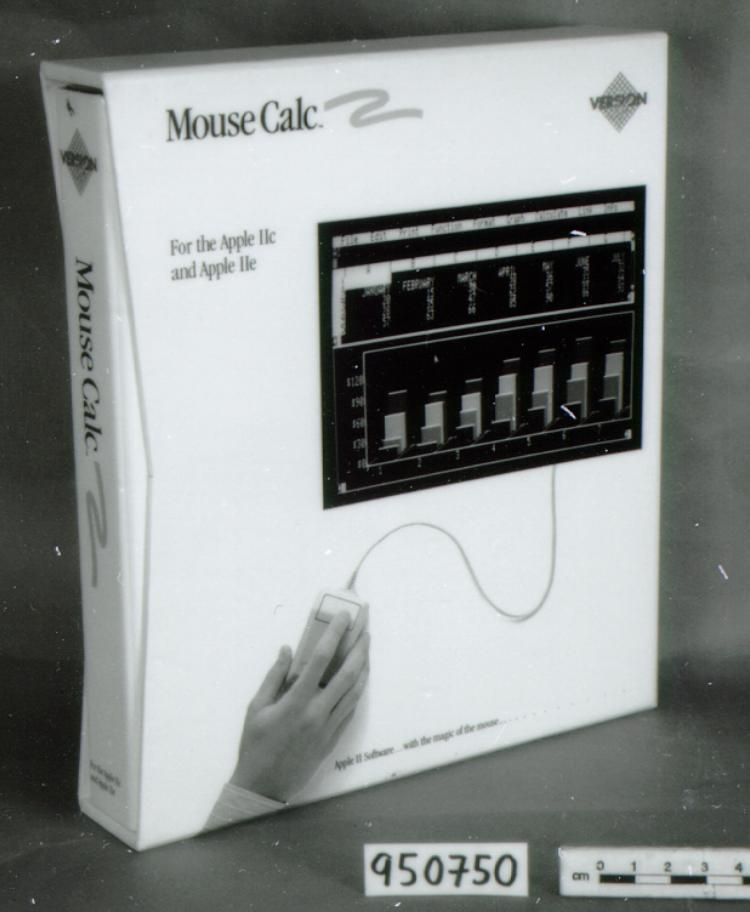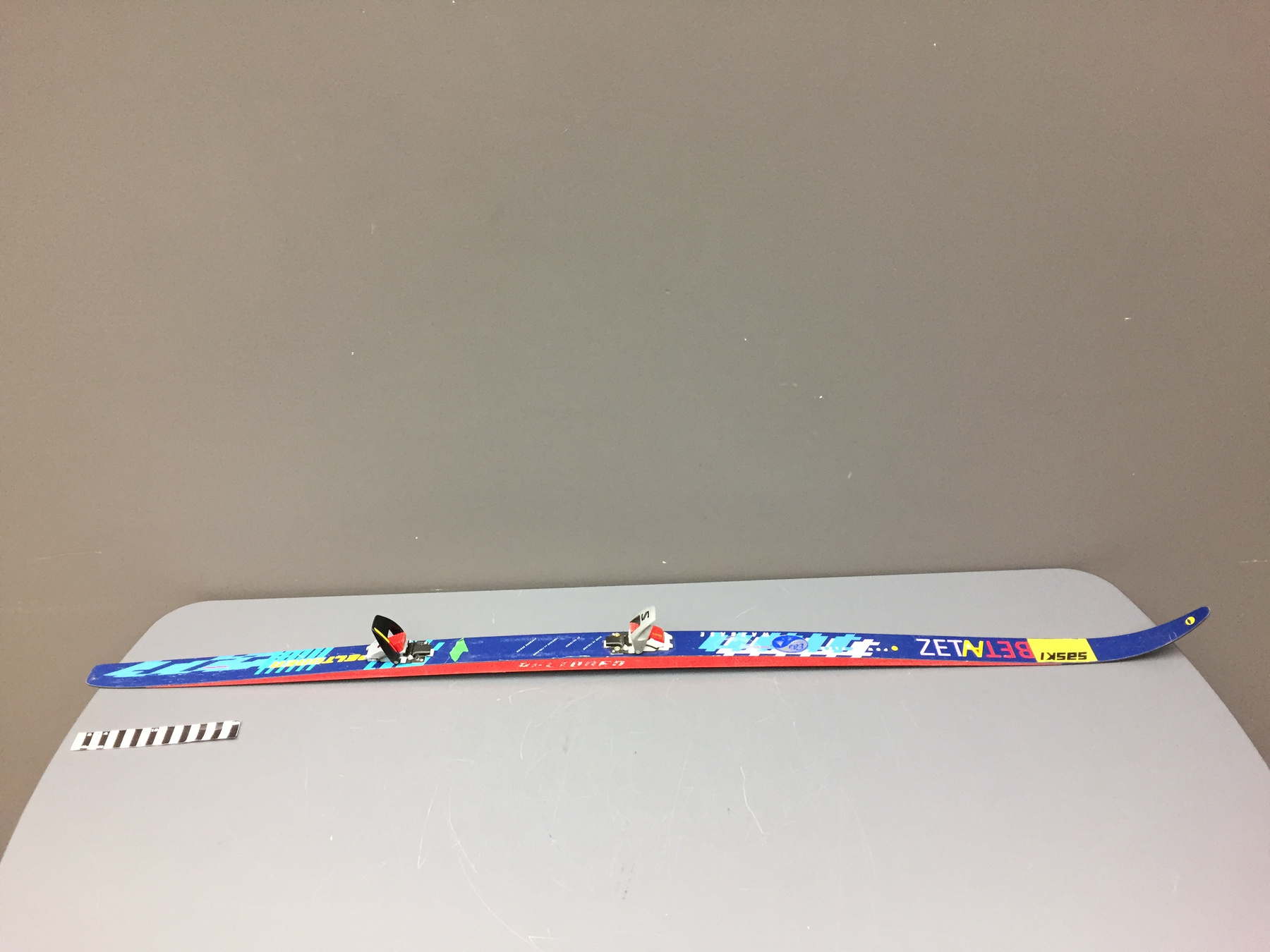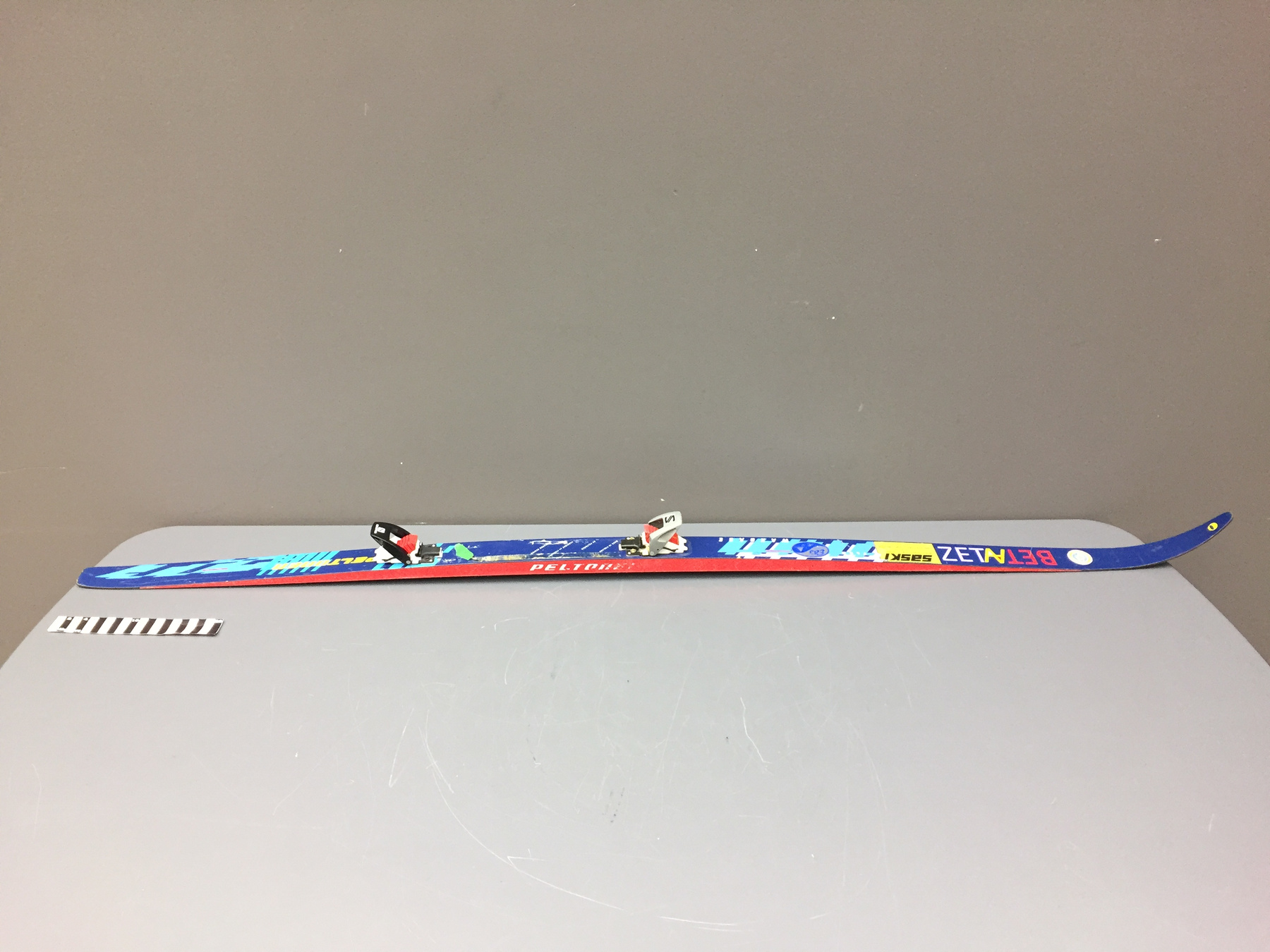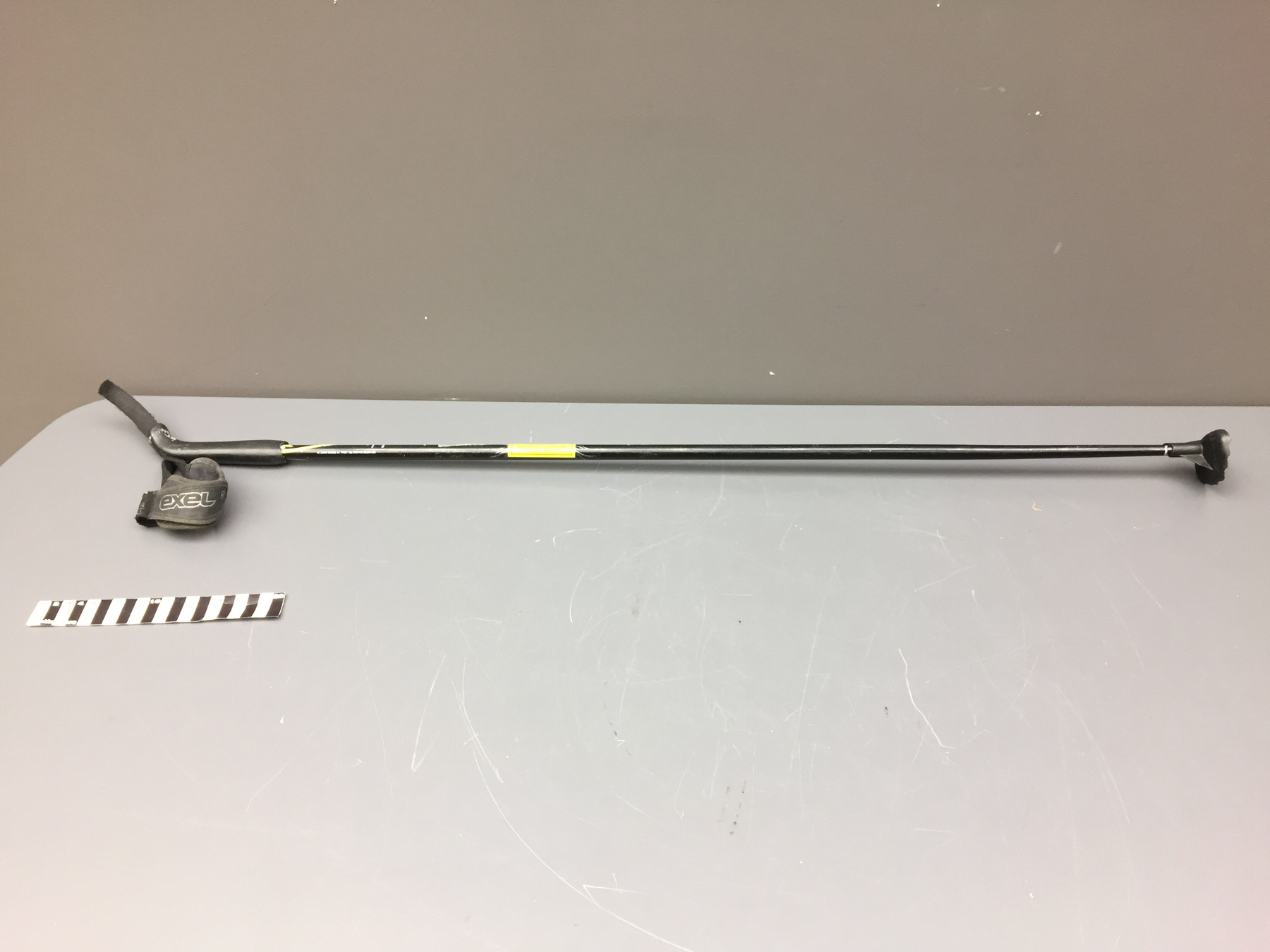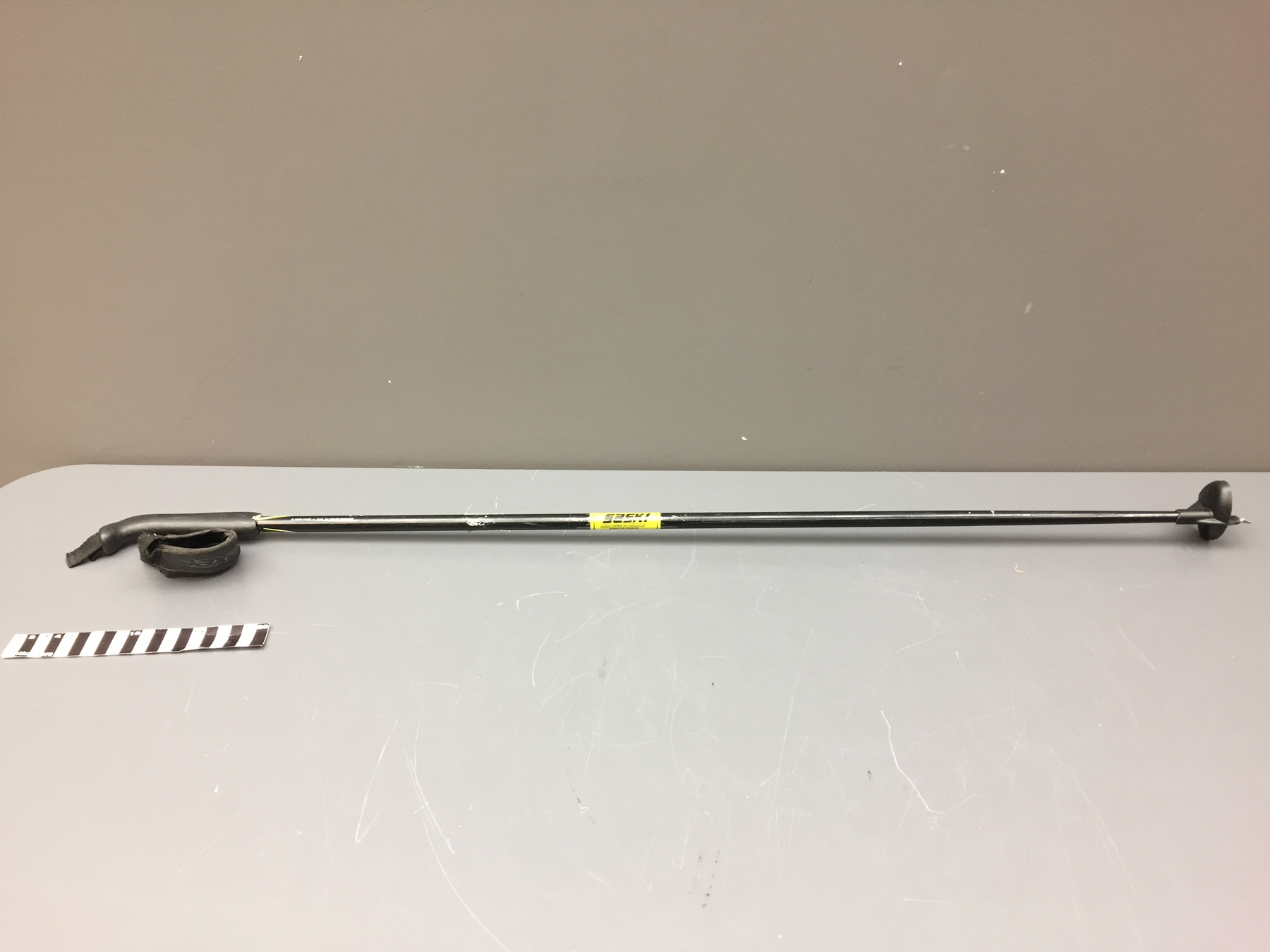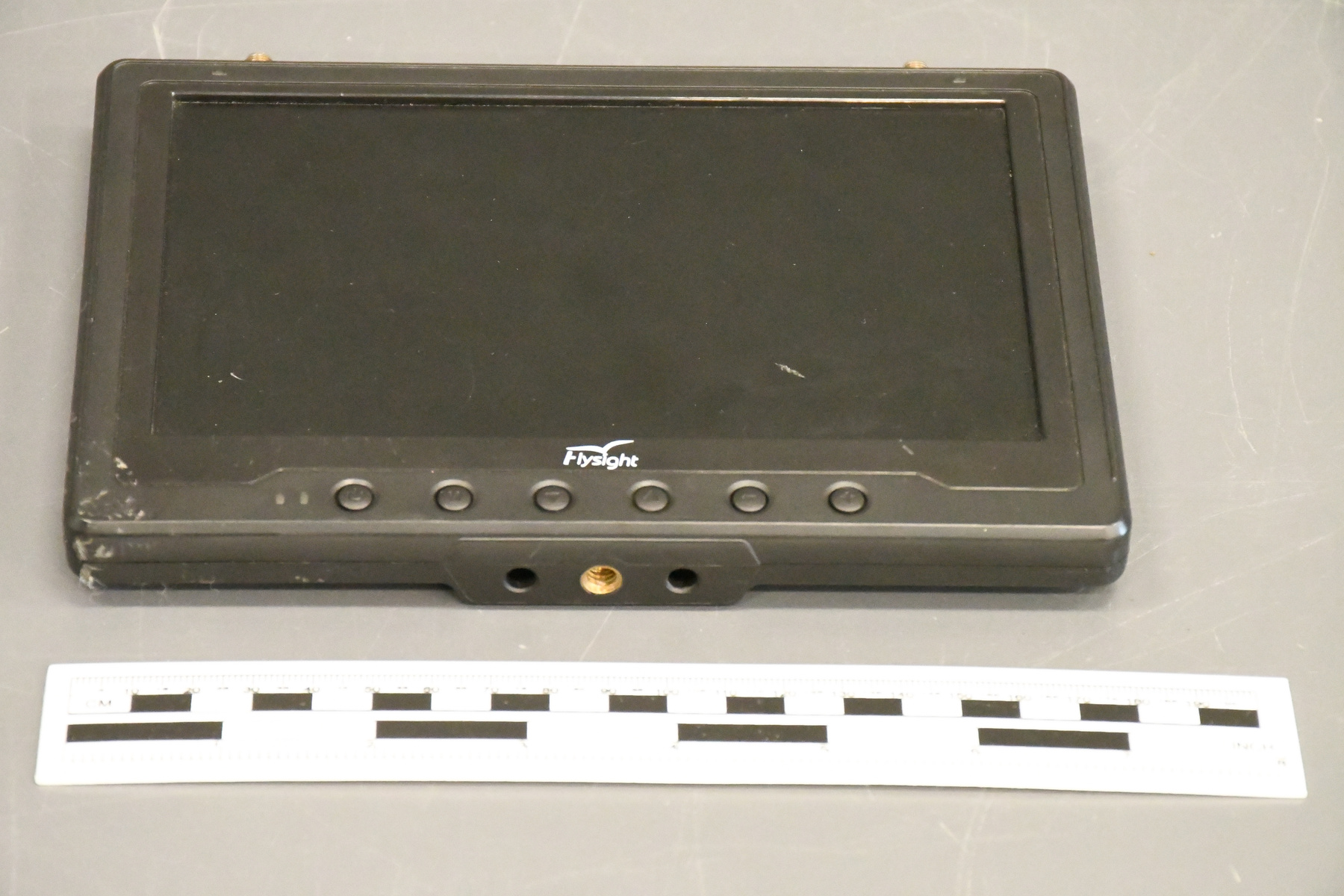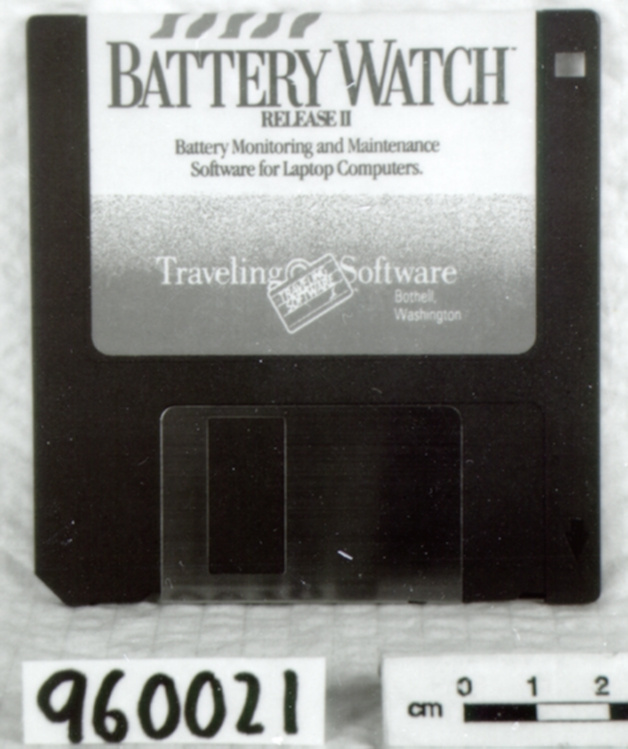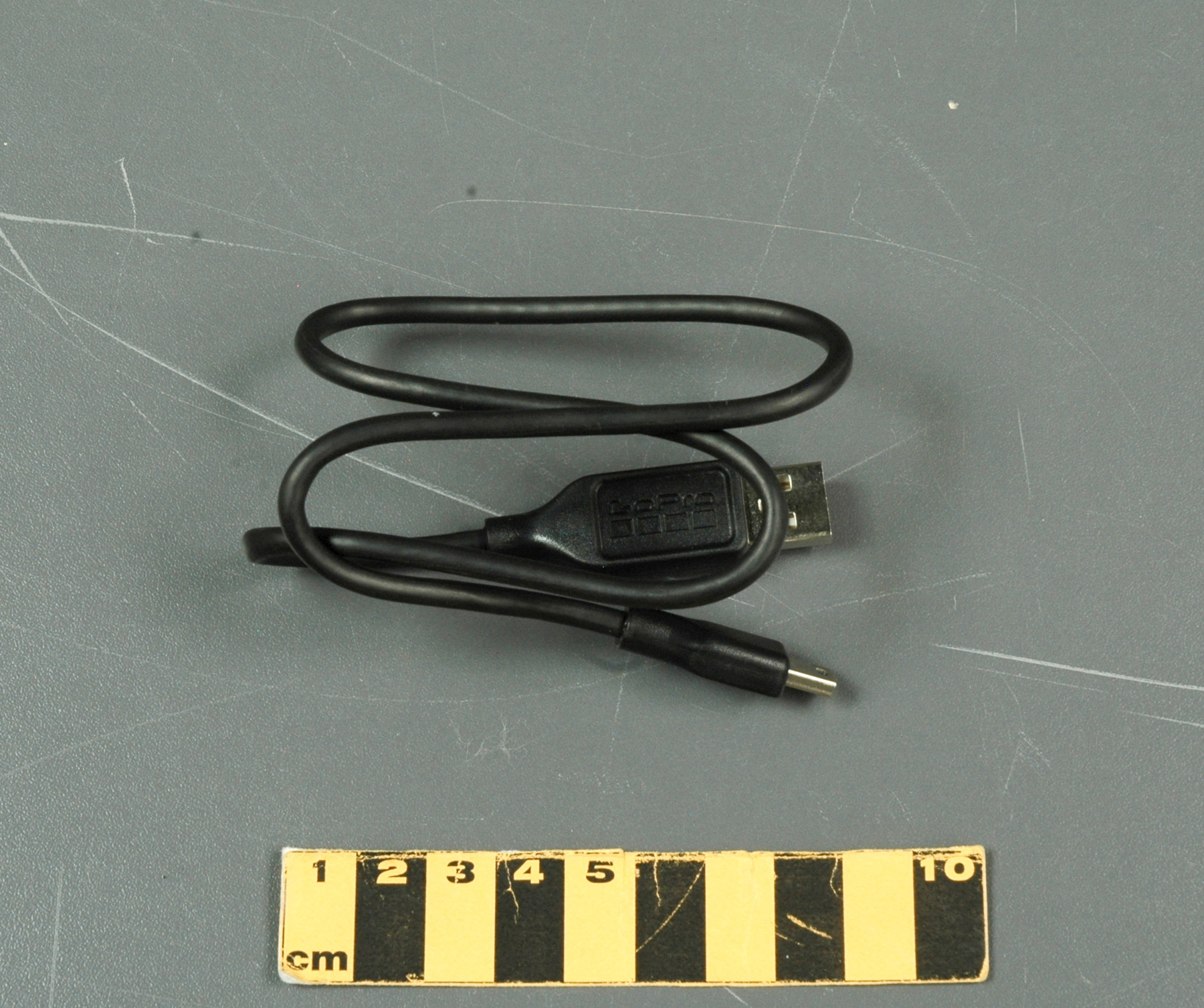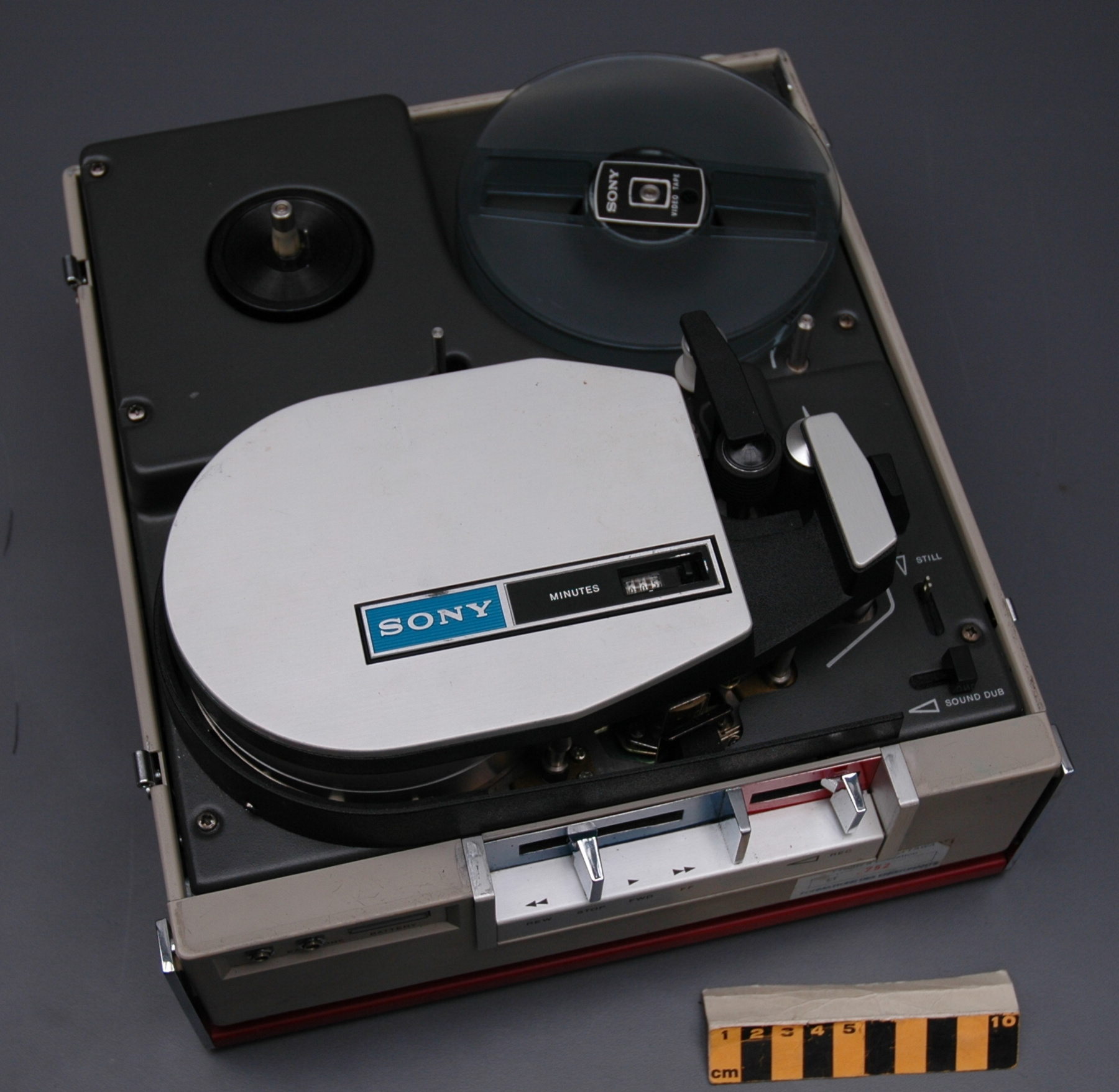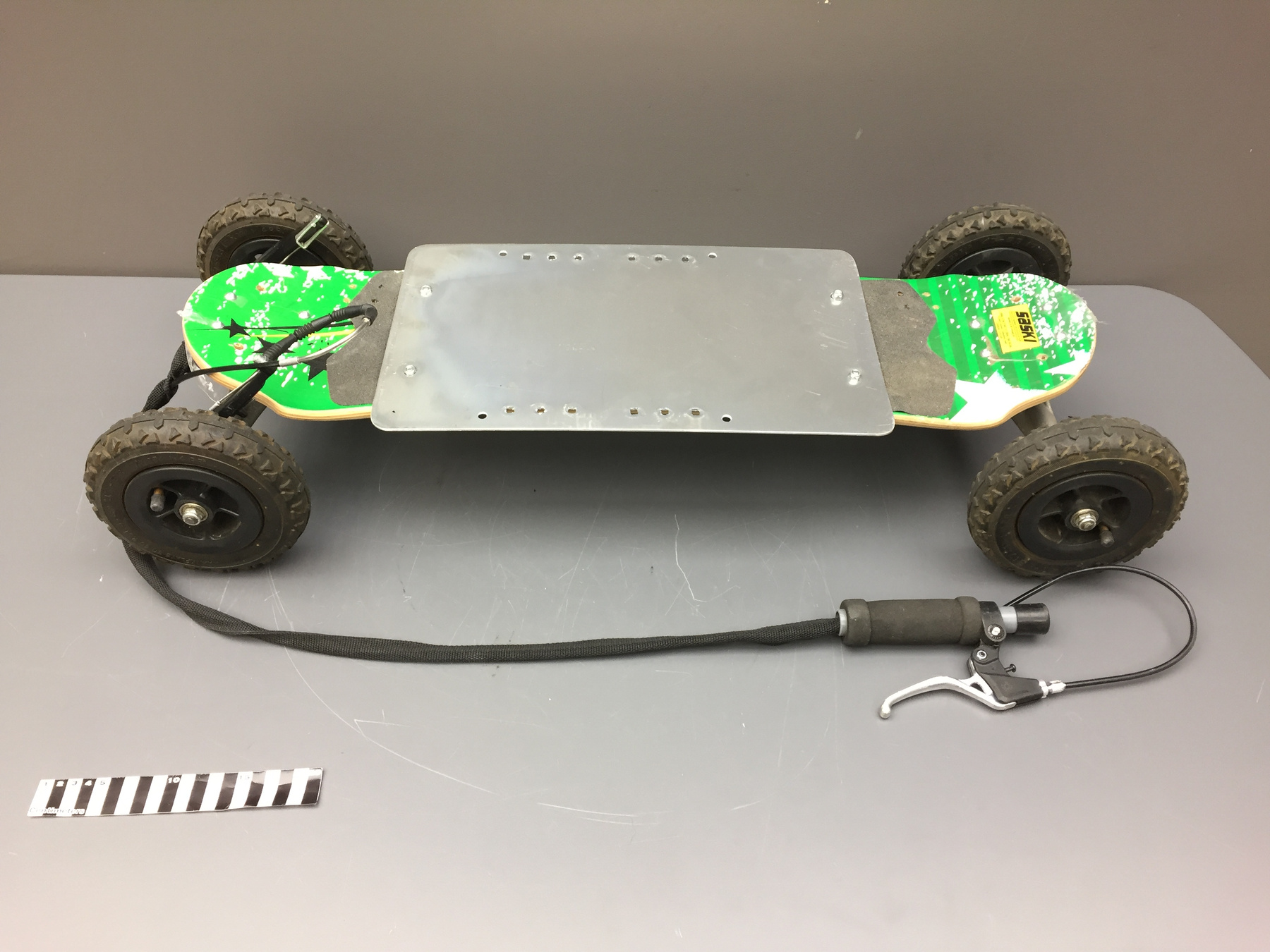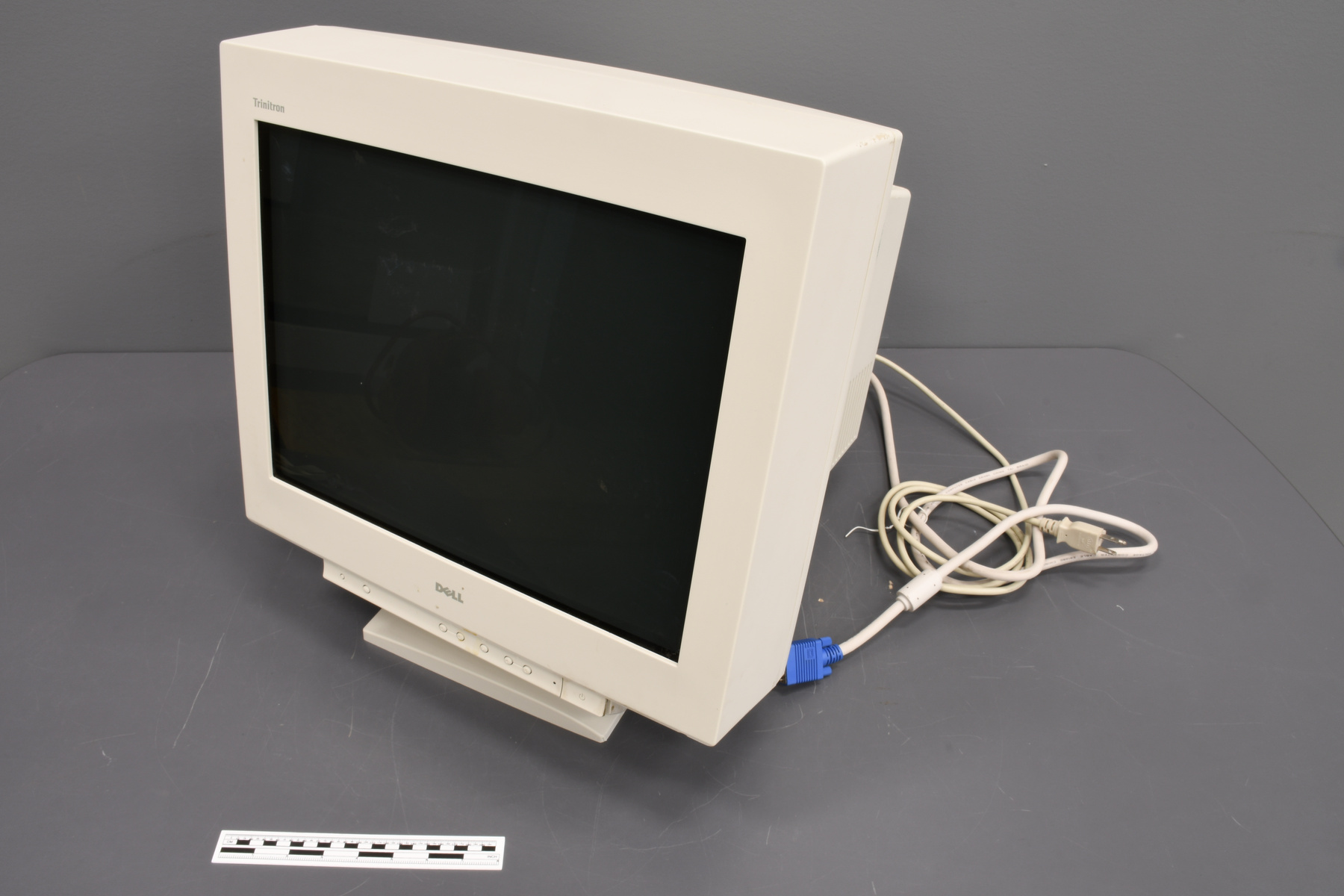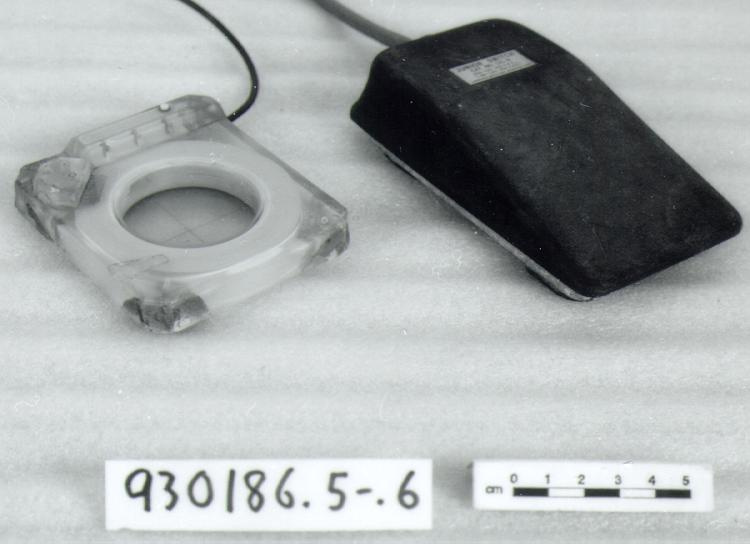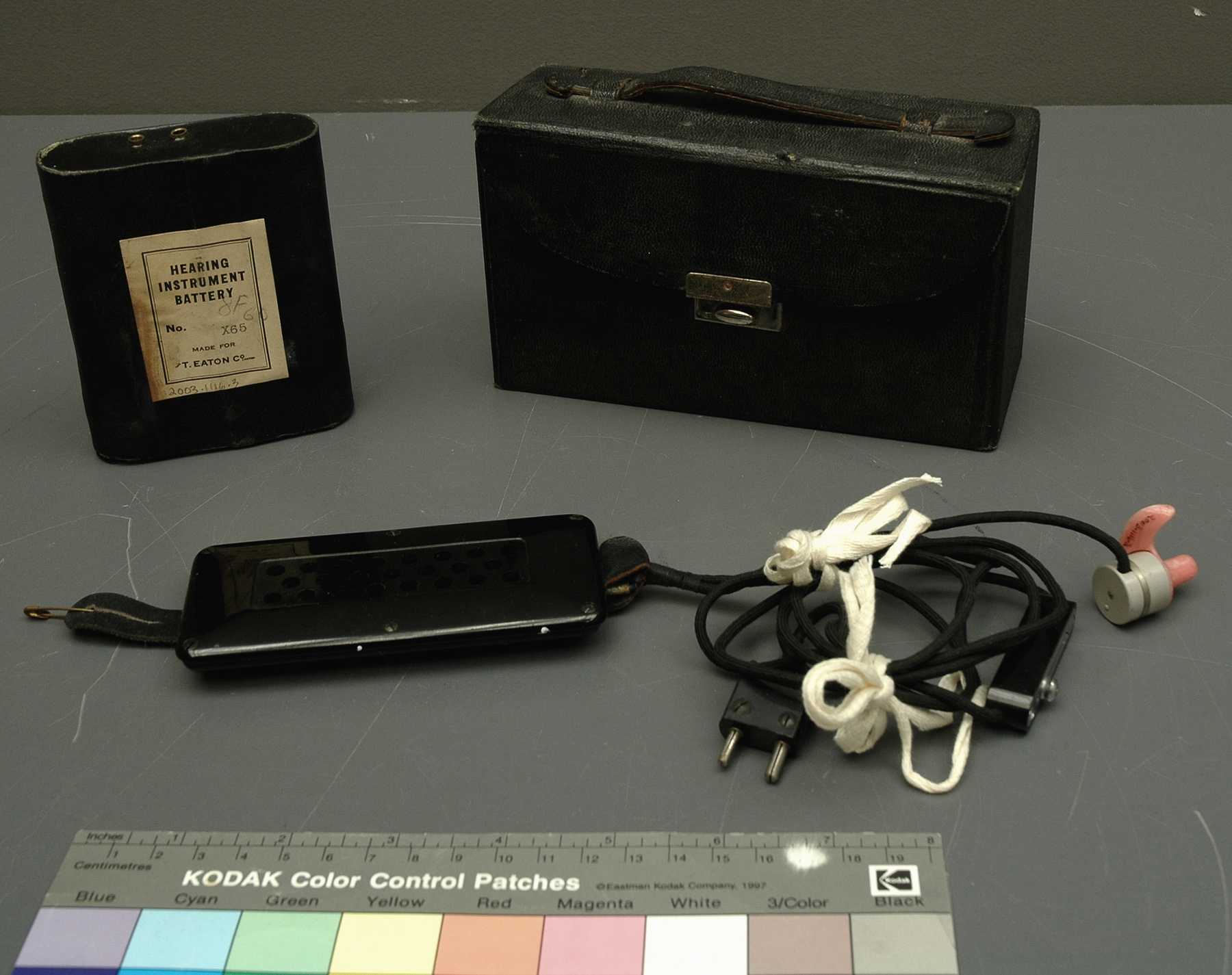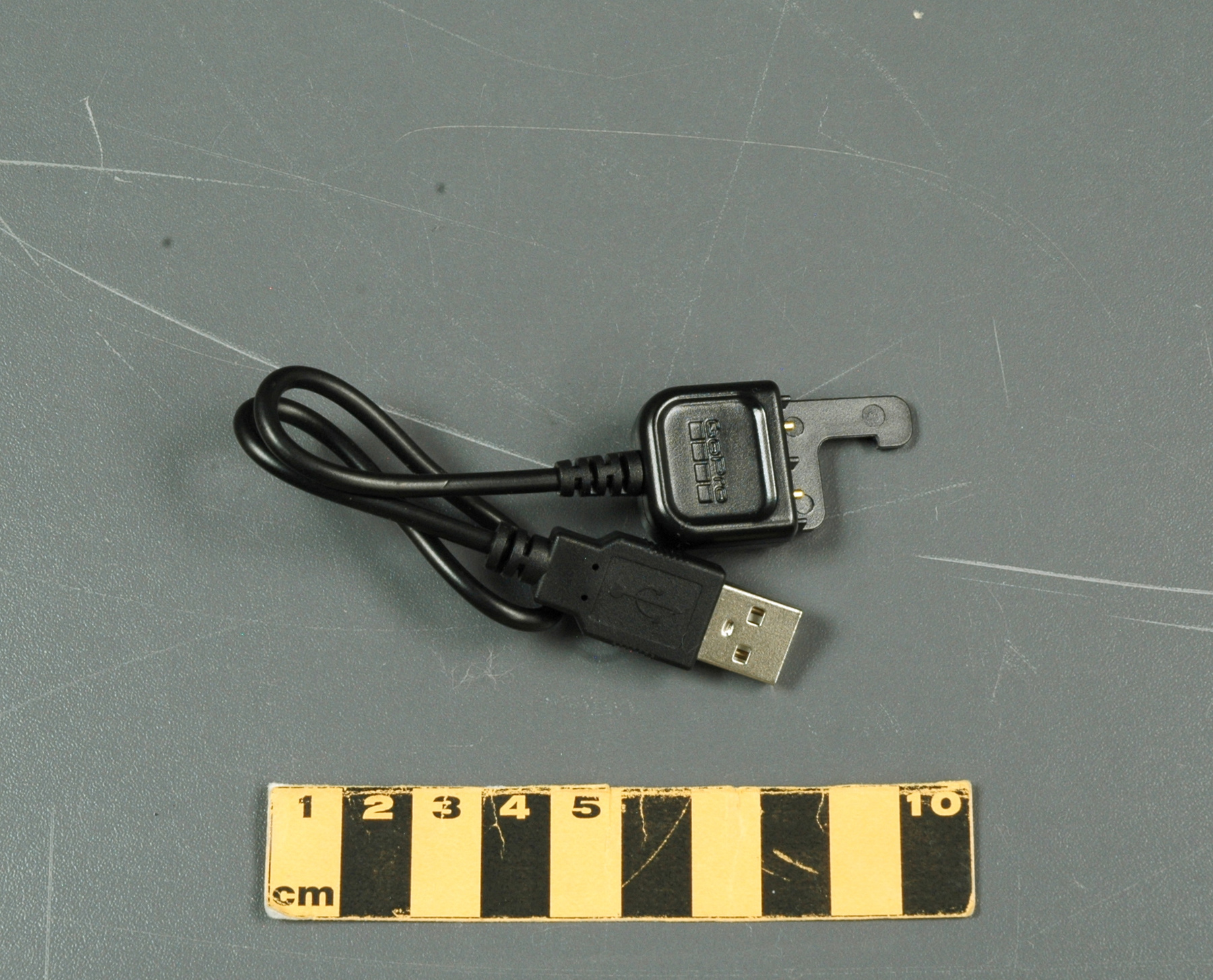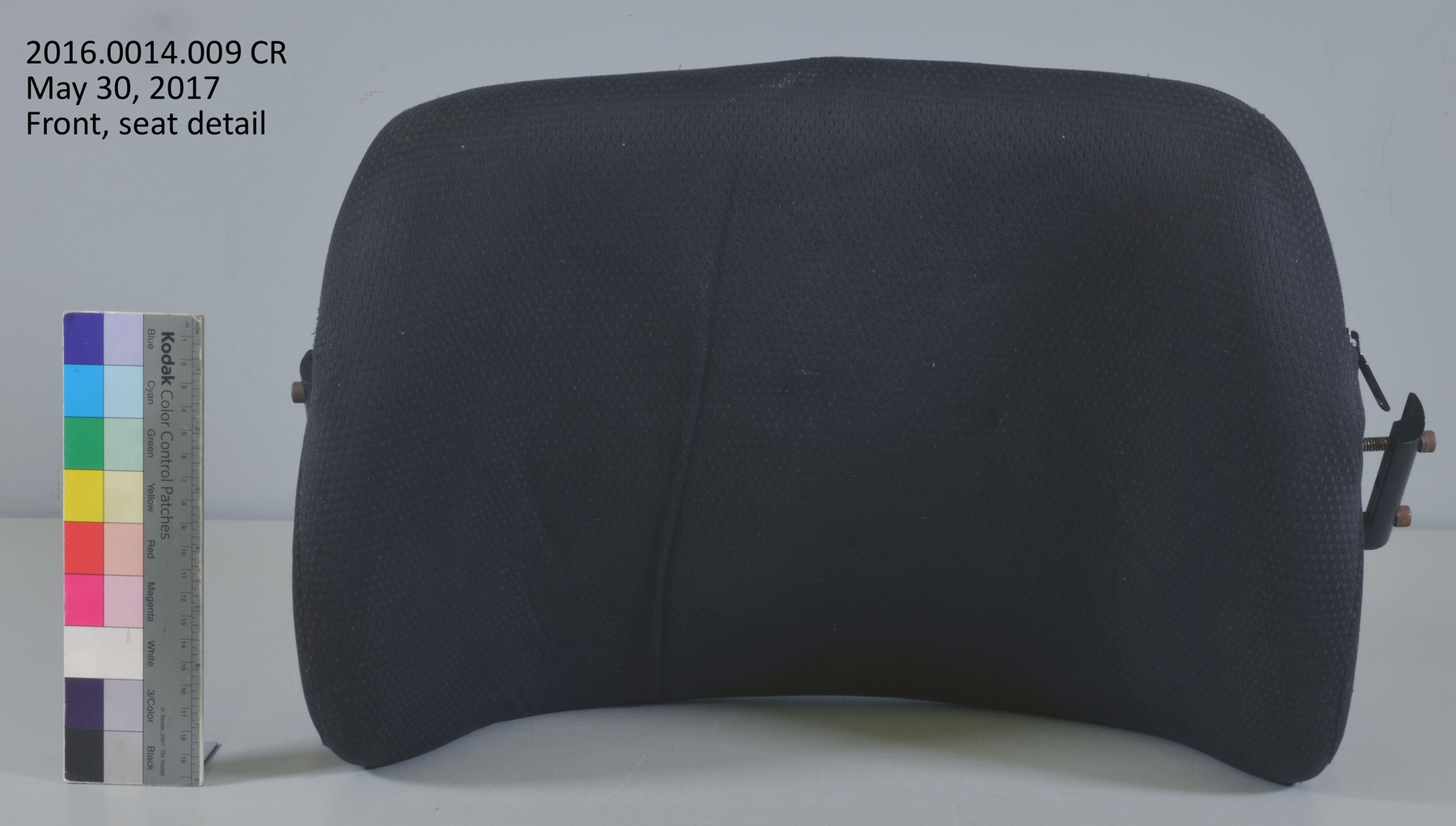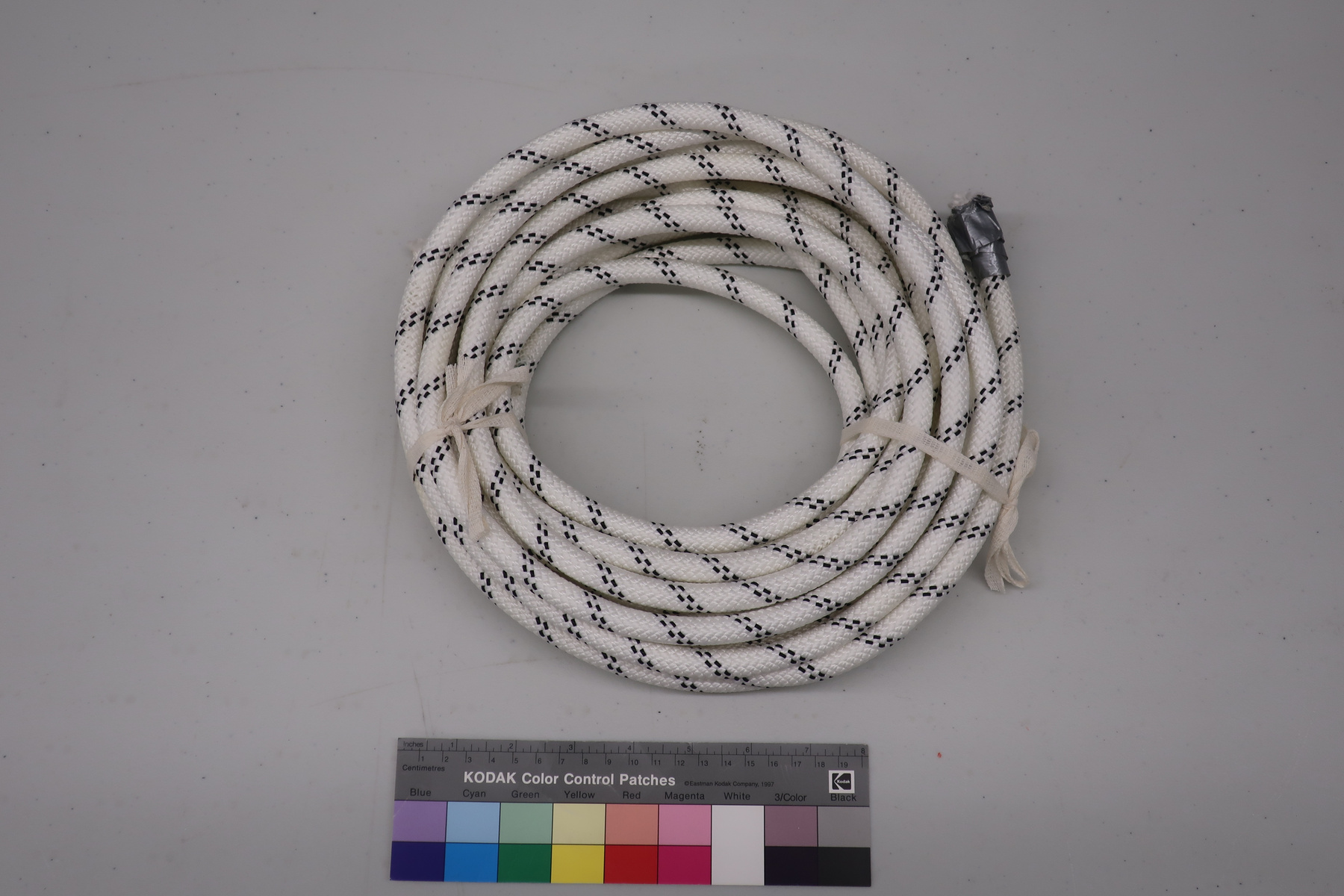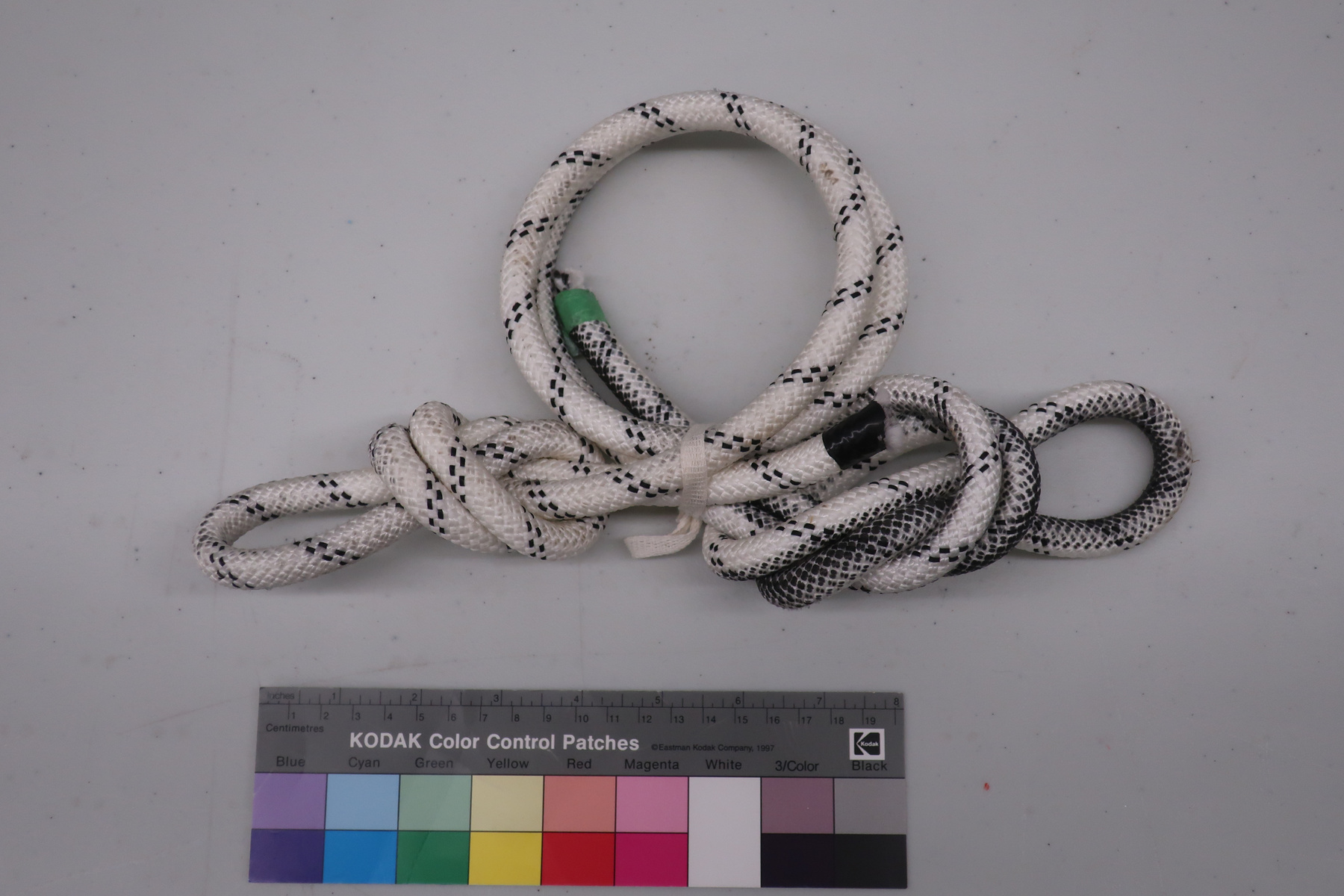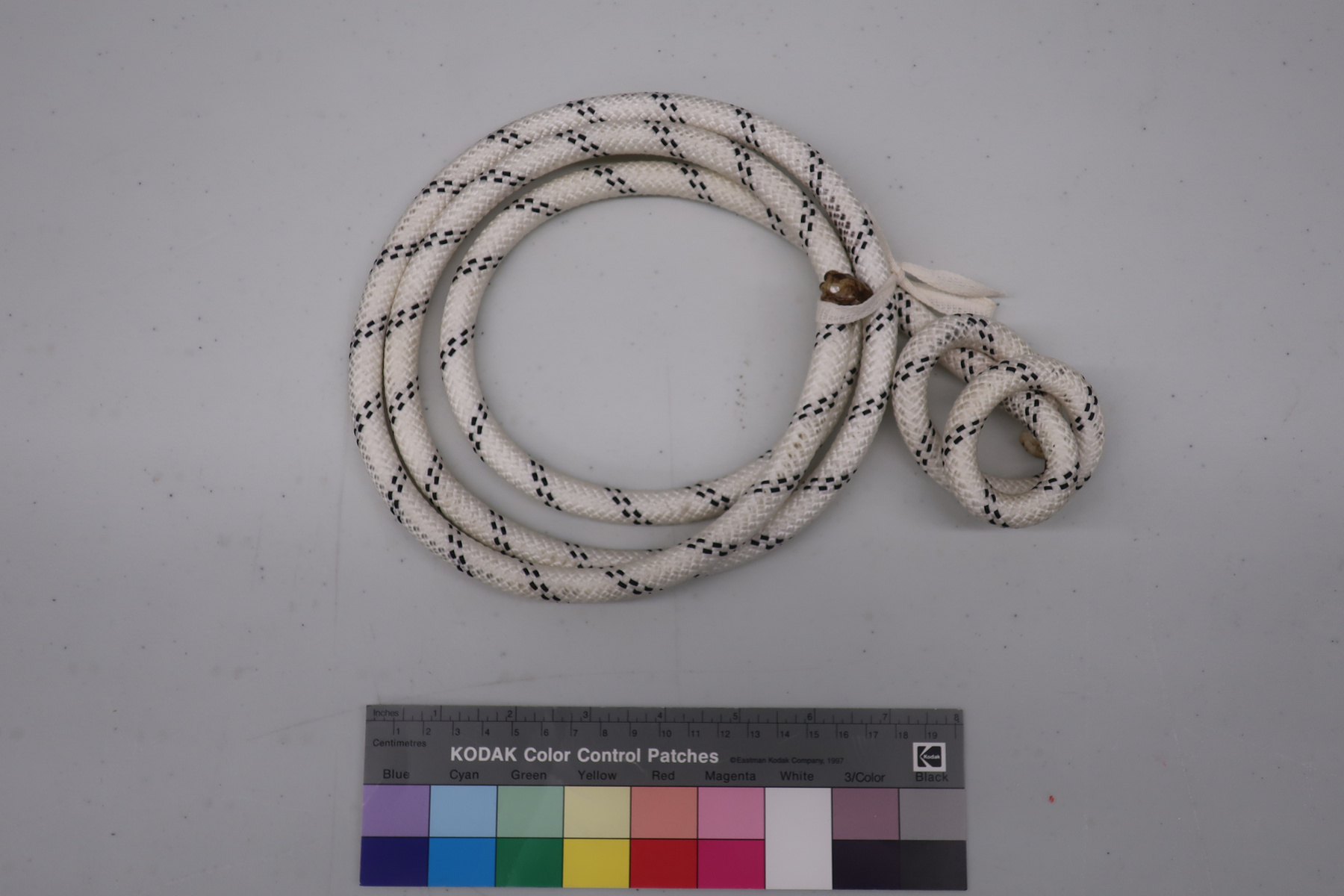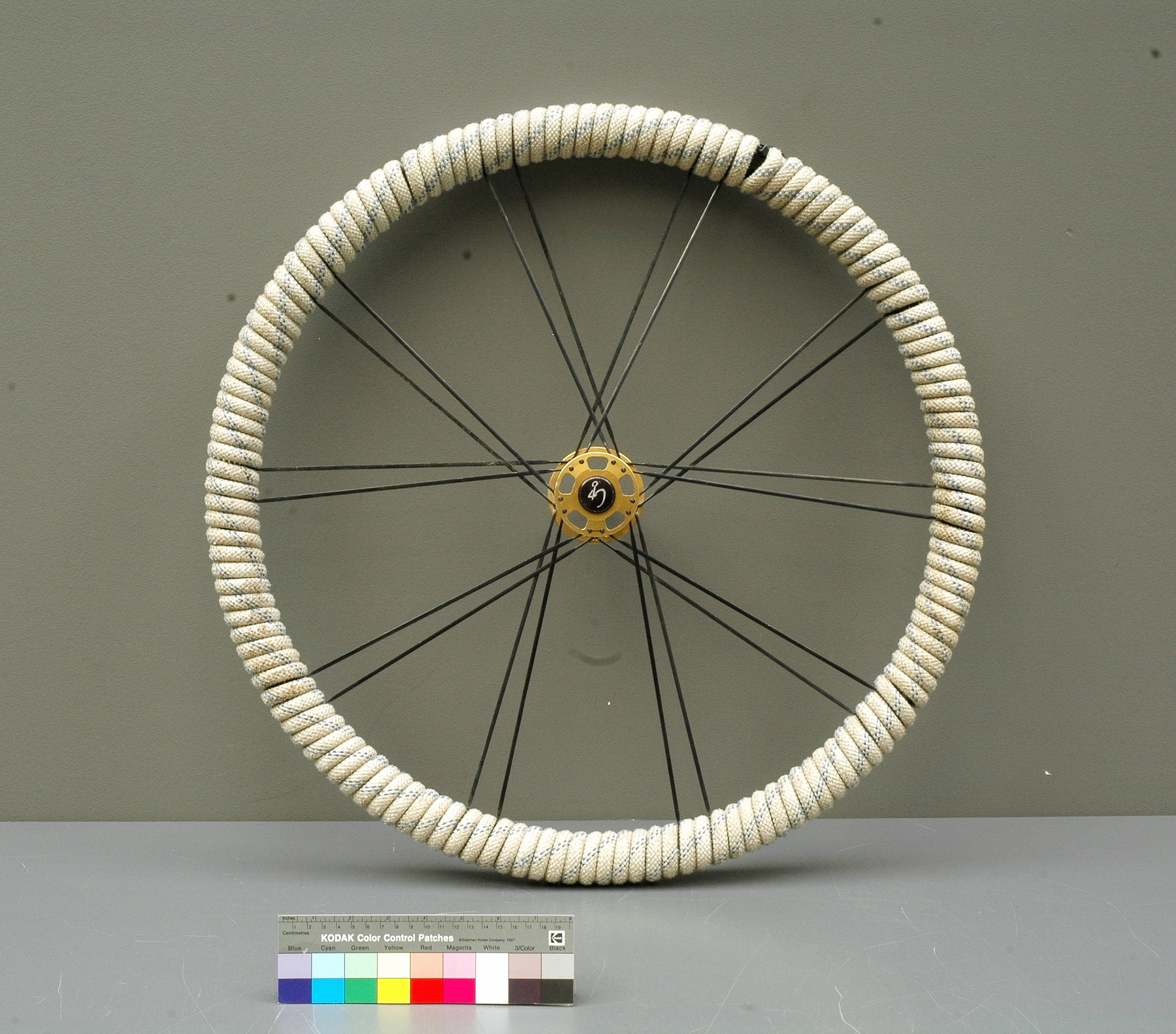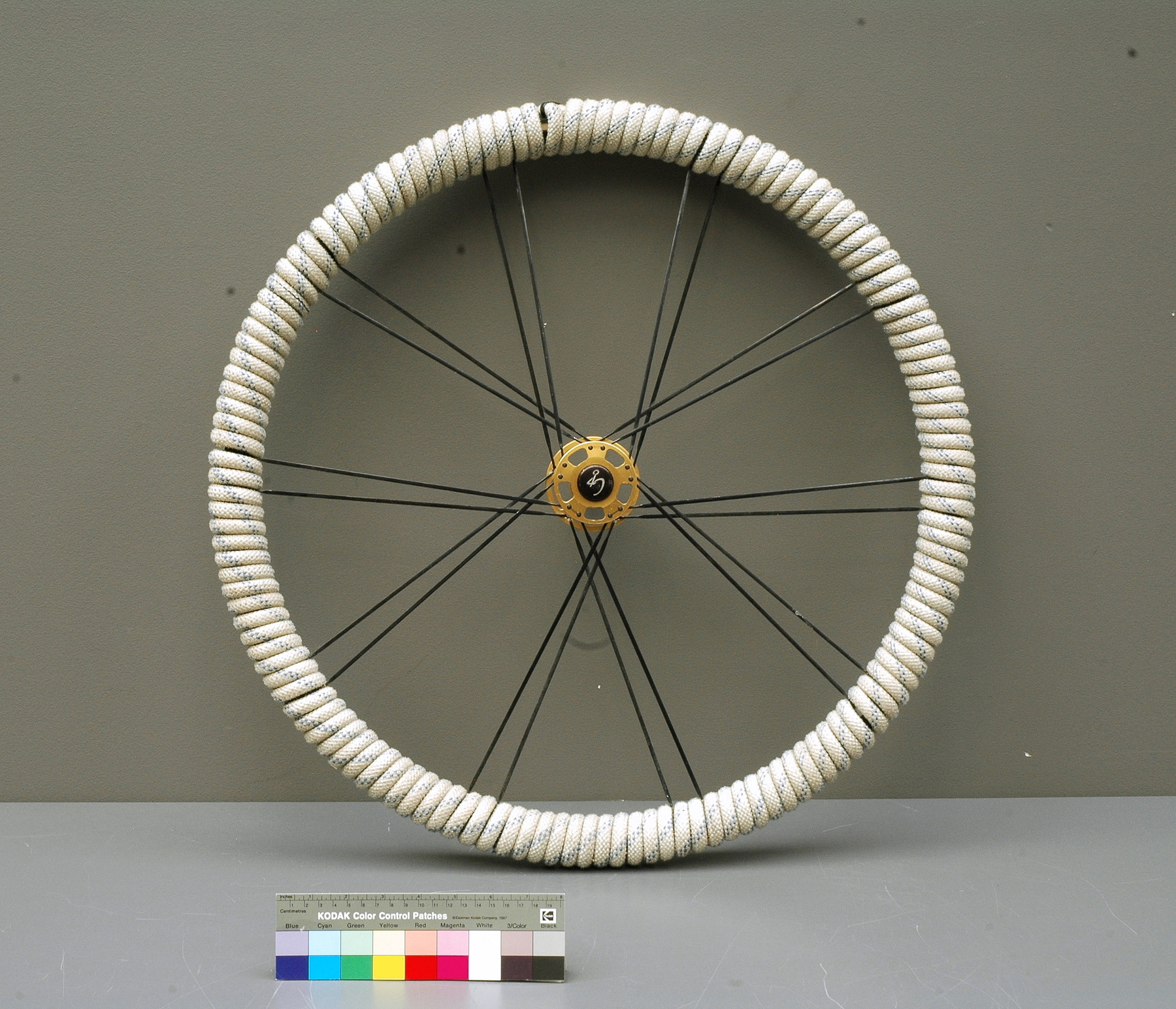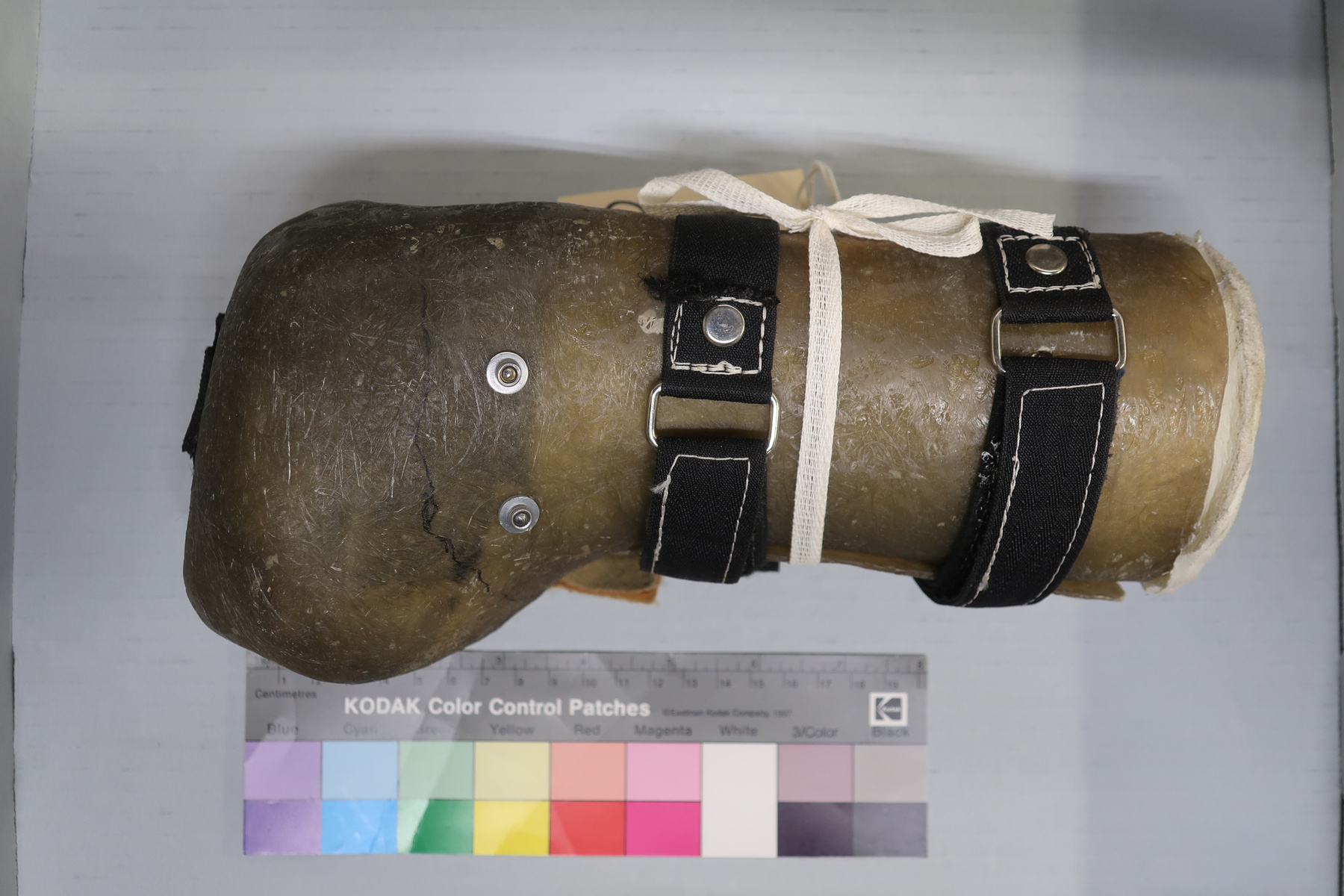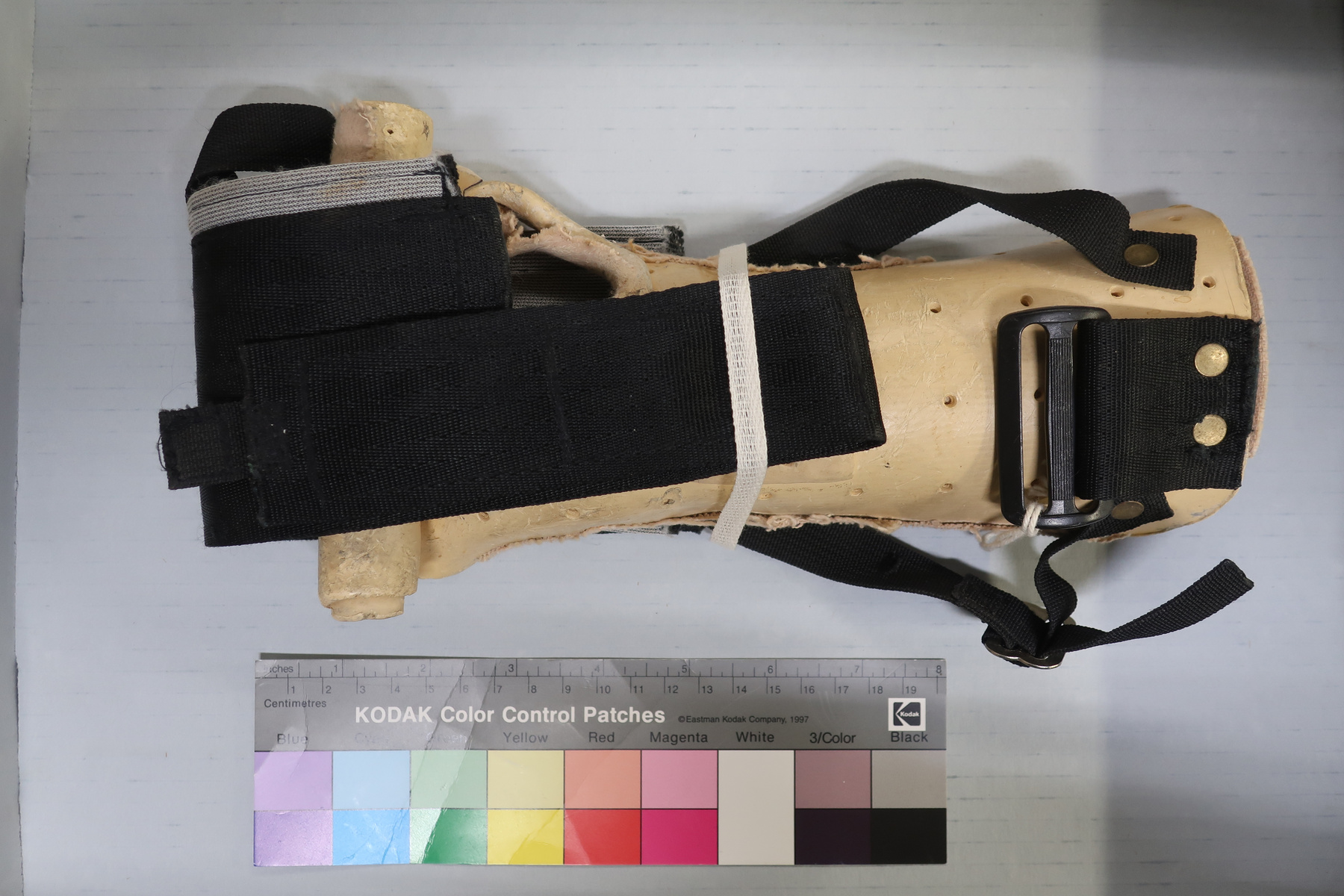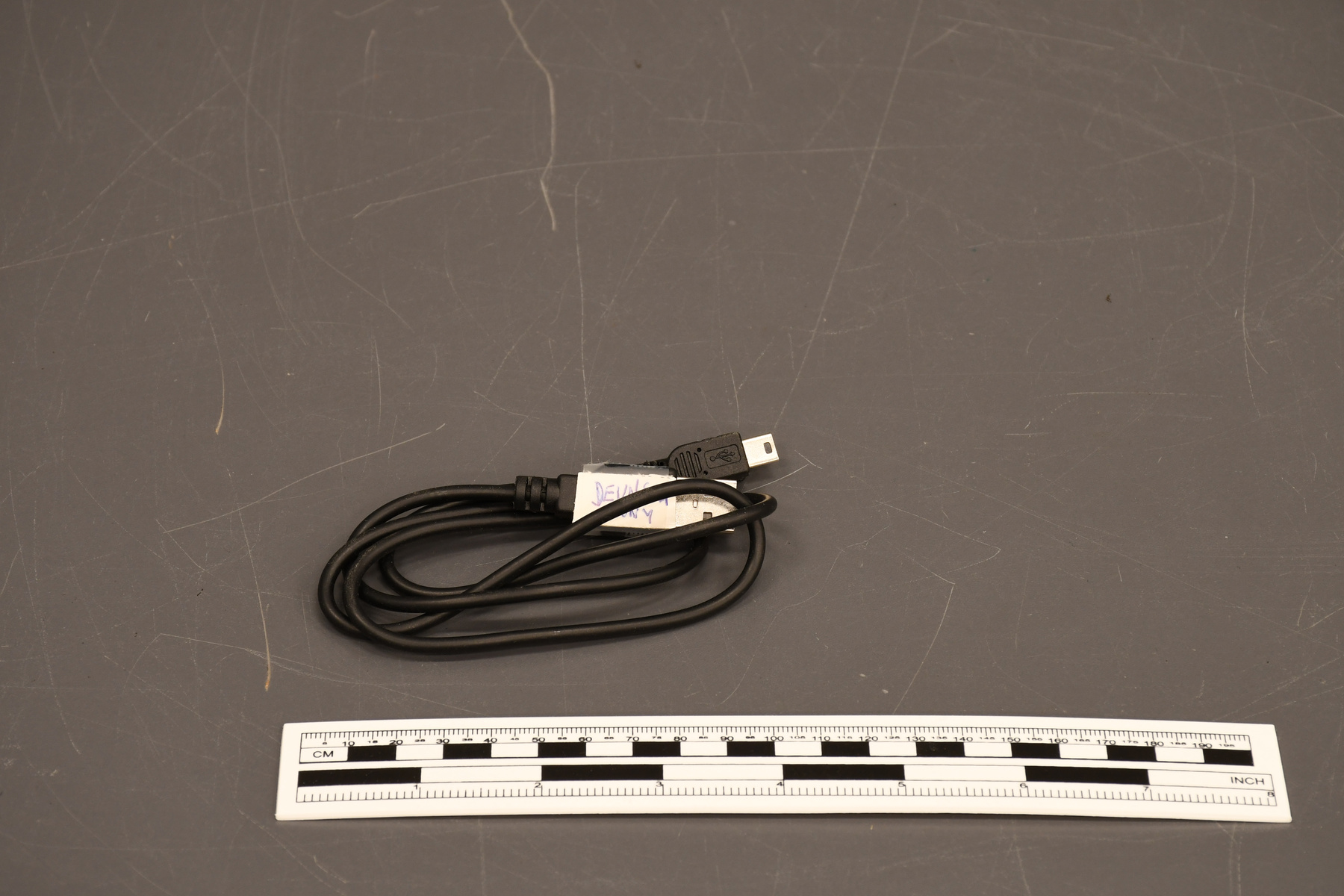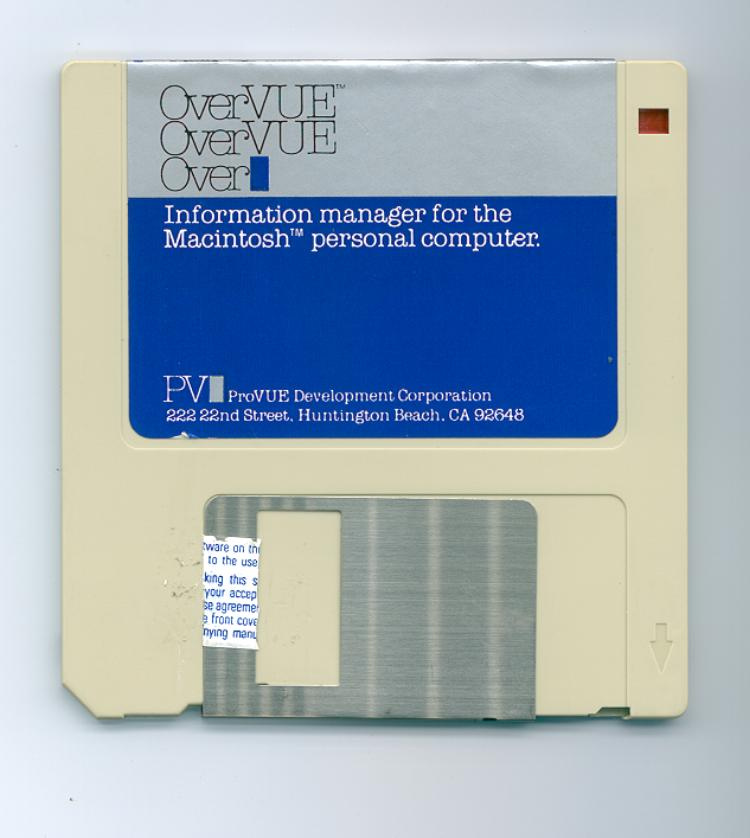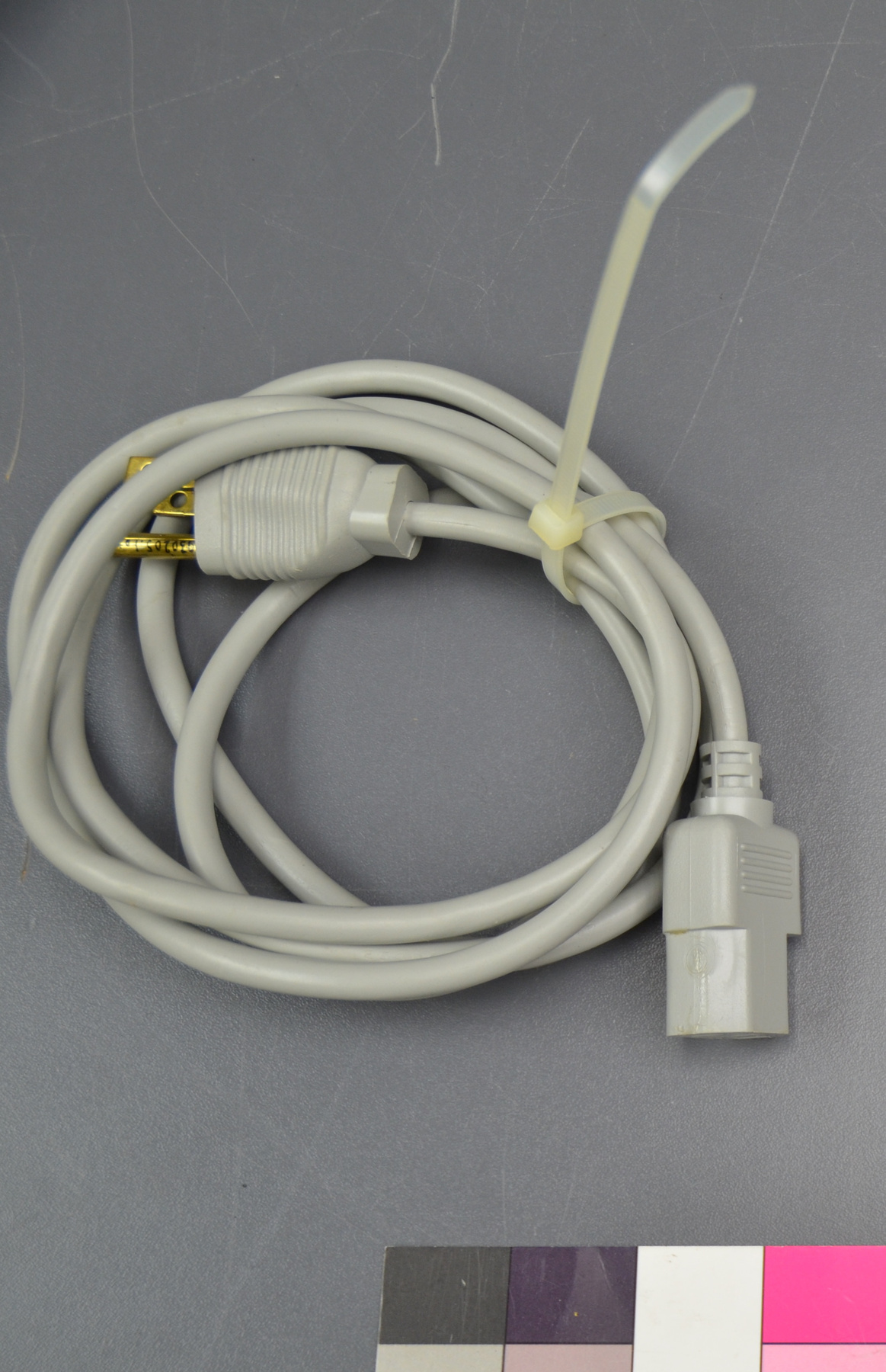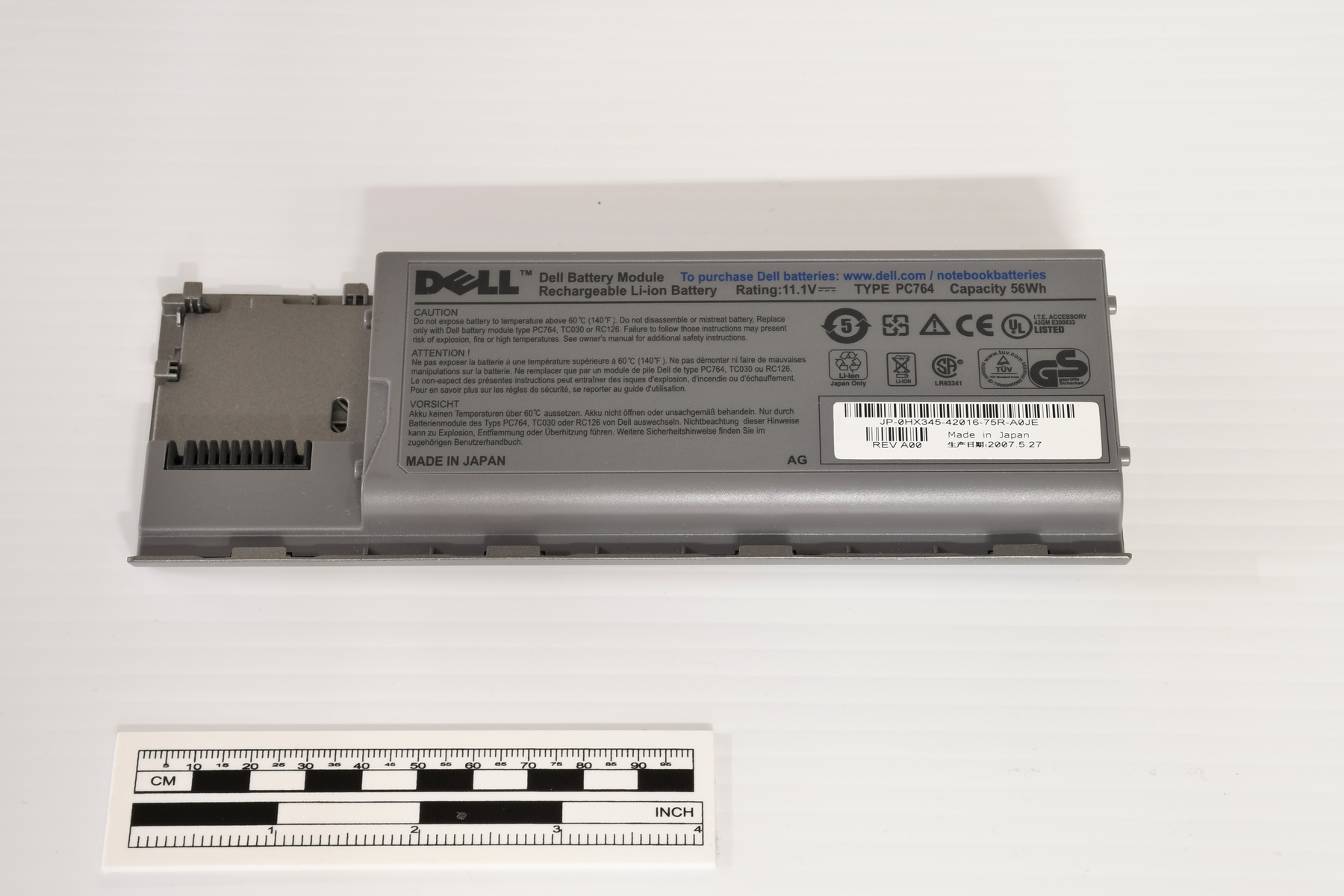Battery
Use this image
Can I reuse this image without permission? Yes
Object images on the Ingenium Collection’s portal have the following Creative Commons license:
Copyright Ingenium / CC BY-NC-ND (Attribution-NonCommercial 4.0 International (CC BY-NC 4.0)
ATTRIBUTE THIS IMAGE
Ingenium,
2015.0315.002
Permalink:
Ingenium is releasing this image under the Creative Commons licensing framework, and encourages downloading and reuse for non-commercial purposes. Please acknowledge Ingenium and cite the artifact number.
DOWNLOAD IMAGEPURCHASE THIS IMAGE
This image is free for non-commercial use.
For commercial use, please consult our Reproduction Fees and contact us to purchase the image.
- OBJECT TYPE
- 11.1V/lithium-ion/rechargeable
- DATE
- Unknown
- ARTIFACT NUMBER
- 2015.0315.002
- MANUFACTURER
- Unknown
- MODEL
- PC764
- LOCATION
- Unknown
More Information
General Information
- Serial #
- JP-0HX345-42016
- Part Number
- 2
- Total Parts
- 5
- AKA
- N/A
- Patents
- N/A
- General Description
- Synthetic and metal battery. Batterie en synthetique et métal.
Dimensions
Note: These reflect the general size for storage and are not necessarily representative of the object's true dimensions.
- Length
- 18.5 cm
- Width
- 6.5 cm
- Height
- 2.0 cm
- Thickness
- N/A
- Weight
- N/A
- Diameter
- N/A
- Volume
- N/A
Lexicon
- Group
- Medical Technology
- Category
- Assistive technologies
- Sub-Category
- N/A
Manufacturer
- AKA
- Unknown
- Country
- Unknown
- State/Province
- Unknown
- City
- Unknown
Context
- Country
- Canada
- State/Province
- Ontario
- Period
- ca. 2007-2015
- Canada
-
The Historical Assessment on medicine entitled, “Technological Innovations in Canadian Medicine 1950 – 1980” defines disabilities as “affecting mobility, sensory systems, or the intellect.” The HA notes that Canada was one of the first nations to entrench equal rights for people with disabilities, in the Charter of Rights and Freedoms (as part of the Constitution Act of 1982) and briefly traces Canadian efforts in improving the lives of people with disabilities. This document also references the National Research Council’s involvement in supporting these types of efforts. In the 1950s and 1960s, the NRC funded a number of biomedical engineering projects to improve technology for people with disabilities. Later, in 1985, the NRC created a company that researched and marketed assistive devices, particularly computing and communication aids. The Nouse technology was originally developed at the National Research Council of Canada by Dr. Dmitry Gorodnichy. His group was involved in vision-based robotic arm tracking for the Canadarm and they developed a Video Recognition System that became the first in Canada, and one of the first in the world, with the focus on developing technologies for real-time automated understanding of video data. In 2007 Dr. Gorodnichy founded a company called IVIM Inc. and licensed the Nouse technology from NRC. The main focus of company's work is to support and further develop the Nouse. The Bruyere Research Institute, a partnership of Bruyere Continuing Care and the University of Ottawa, has been a key partner in assisting with the development of Nouse. Nouse technology has also been approved by the Ontario Ministry of Health and Long-Care Assistive Devices Program. - Function
-
To provide power for another object for an extended period. Specifically, this battery used to provide power for a laptop computer. Fournir de l'énergie vers un autre objet pour une longe durée de temps. Plus spécifiquement, cette batterie était utilisée pour fournir de l'énergie pour un ordinateur portable. - Technical
-
The concept of “assistive technology” was originally associated with mobility aids but has expanded to include devices and protocols to promote improved perception, mobility, and communication. Nouse, which stands for Nose as Mouse, is the name of the perceptual vision technology which enables vision-based hands-free interaction with a computer. The system takes a video sequence as an input, and splits it into the channels corresponding to the motion, colour and intensity components of video. The system begins by performing face segmentation and detection tasks which enables the software to estimate where the face is in the video. Once a face has been detected, the user is required to manually choose the features he/she wants to be tracked. This is called ‘stereo-tracking’ and the software makes use of the convex-shape of the nose in order to allow 3D face-tracking with the aid of ordinary web-cameras. In an article about the development and implementation of Nouse, authors Gorodnichy and Roth argue that it is this ‘stereo-tracking’, and its applications, that enables Nouse to be so user friendly. The video is processed at the 160 x 120 resolution. This resolution allows one to perform video processing in real-time and is quite sufficient for many face processing tasks. The Nouse Cursor is similar to the standard mouse arrow and allows the user access to any area of the screen. The cursor can be customized in size, color, speed and countdown time. The cursor can even show the user’s face and use sound to enable/disable. Nouse has over 40 settings that can be easily modified to accommodate a user’s preference. Users can change settings related to head range of motion, visual ability, communication skills, method of interaction with the computer and cognitive skill. - Area Notes
-
Unknown
Details
- Markings
- Printed on the proper back: "[logo] DELL/ Dell Battery Module To purchase Dell batteries: www.dell.com/notebookbatteries/ Rechargeable Li-ion Battery Rating: 11.1V TYPE PC764 Capacity 56Wh/ CAUTION/ Do not expose battery to temperature above 60 [degrees] C (140 [degrees] F). Do not disassemble or mistreat battery. Replace/ only with Dell battery module type PC764, TC030 or RC126. Failure to follow those instructions may present/ risk of explosion, fire or high temperatures. See owner's manual for additional safety instructions./ ATTENTION !/ Ne pas exposer la batterie à une température supérieure à 60 [degrees] C (140 [degrees] F). Ne pas démonter ni faire de mauvaises/ manipulations sur la batterie. Ne remplacer que par un module de pile Dell de type PC764, TC030 ou RC126./ Le non-espect des présentes instructions peut entraîner des isques d'explosion, d'incendie ou déchauffement./ Pour en savoir plus sur les régles de sécurité, se reporter au guide d'utilisation./ [above repeated in German]/ MADE IN JAPAN/ AG"
- Missing
- Appears complete
- Finish
- Dark grey synthetic casing with black and blue printed text and a white label. Extérieur gris foncé avec texte imprimer en noir et bleu et une étiquette blanche sur le dessus.
- Decoration
- N/A
CITE THIS OBJECT
If you choose to share our information about this collection object, please cite:
Unknown Manufacturer, Battery, Unknown Date, Artifact no. 2015.0315, Ingenium – Canada’s Museums of Science and Innovation, http://collections.ingeniumcanada.org/en/id/2015.0315.002/
FEEDBACK
Submit a question or comment about this artifact.
More Like This
